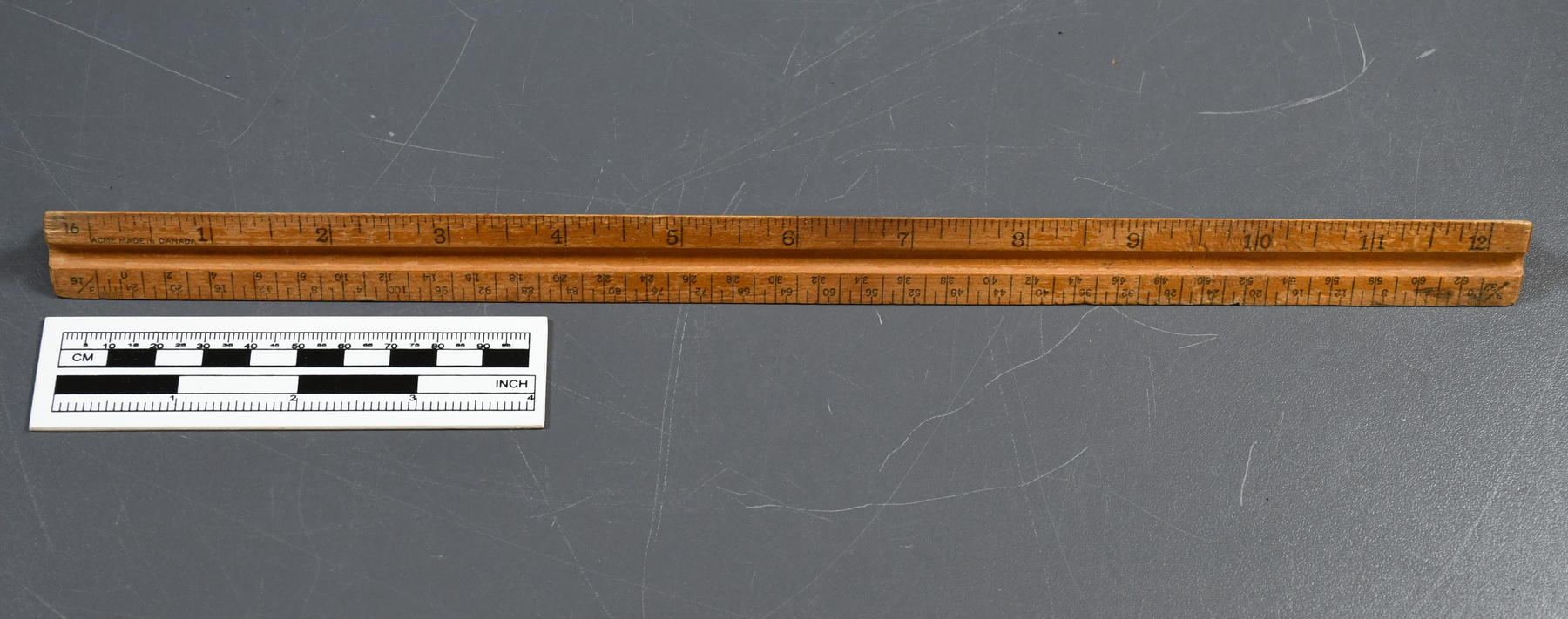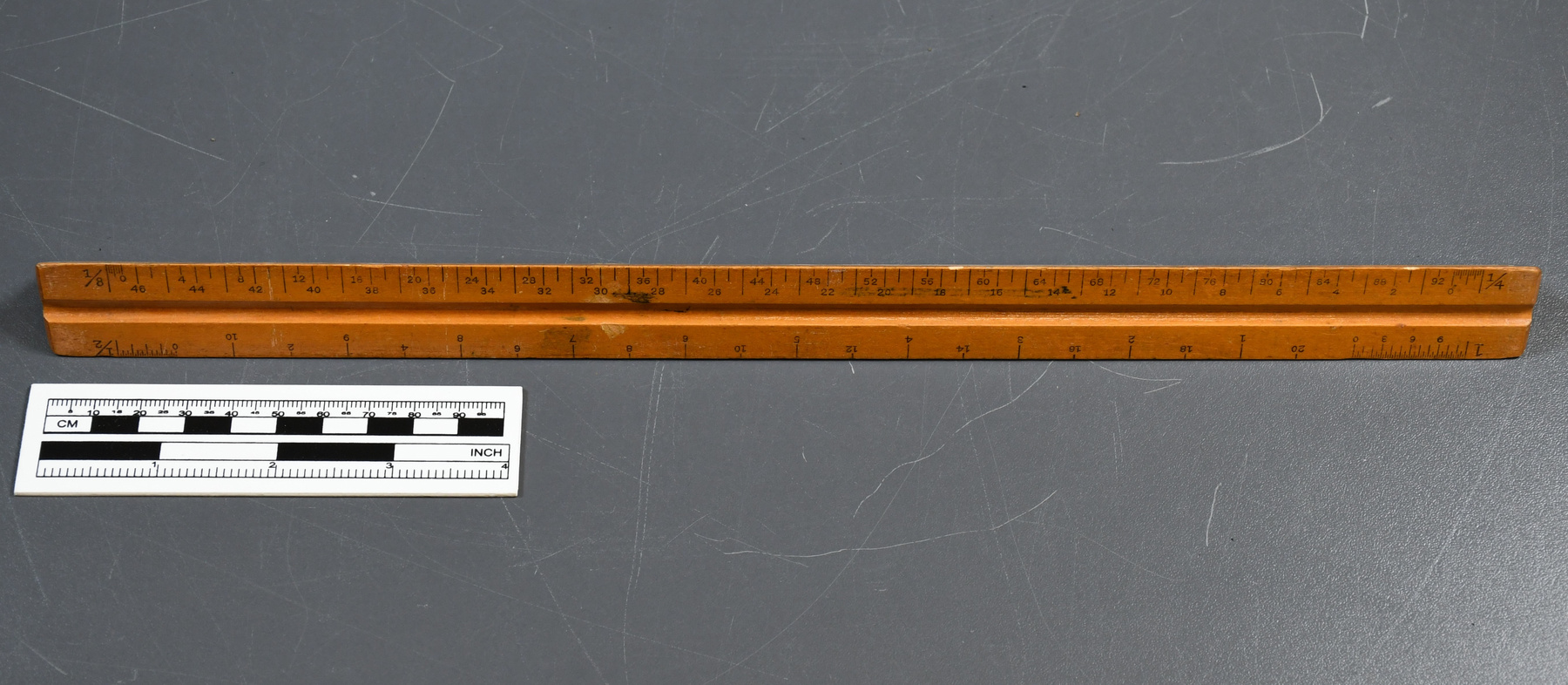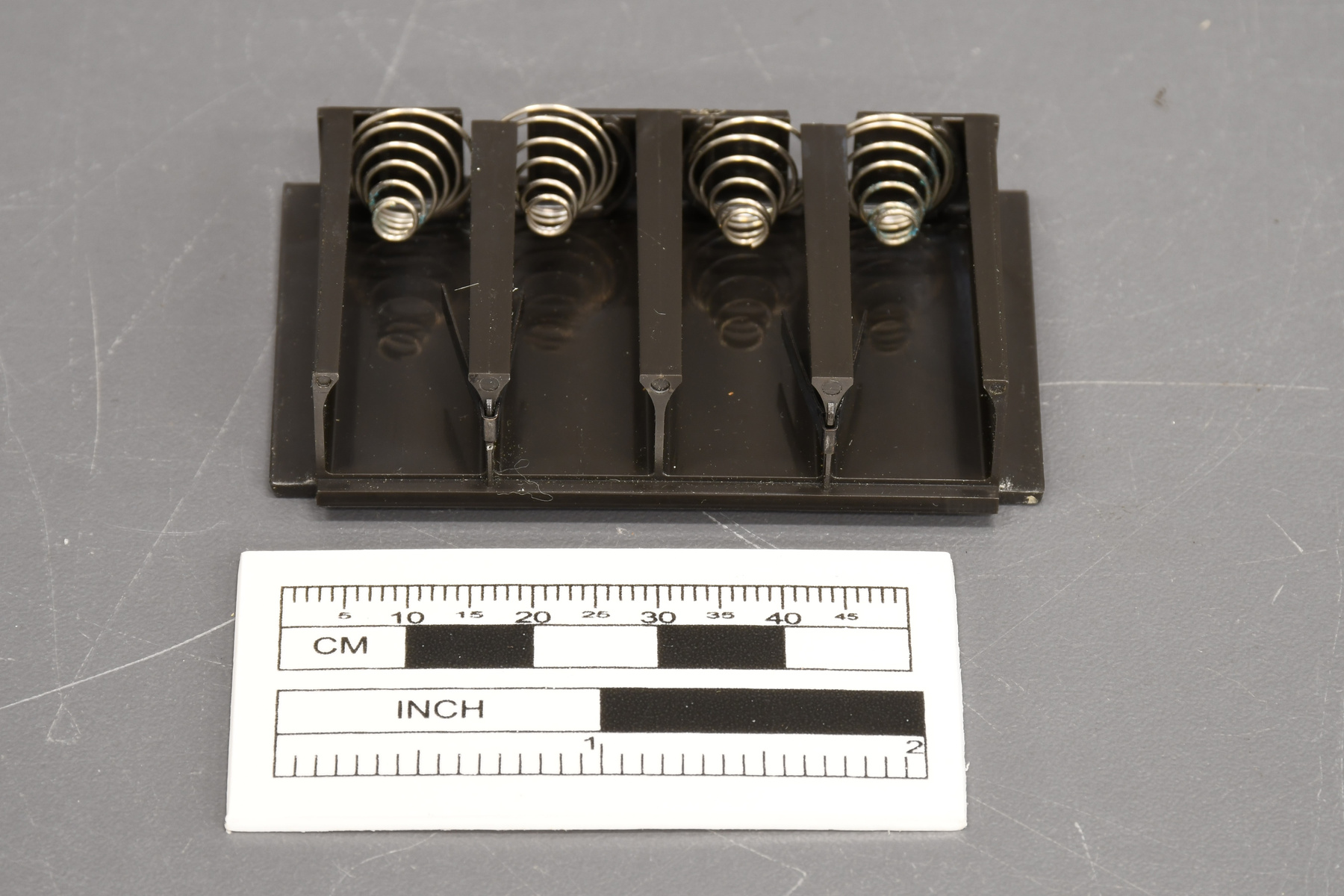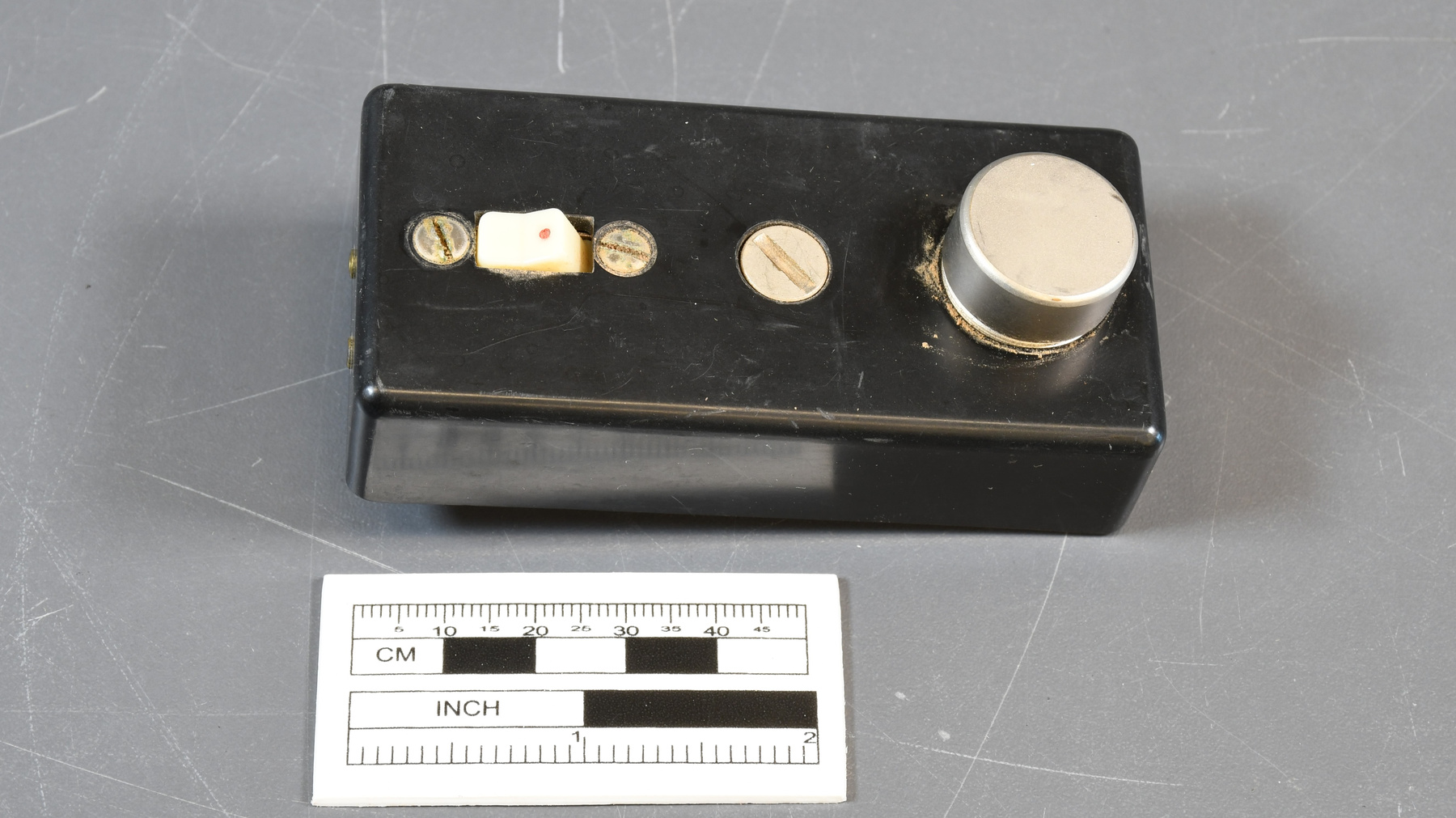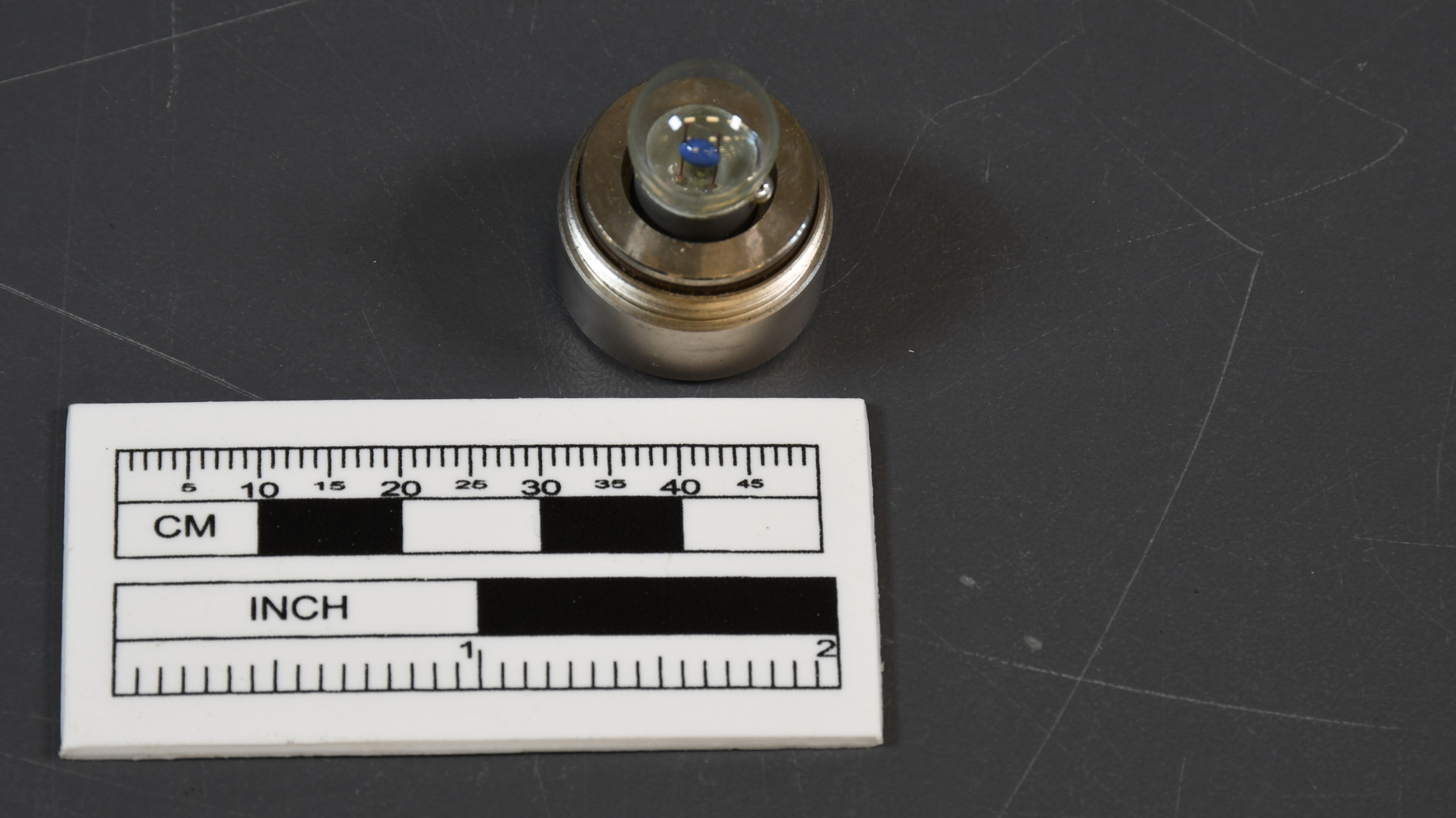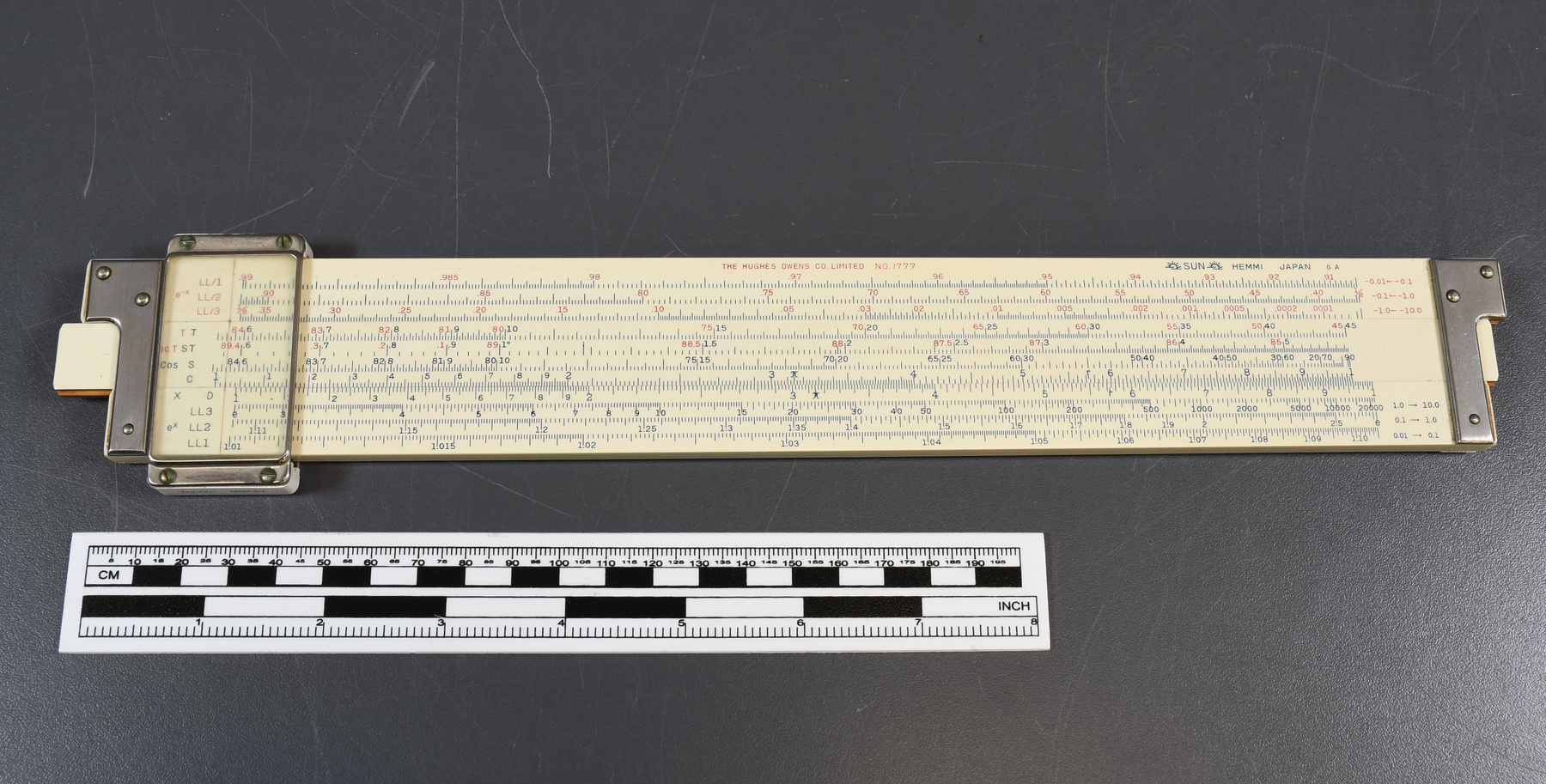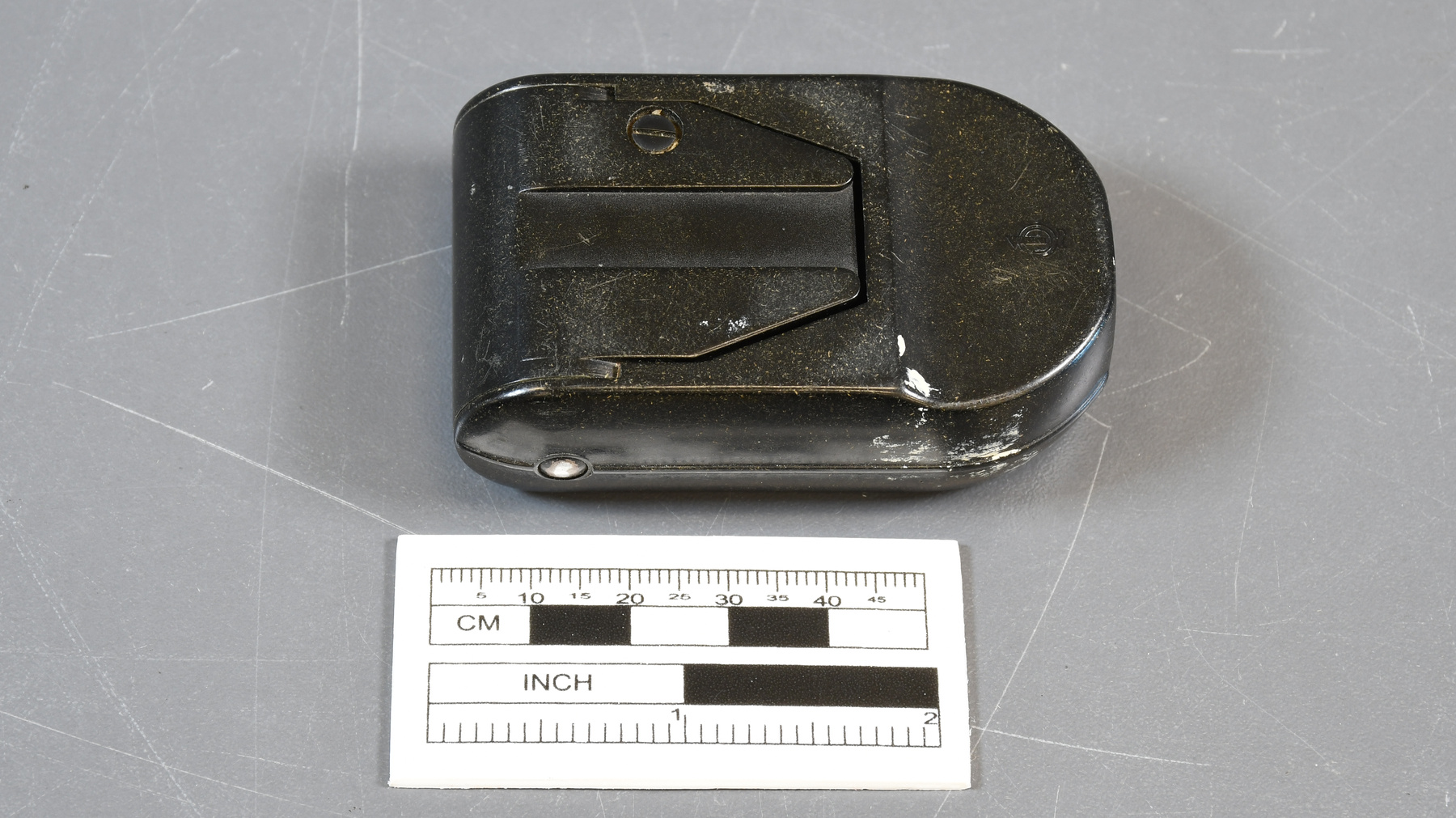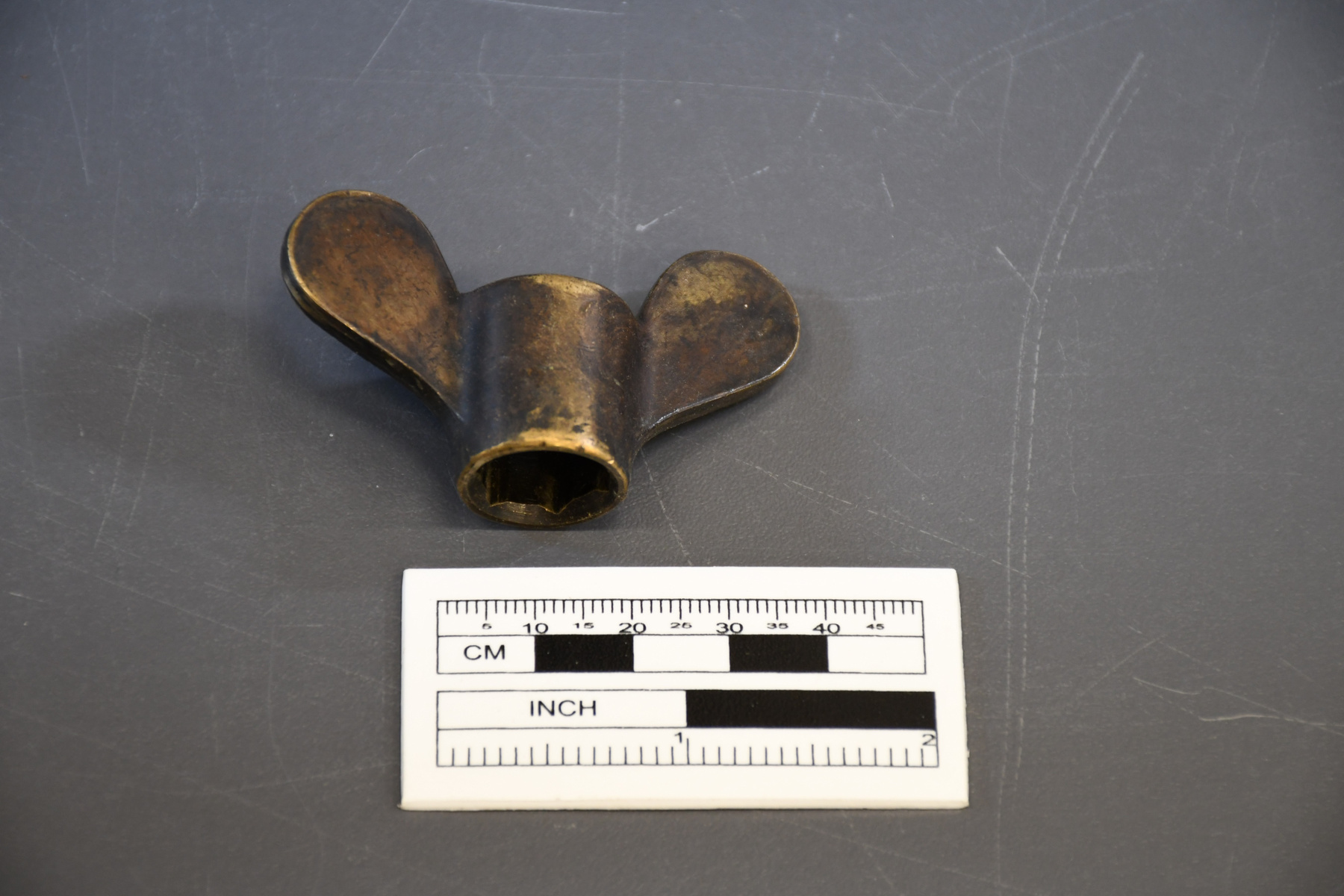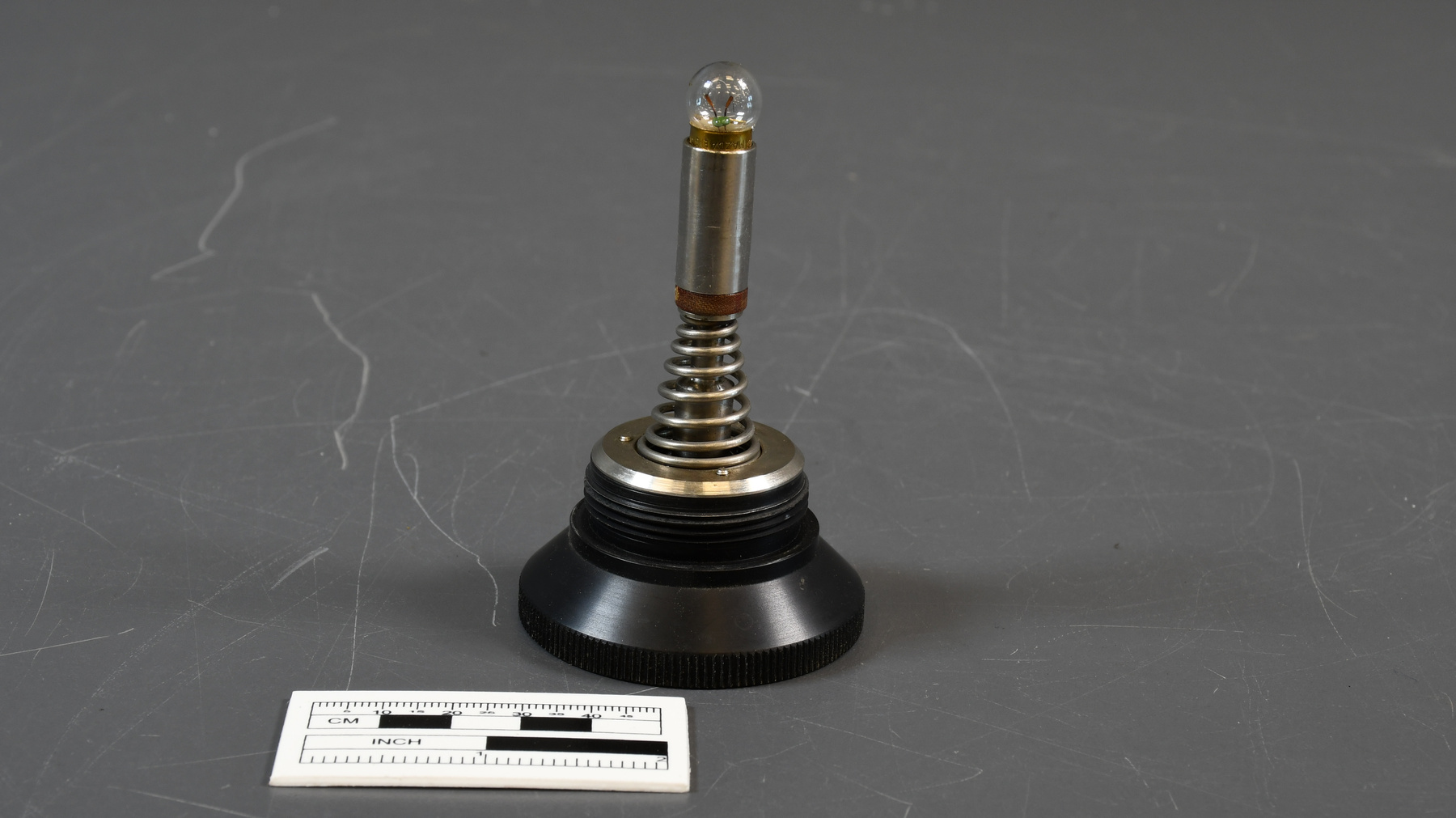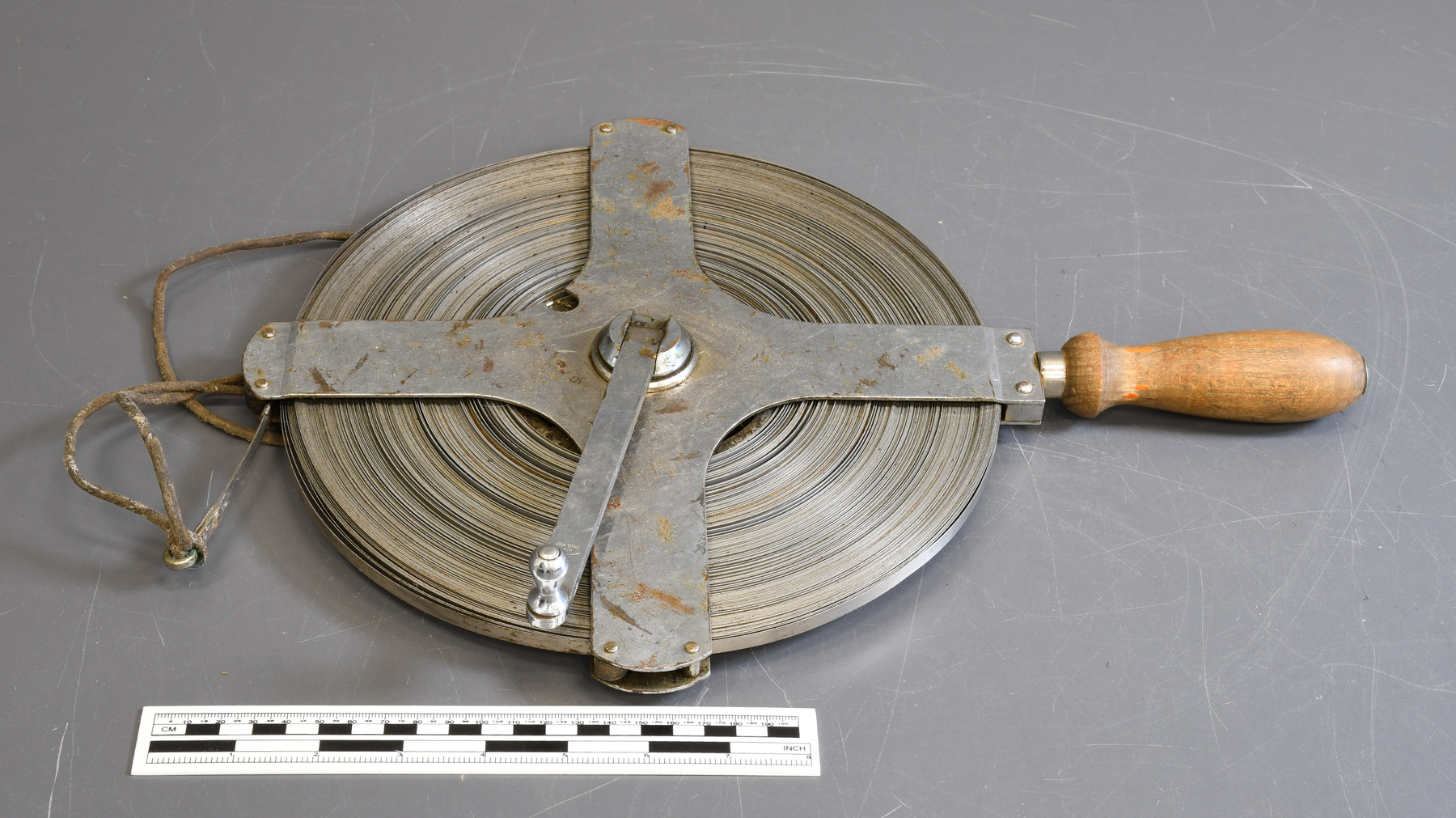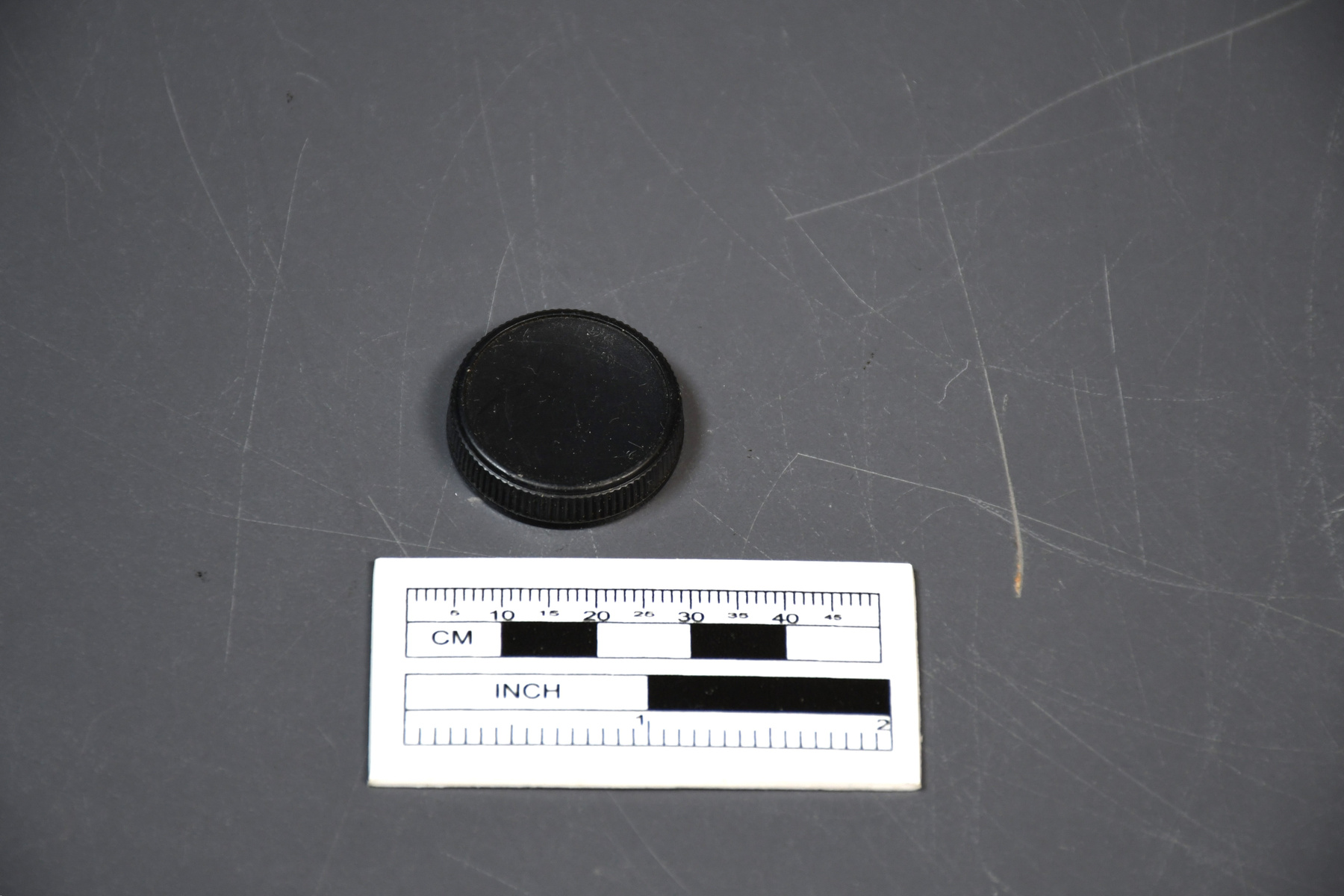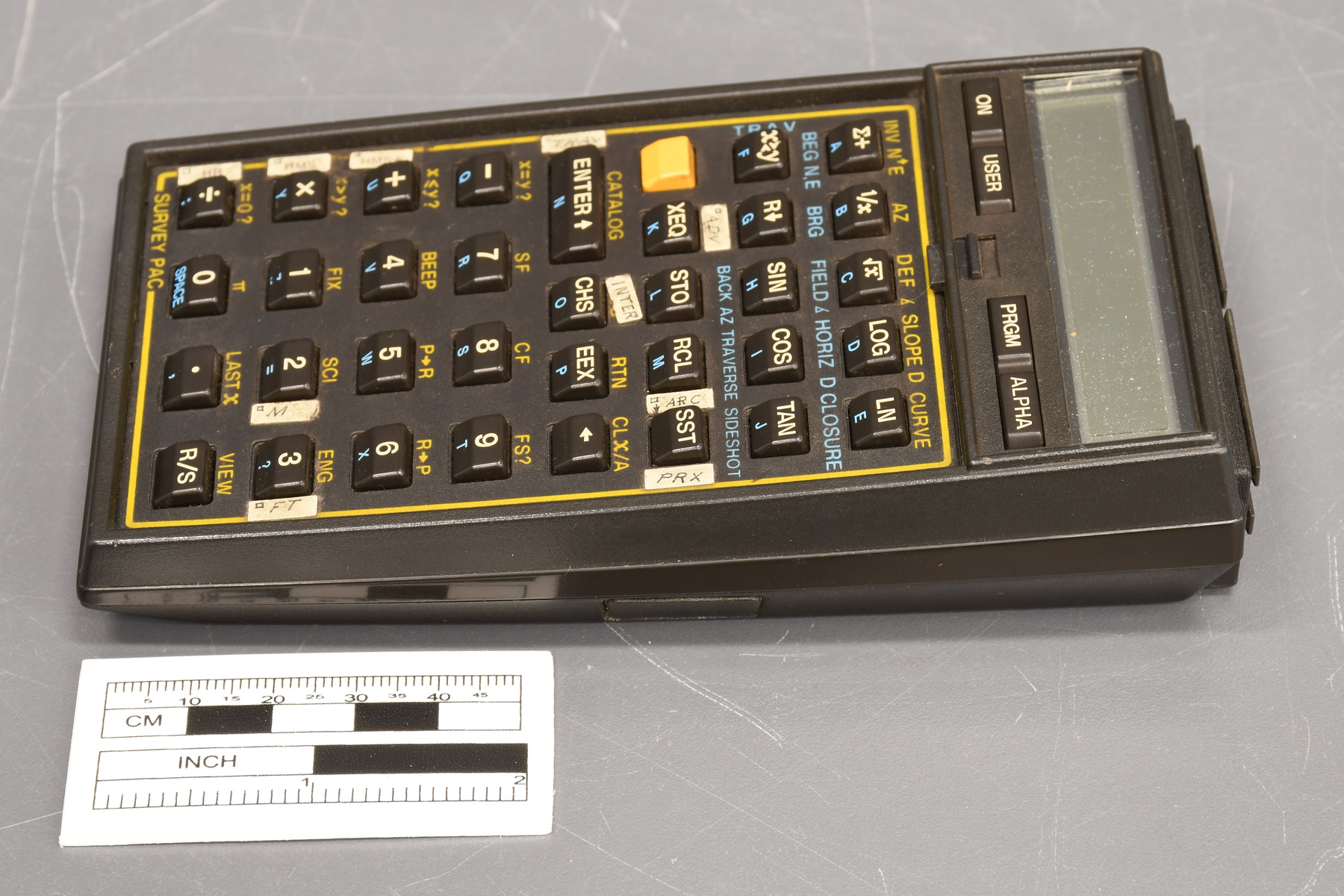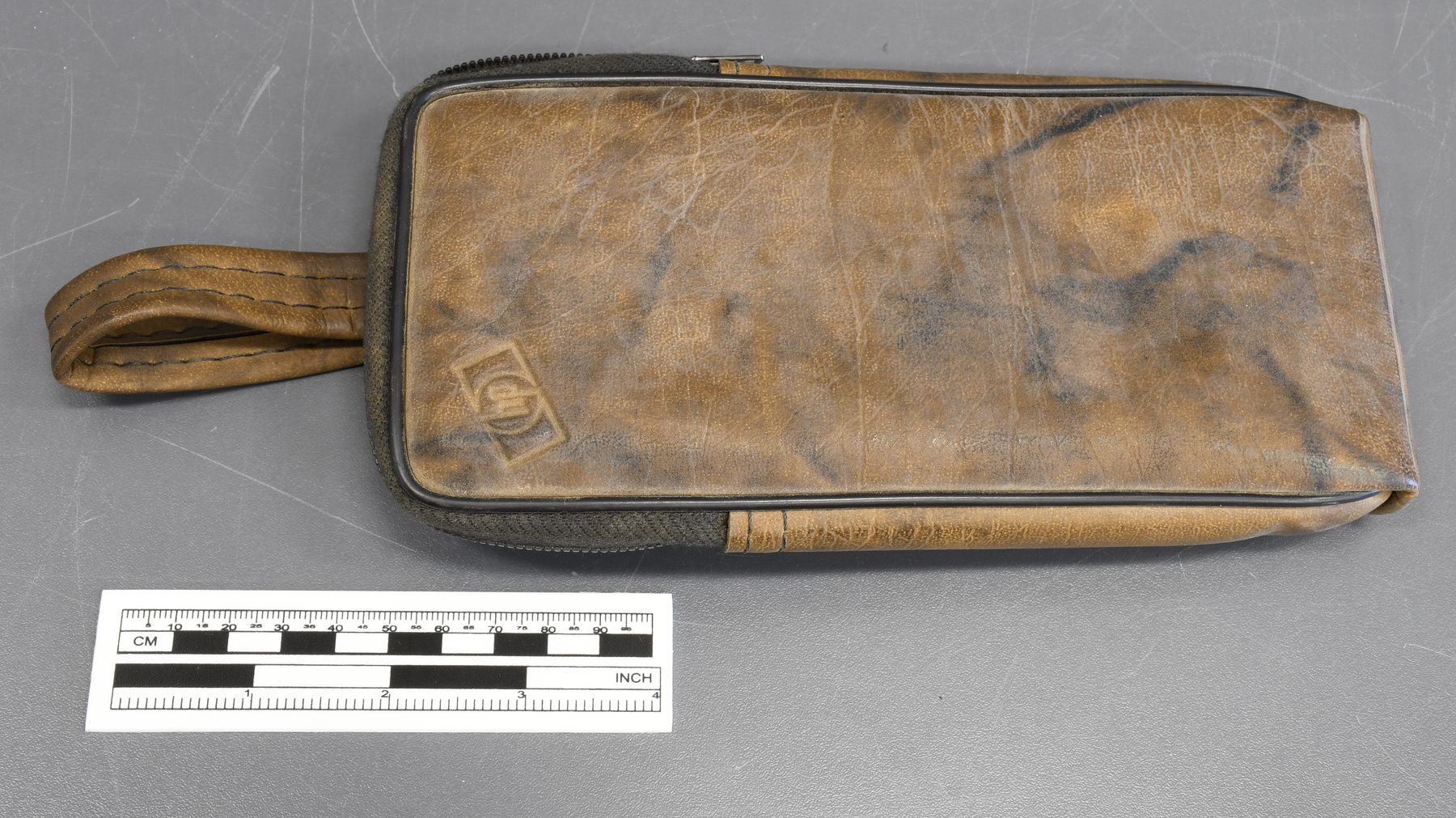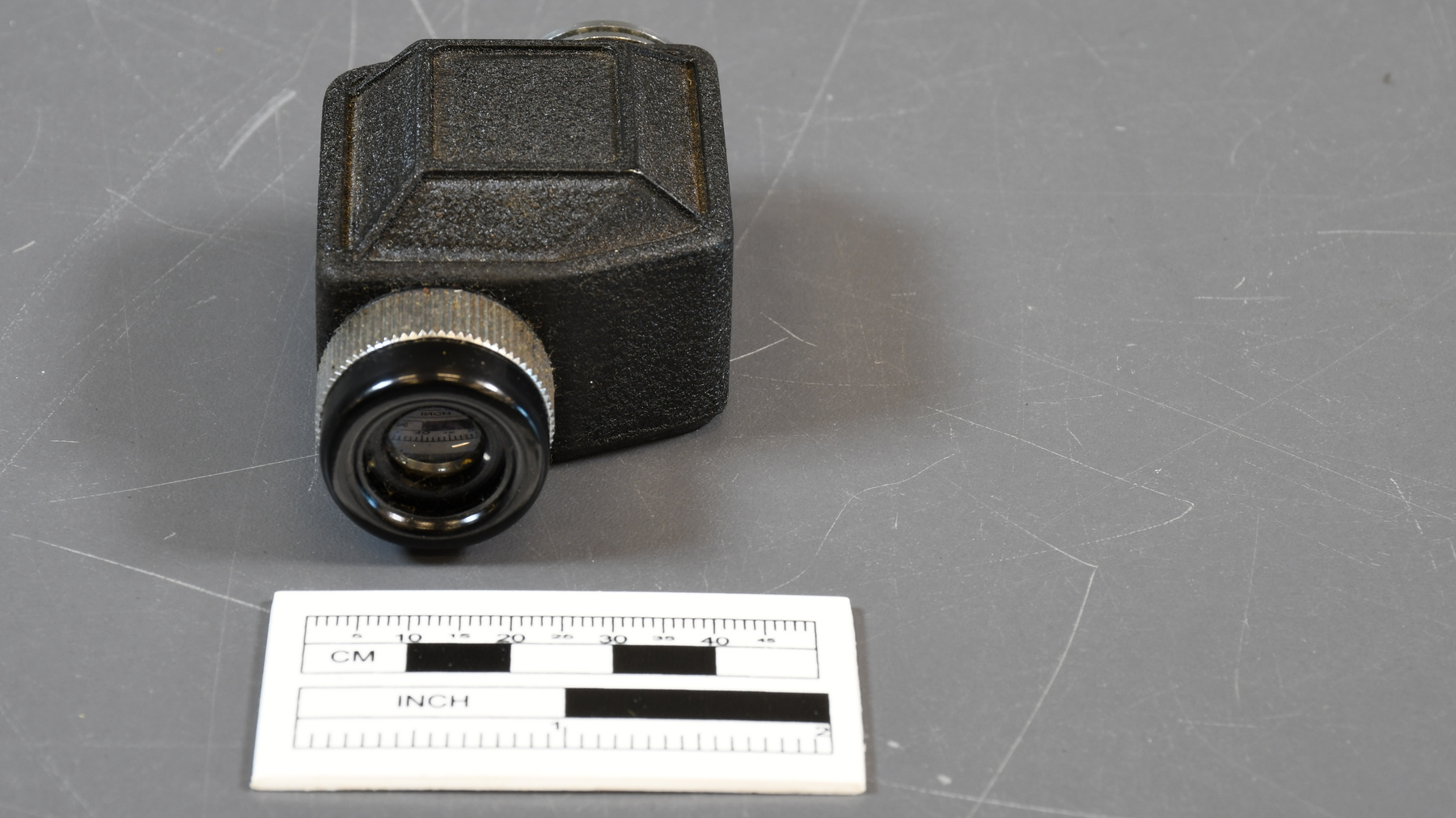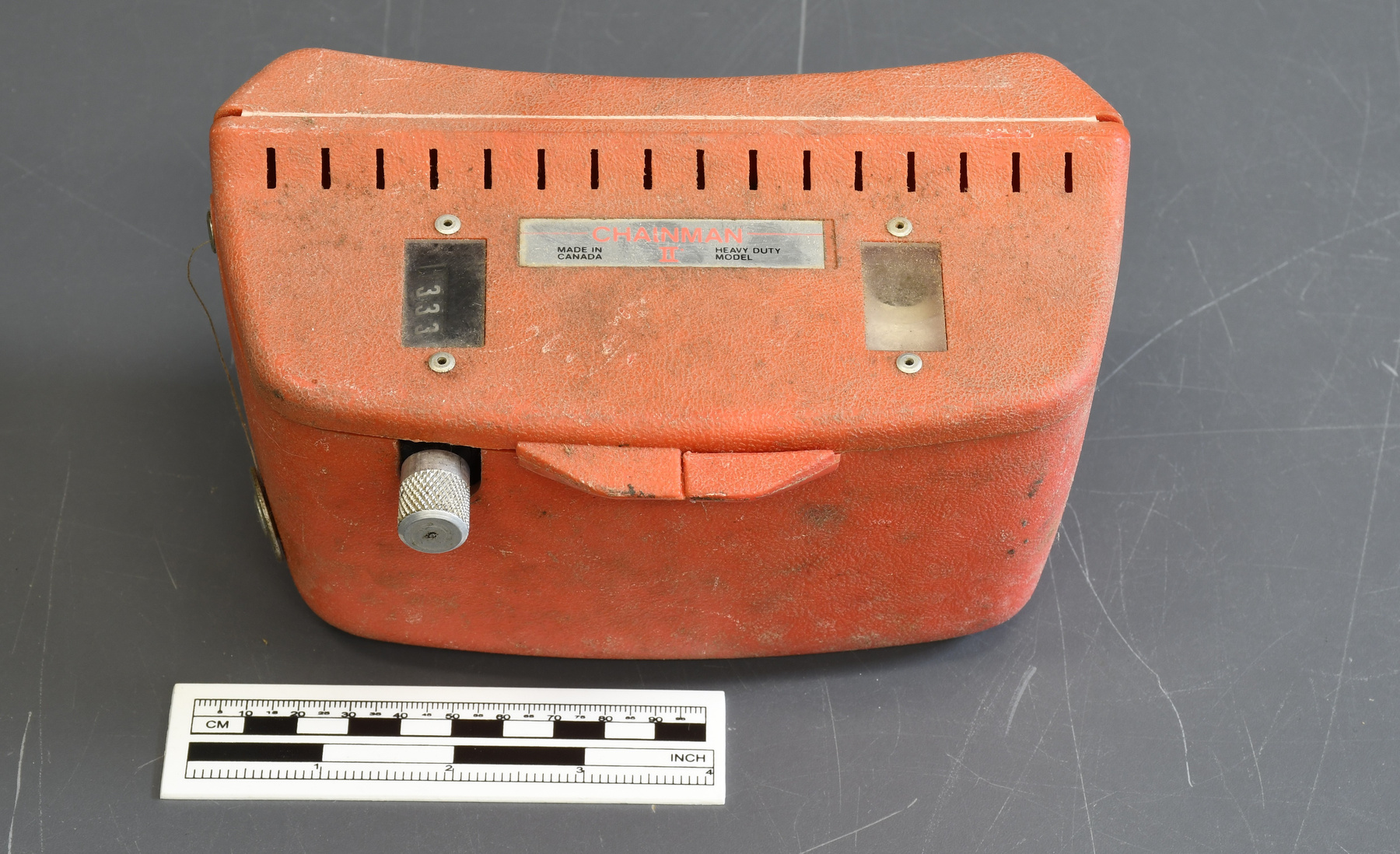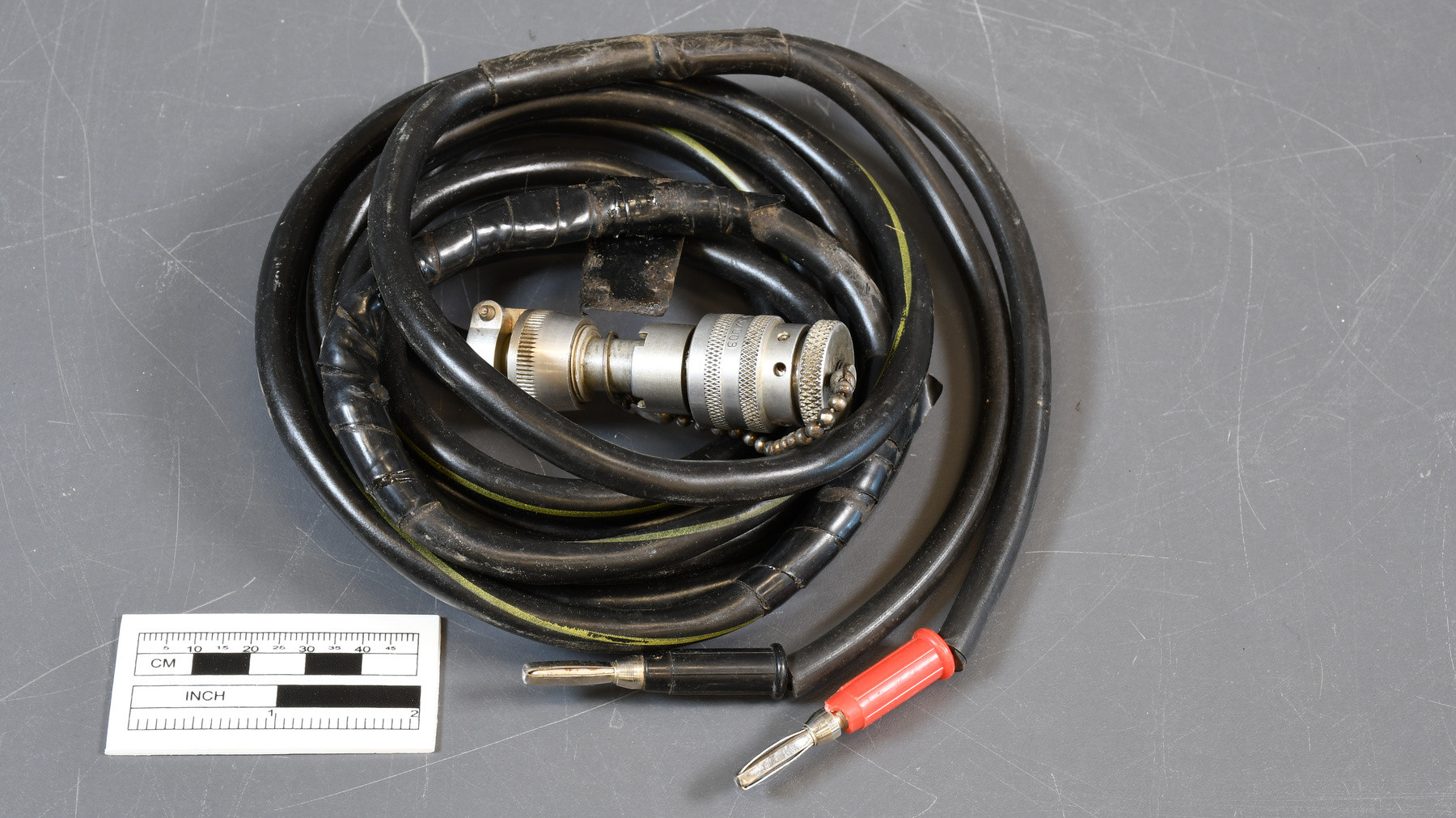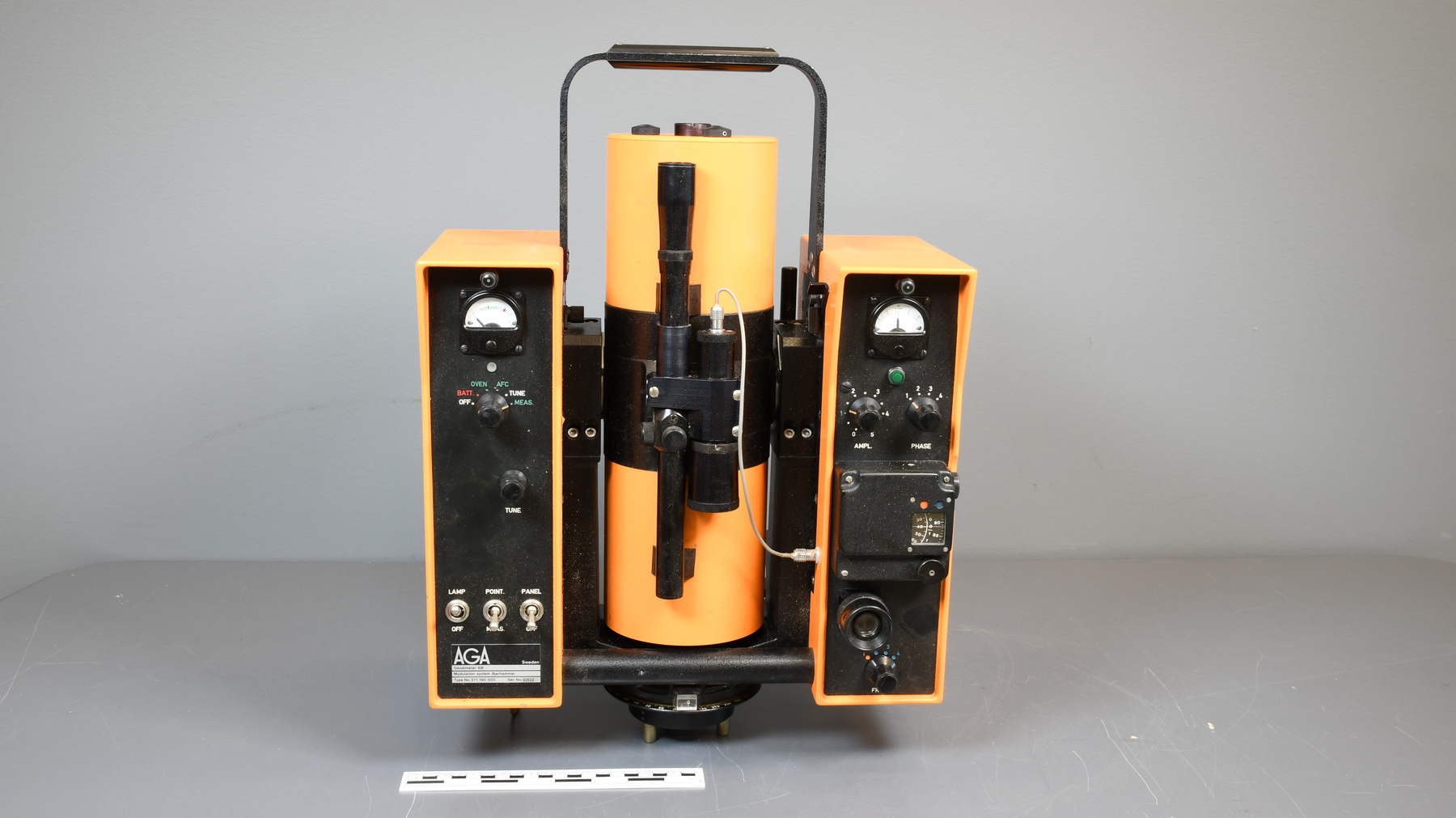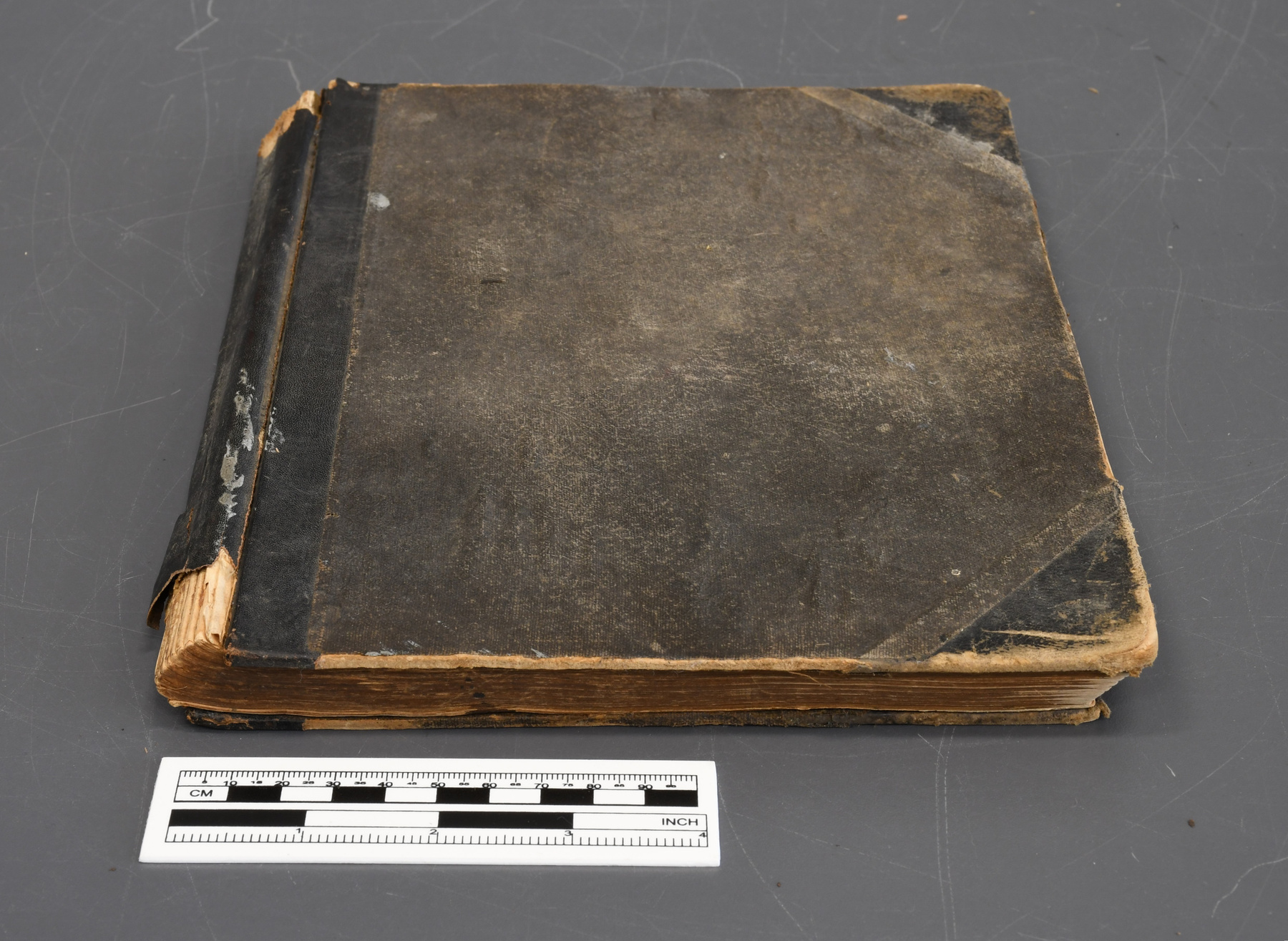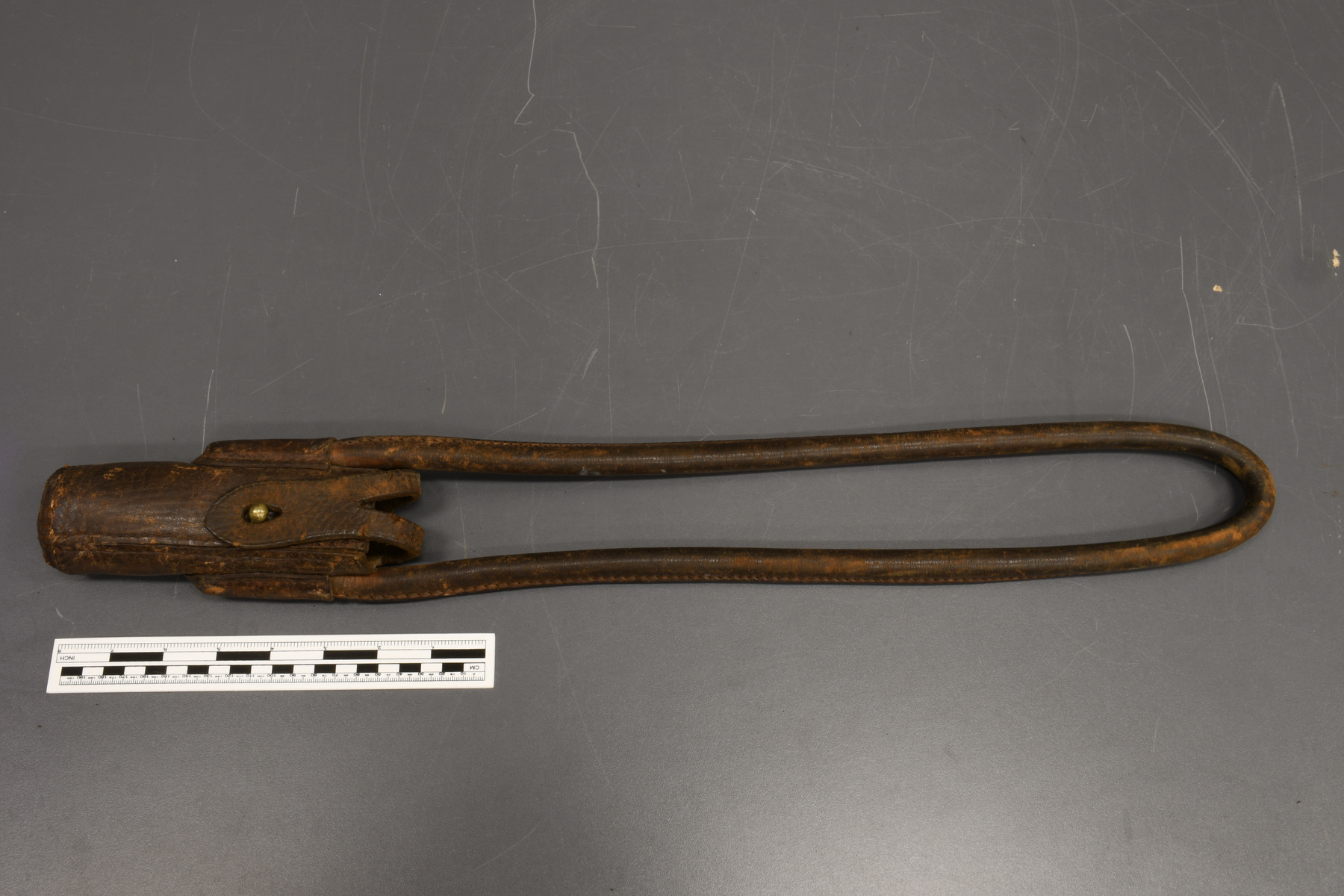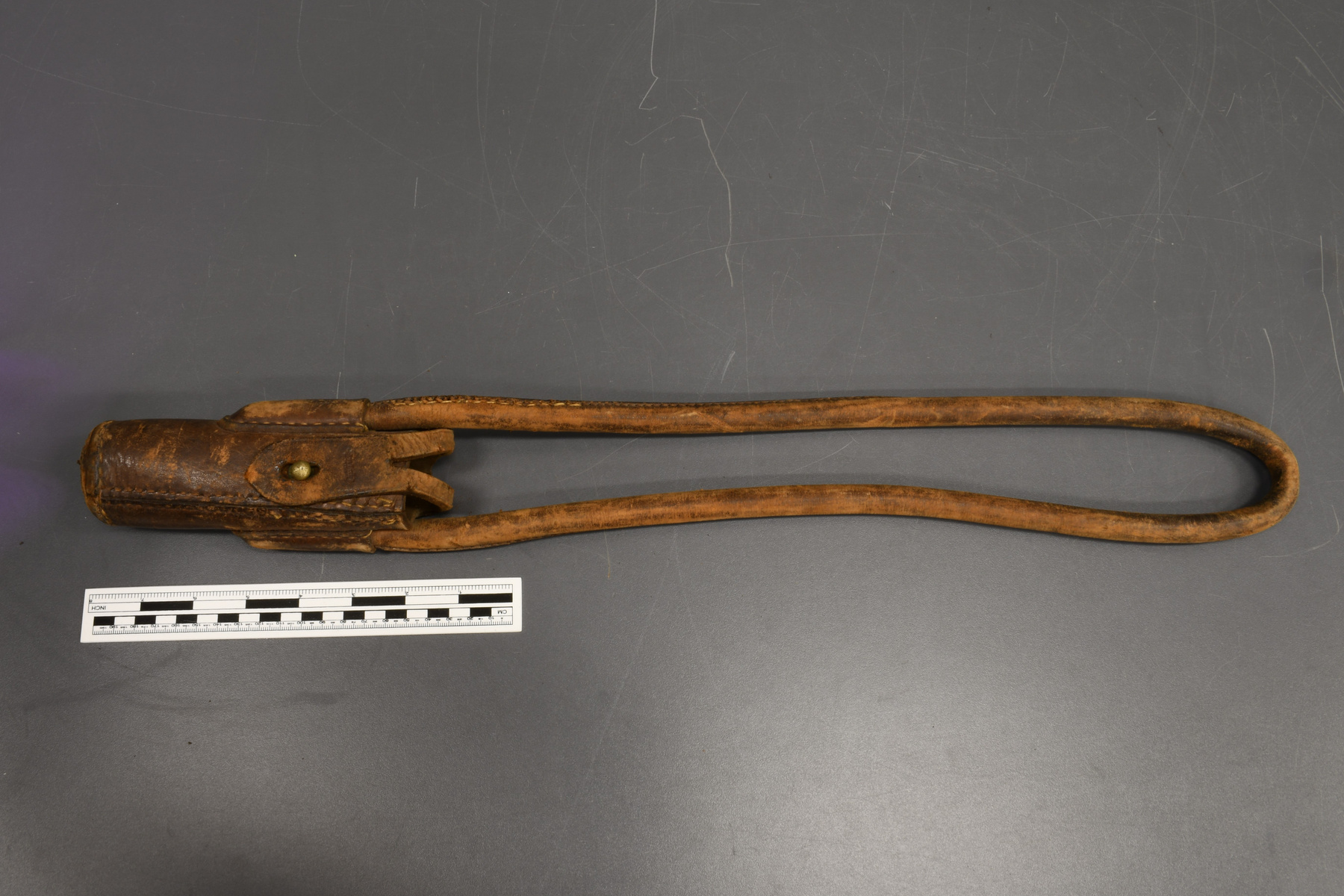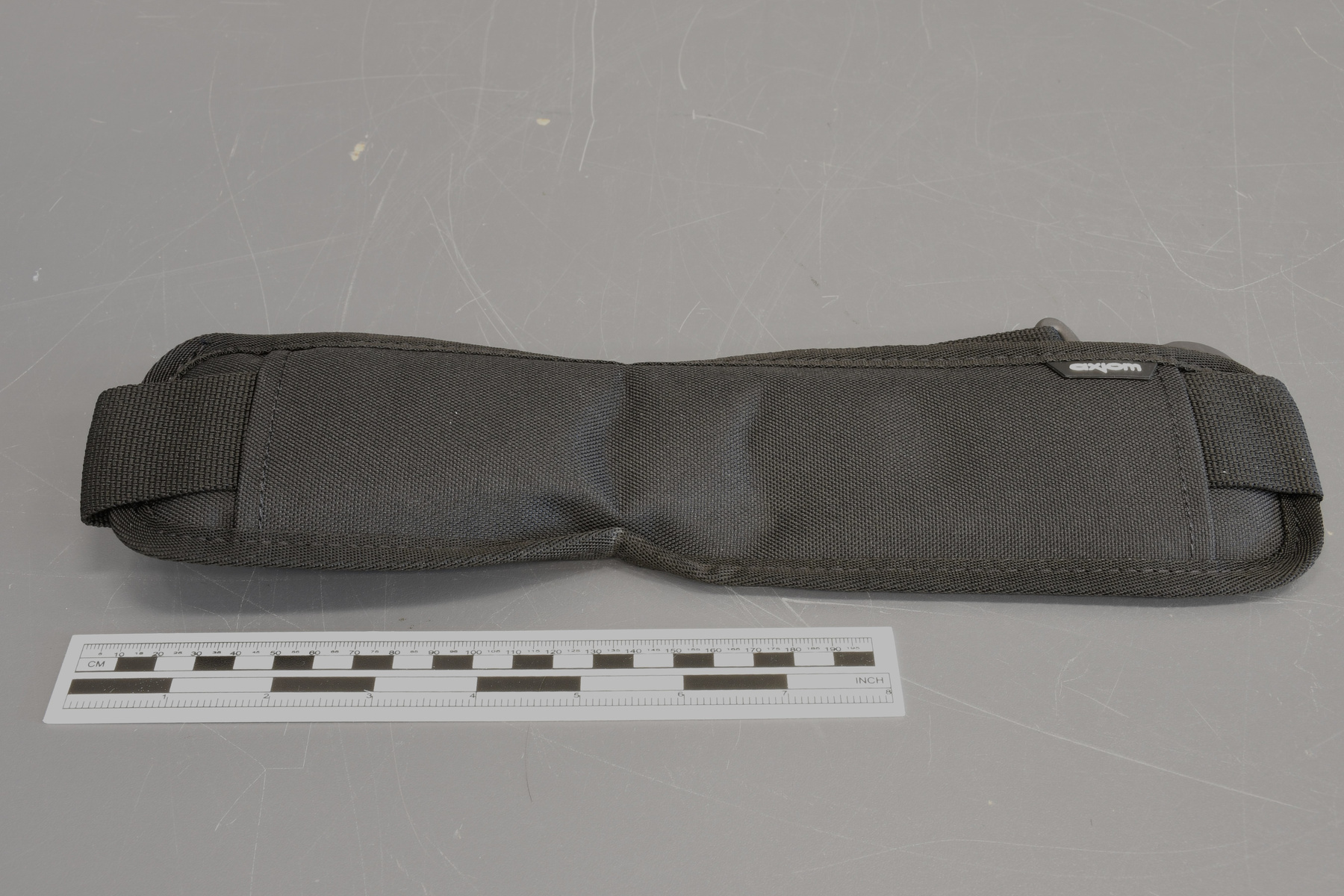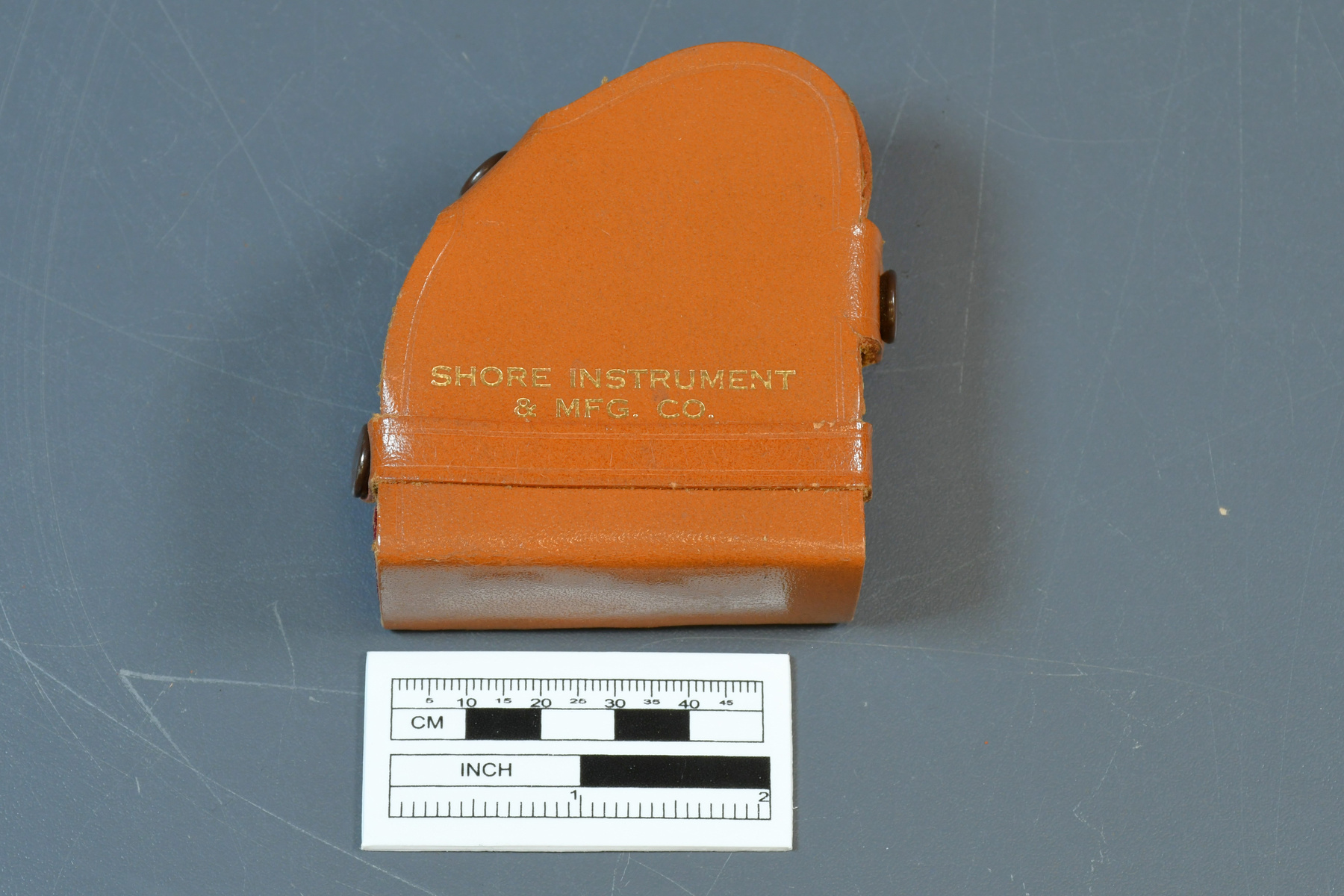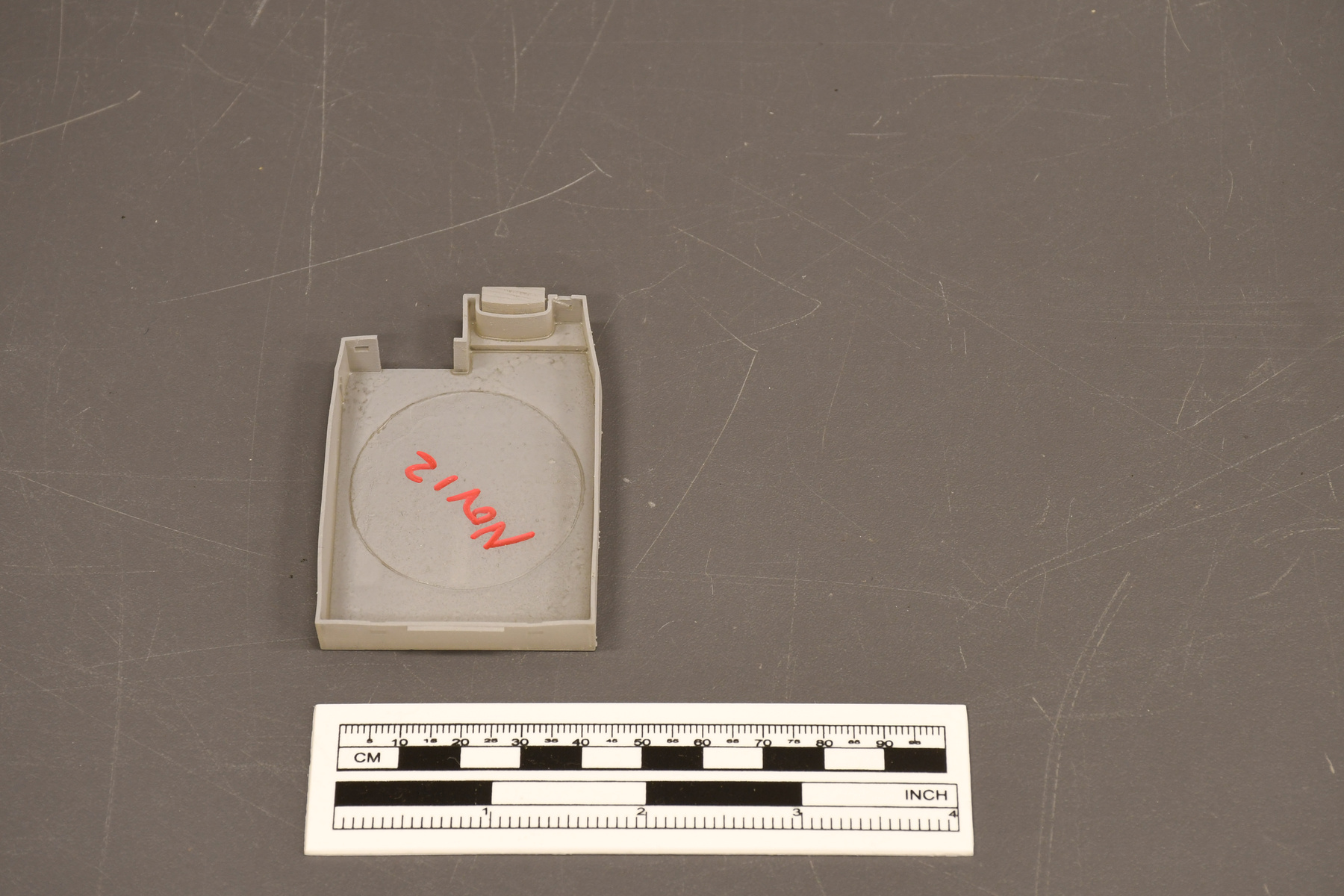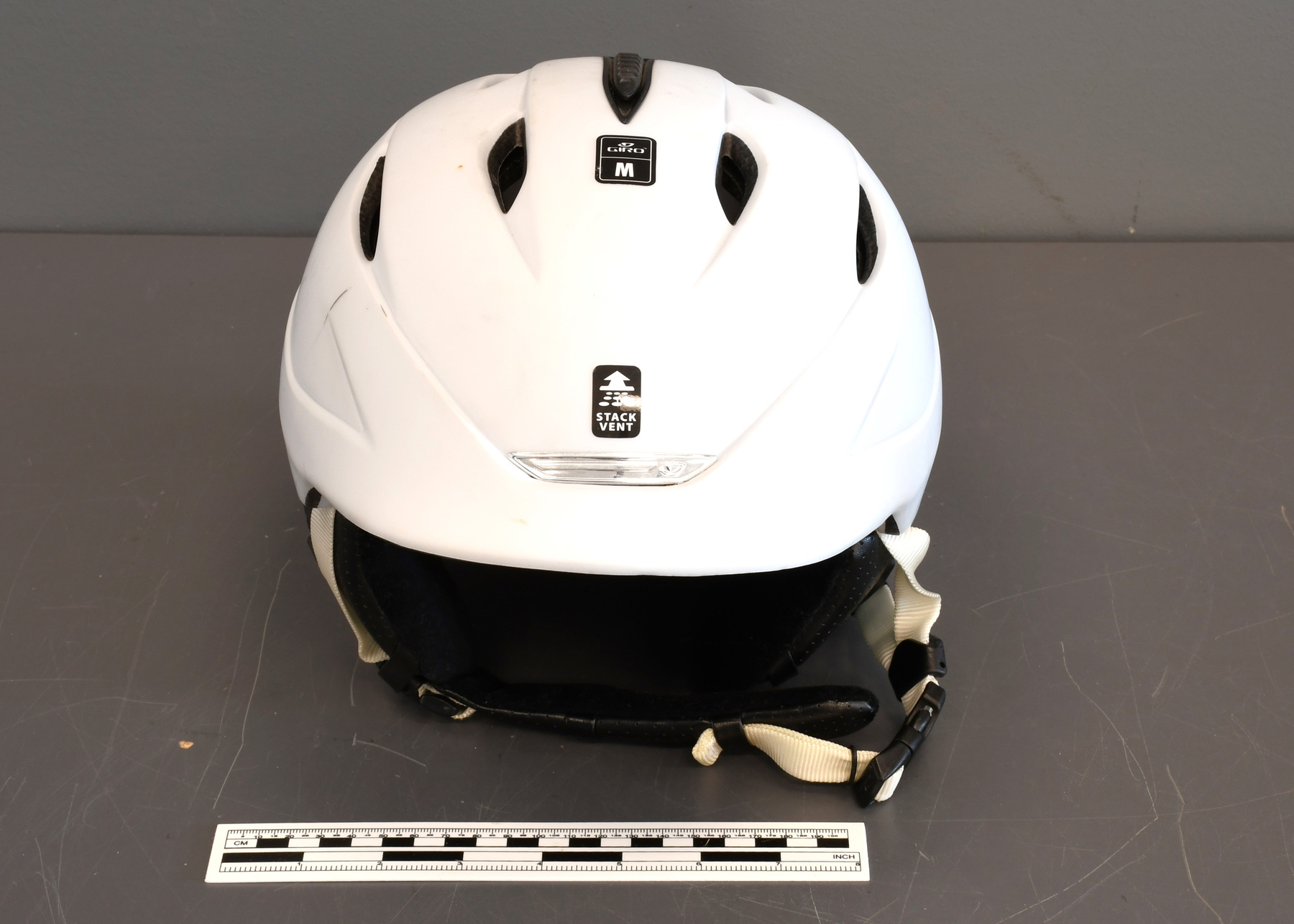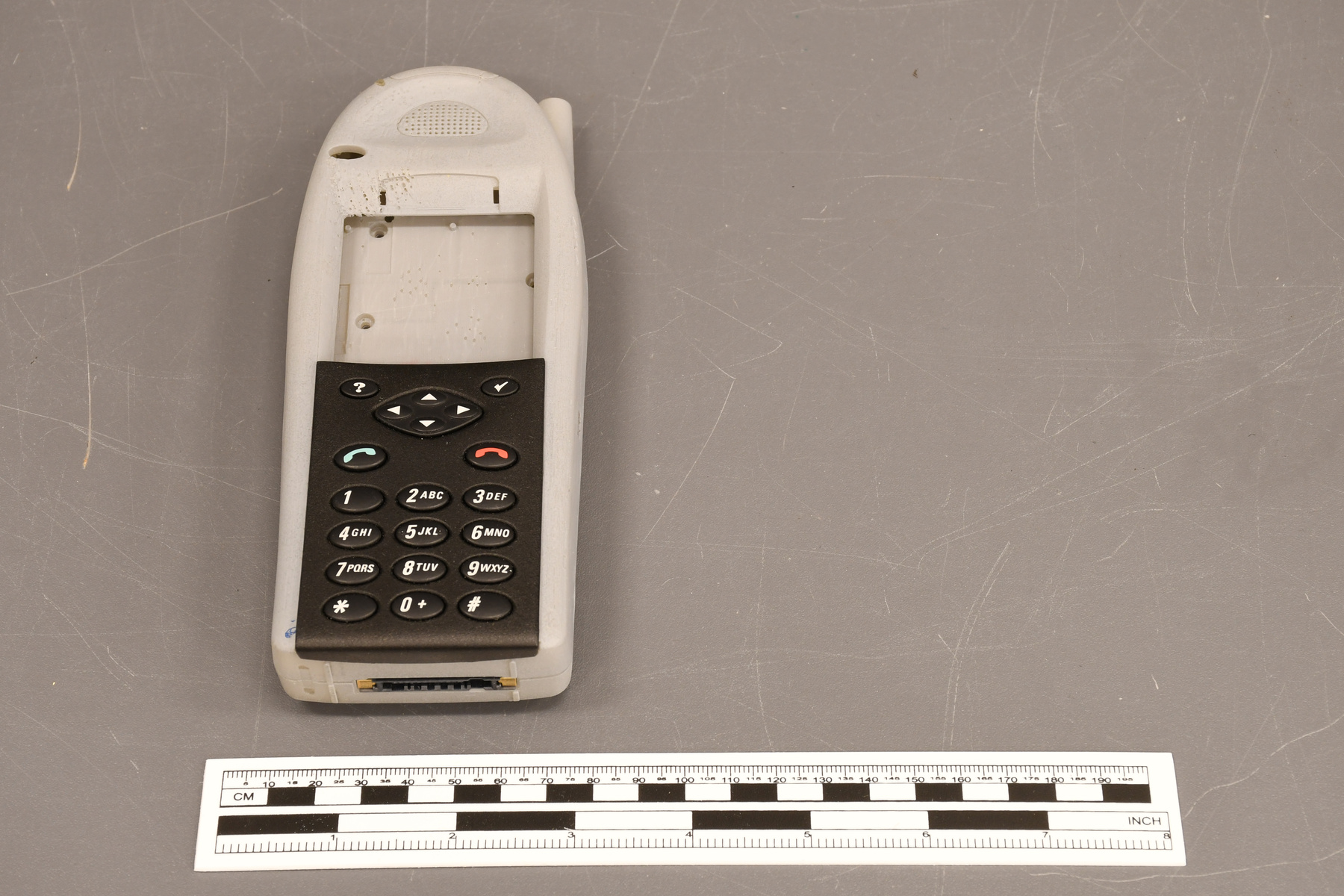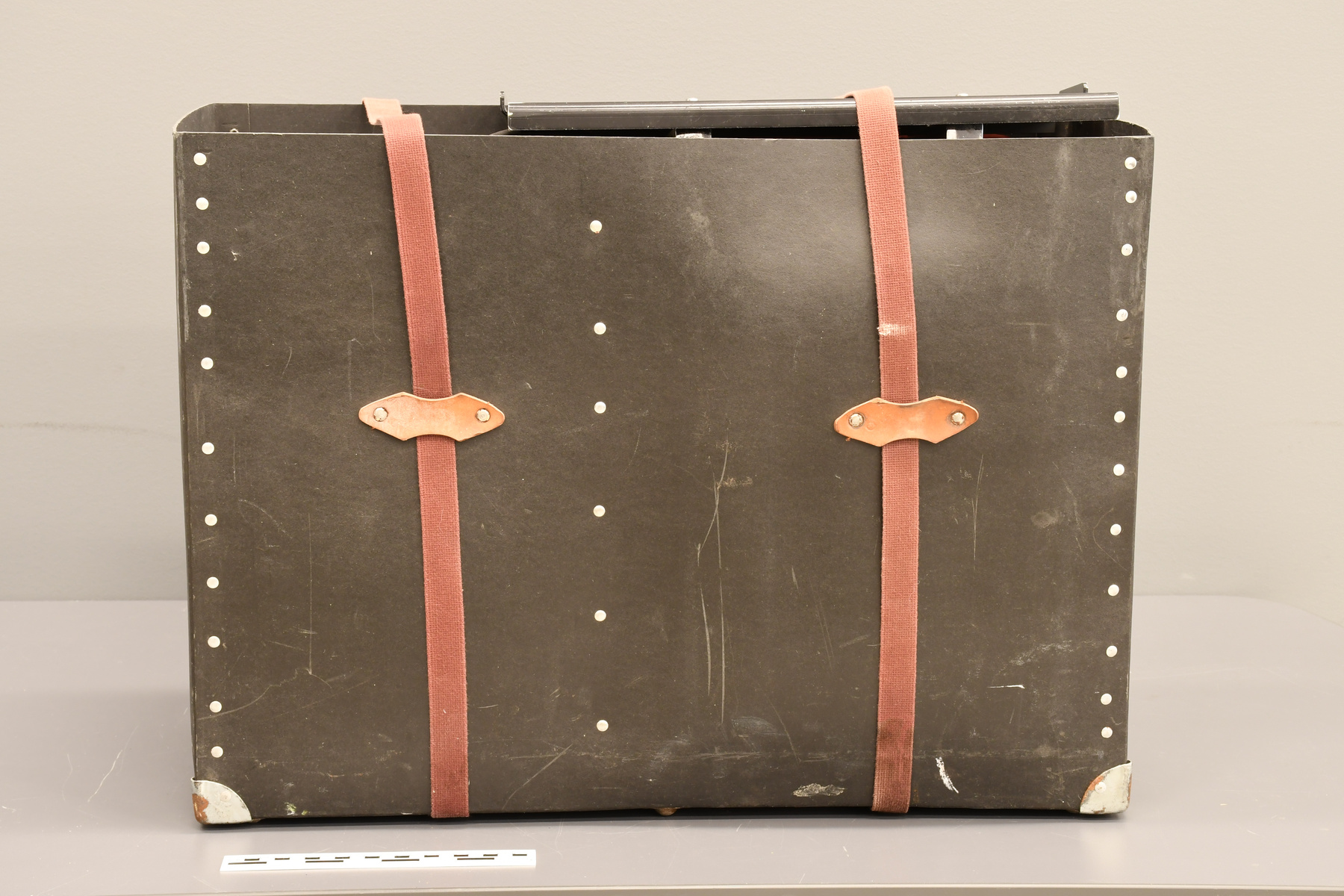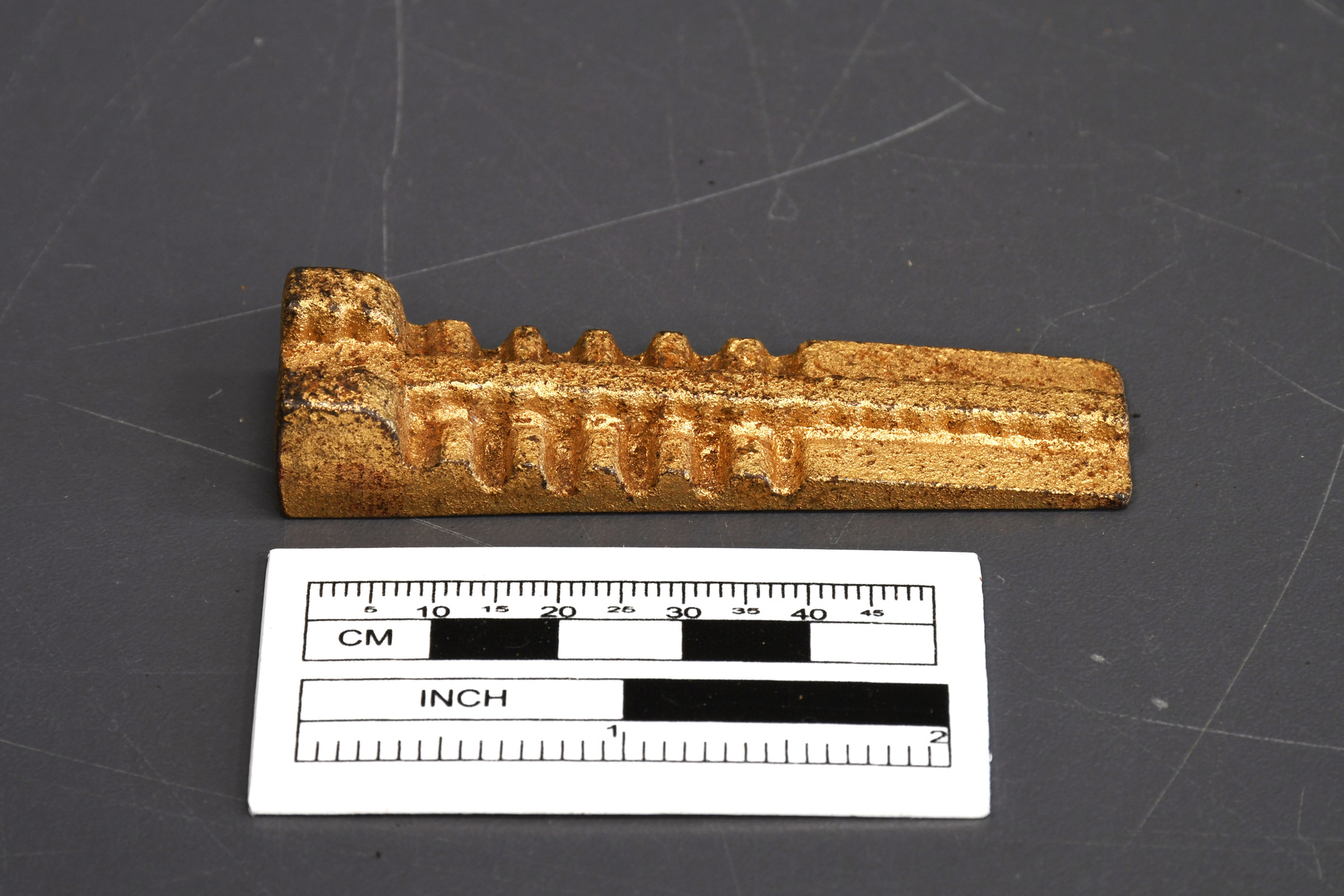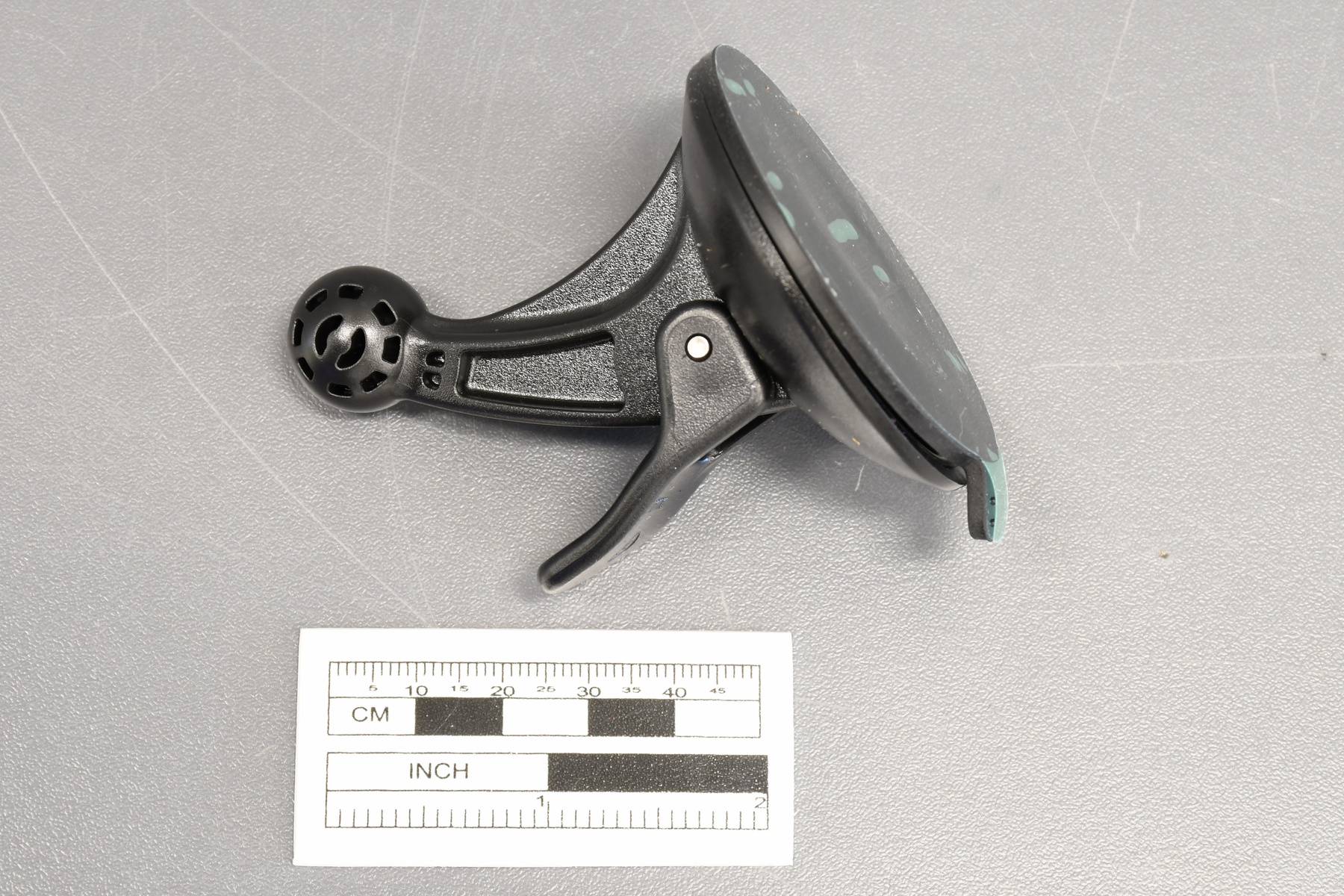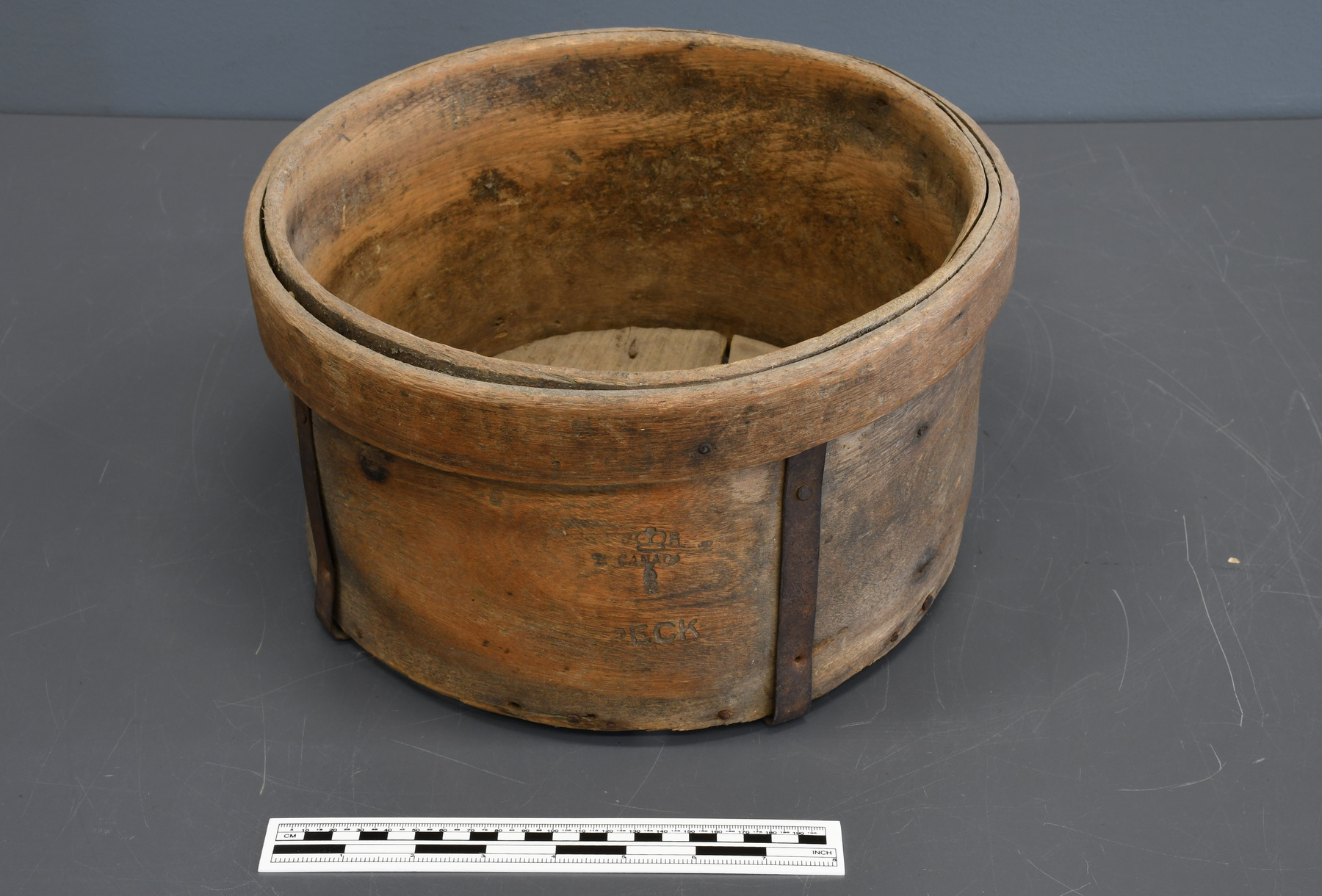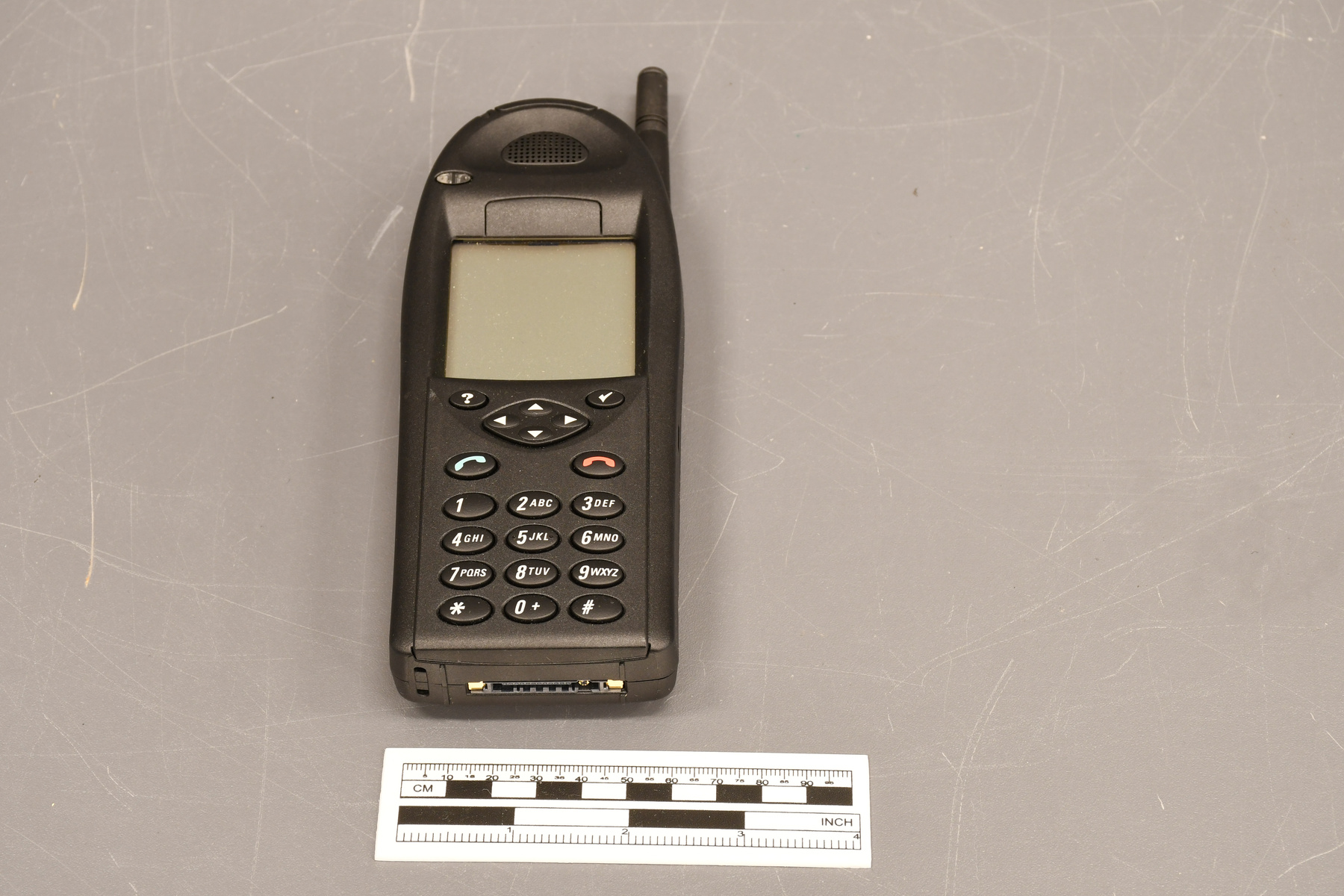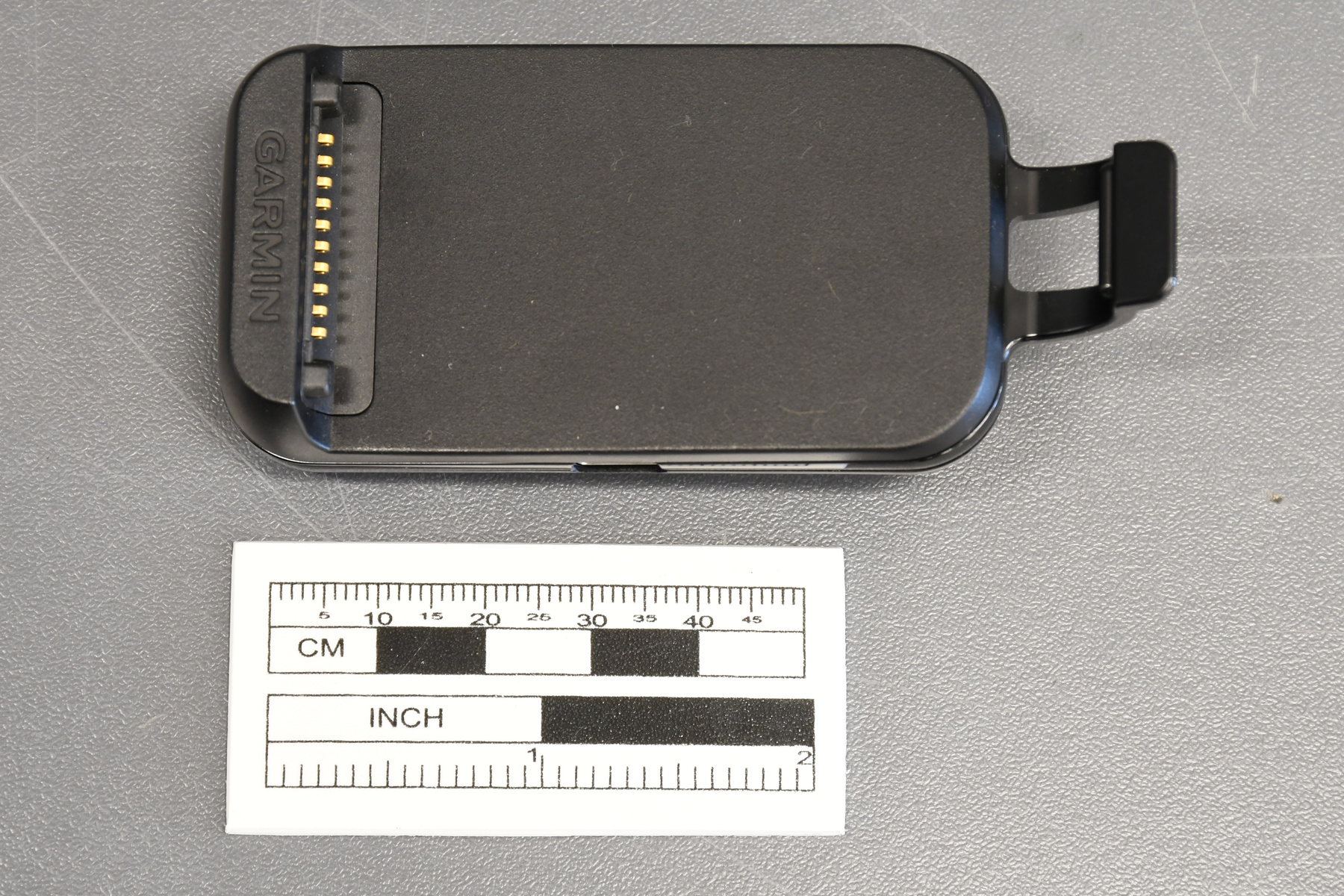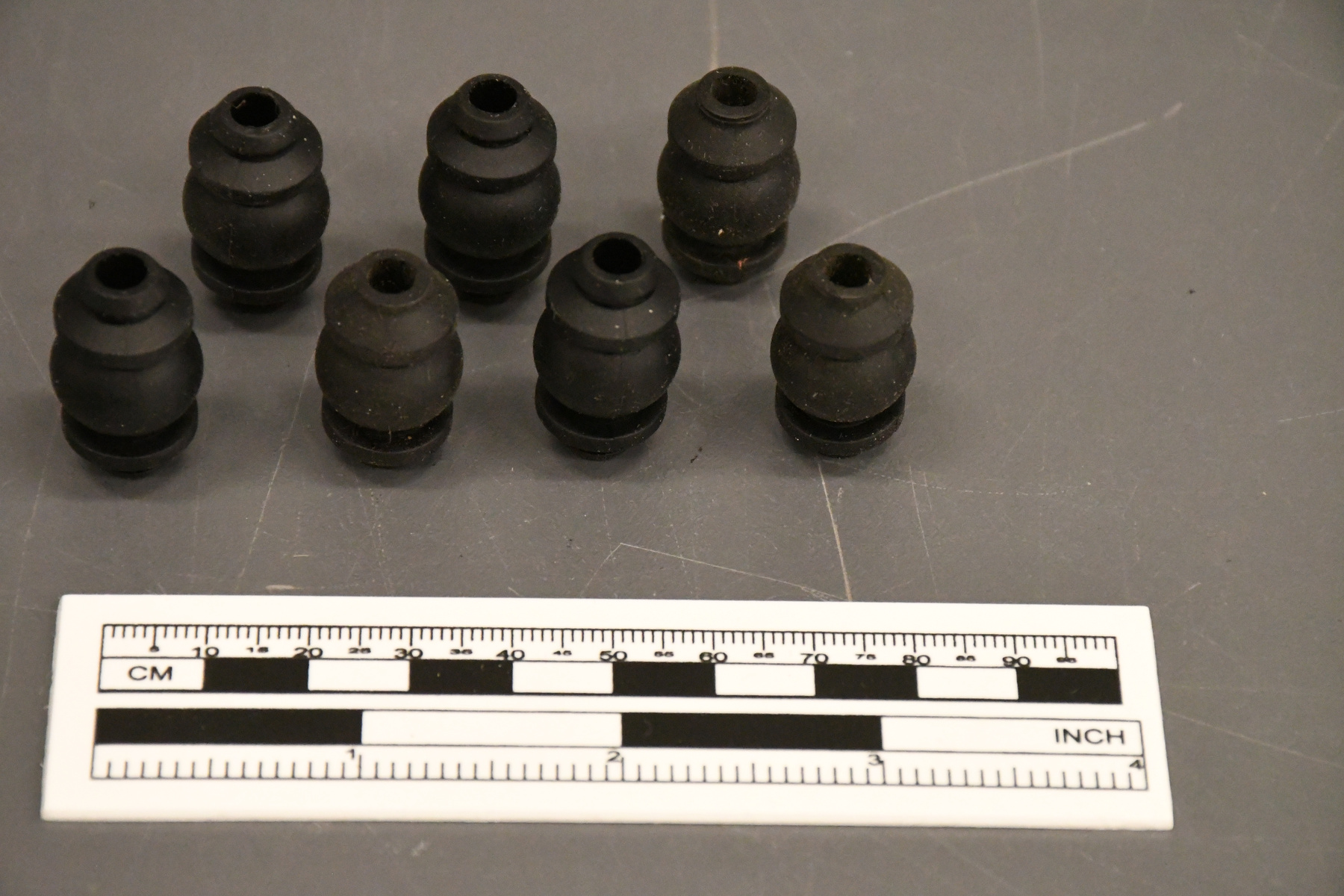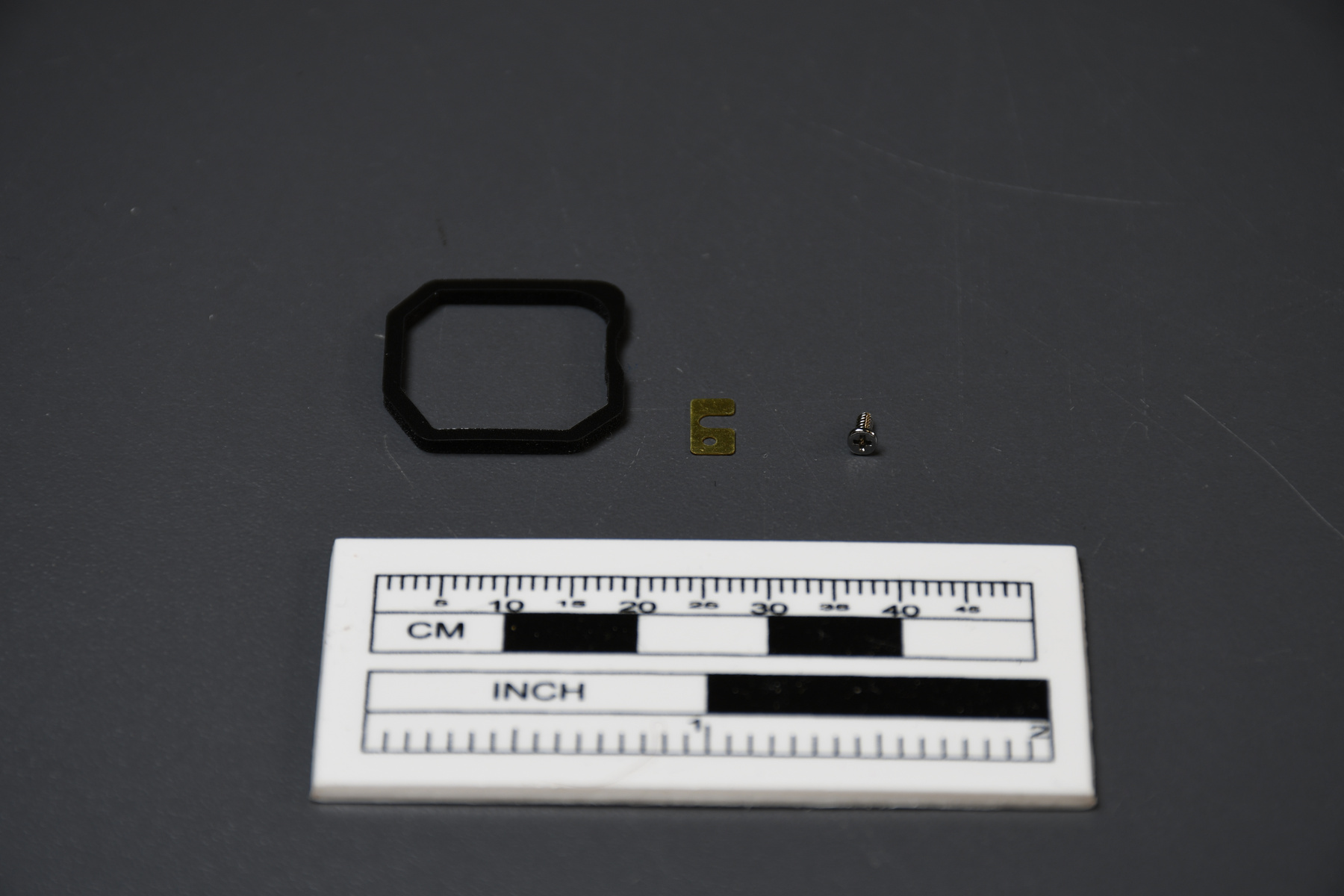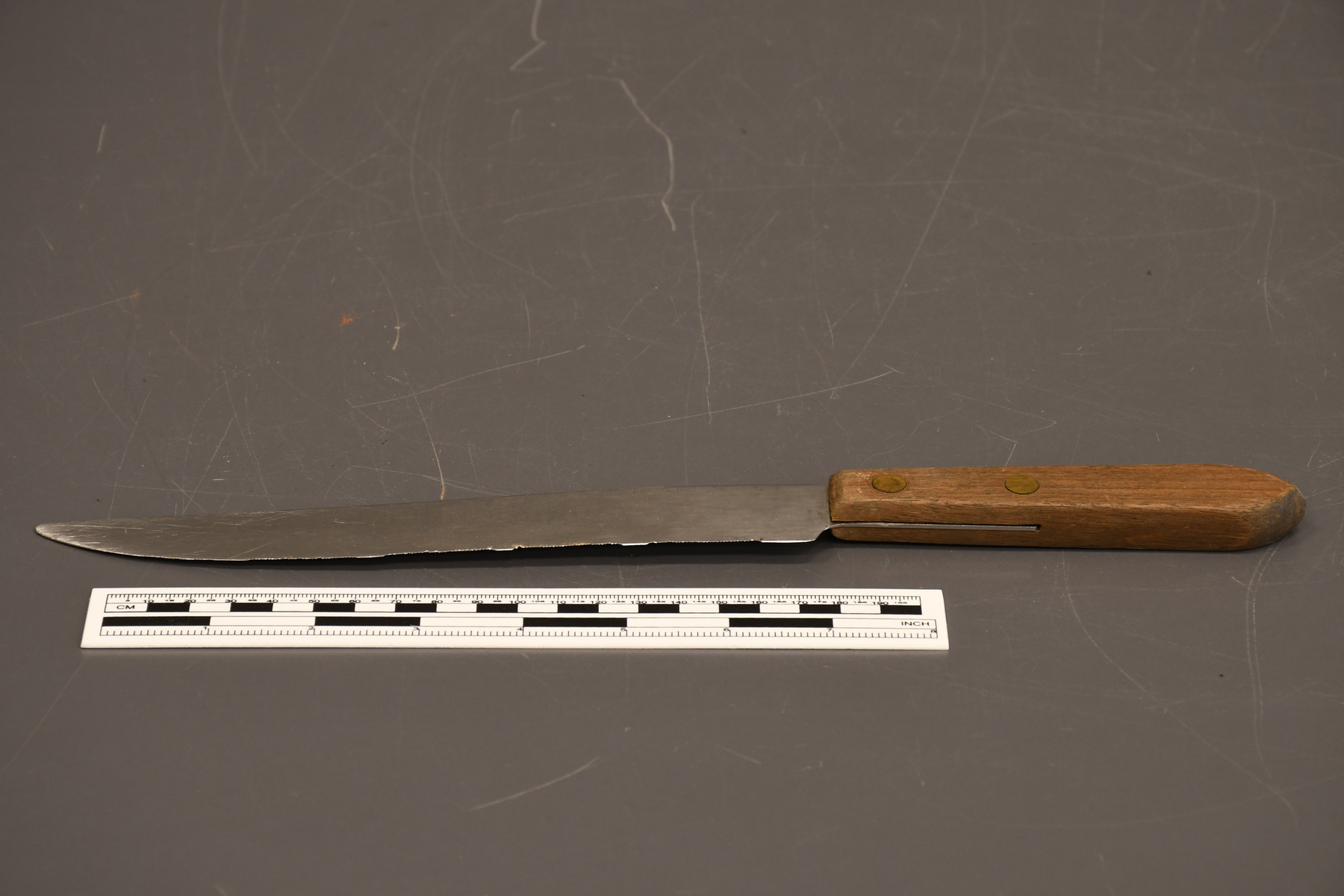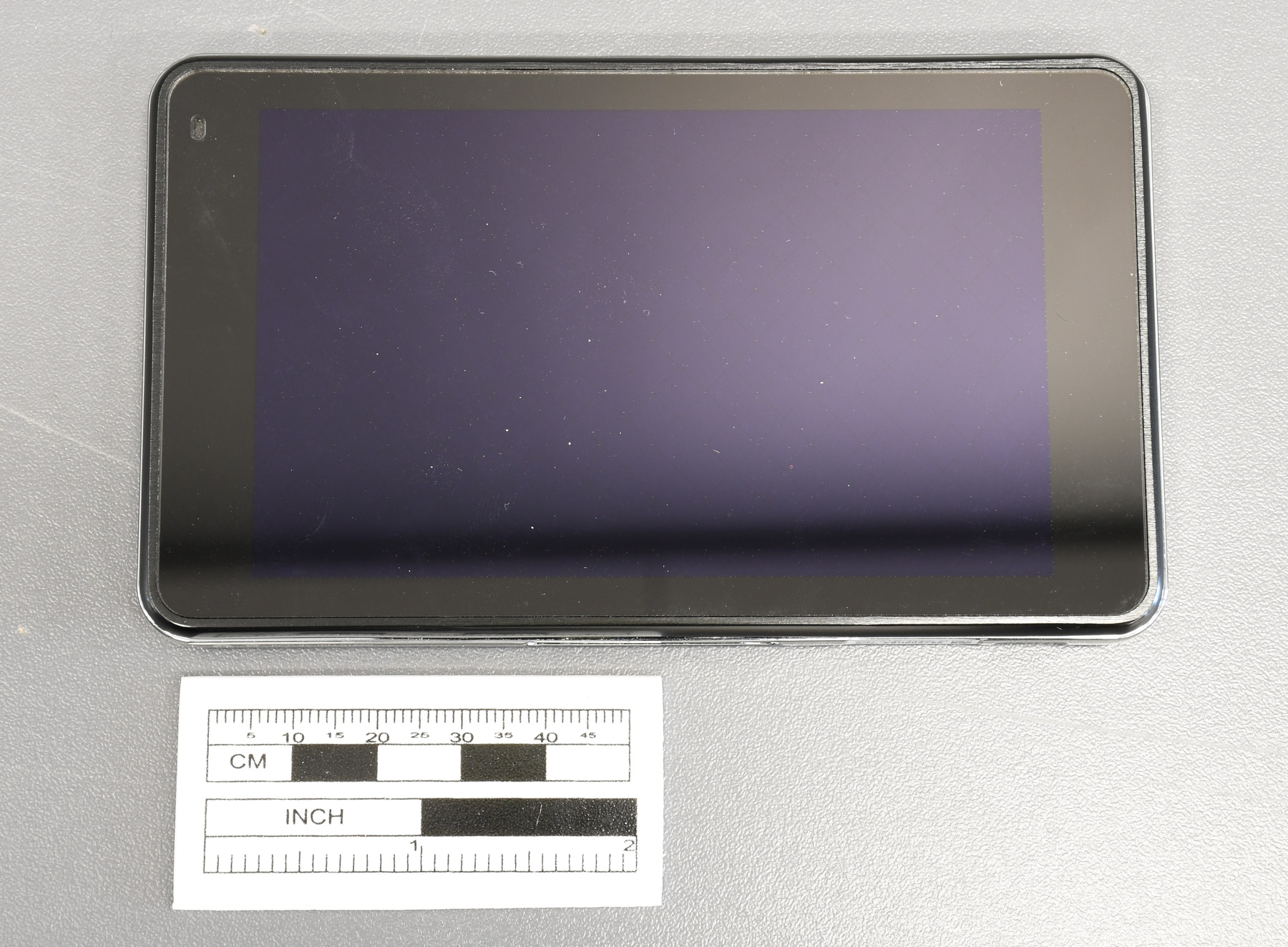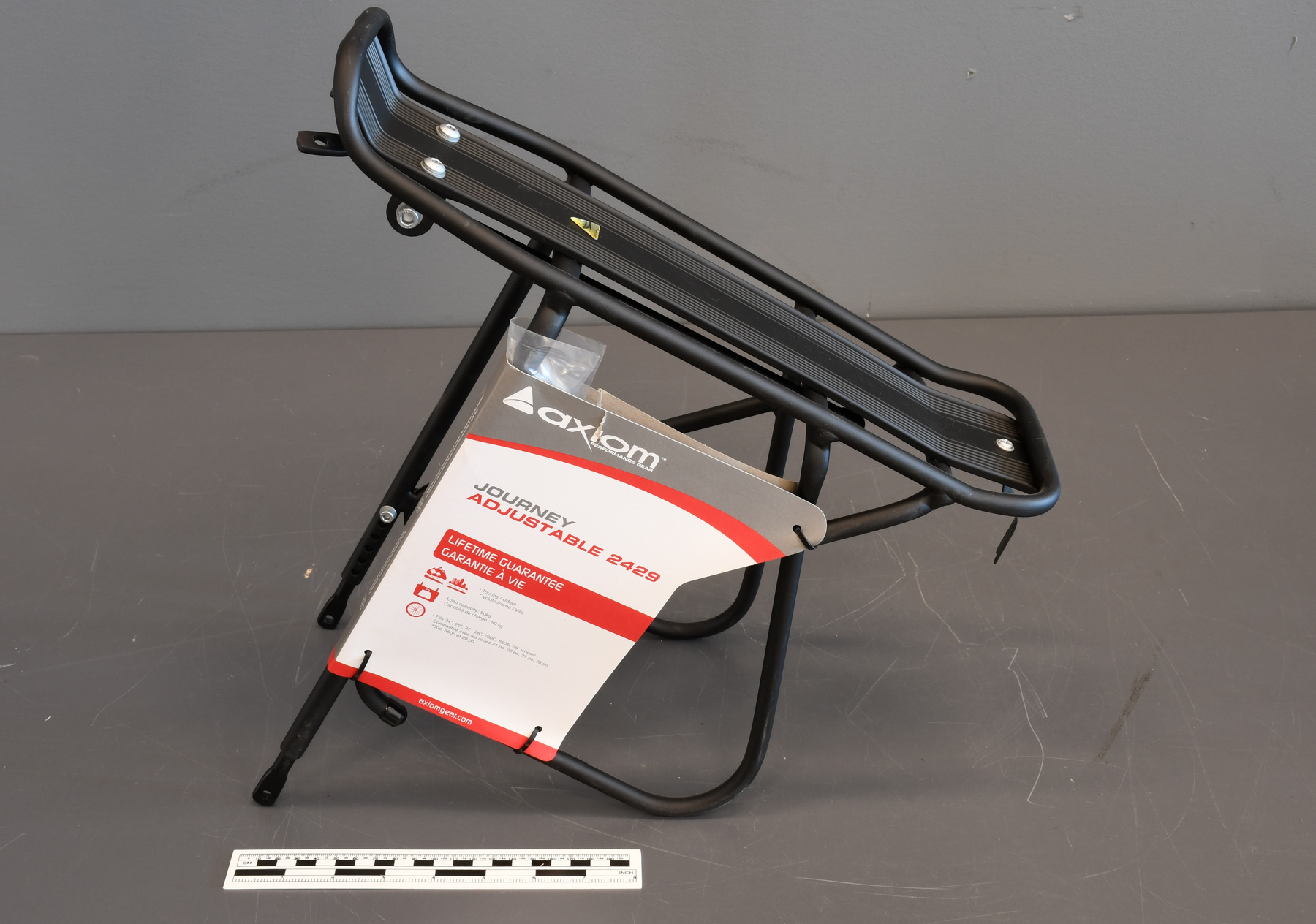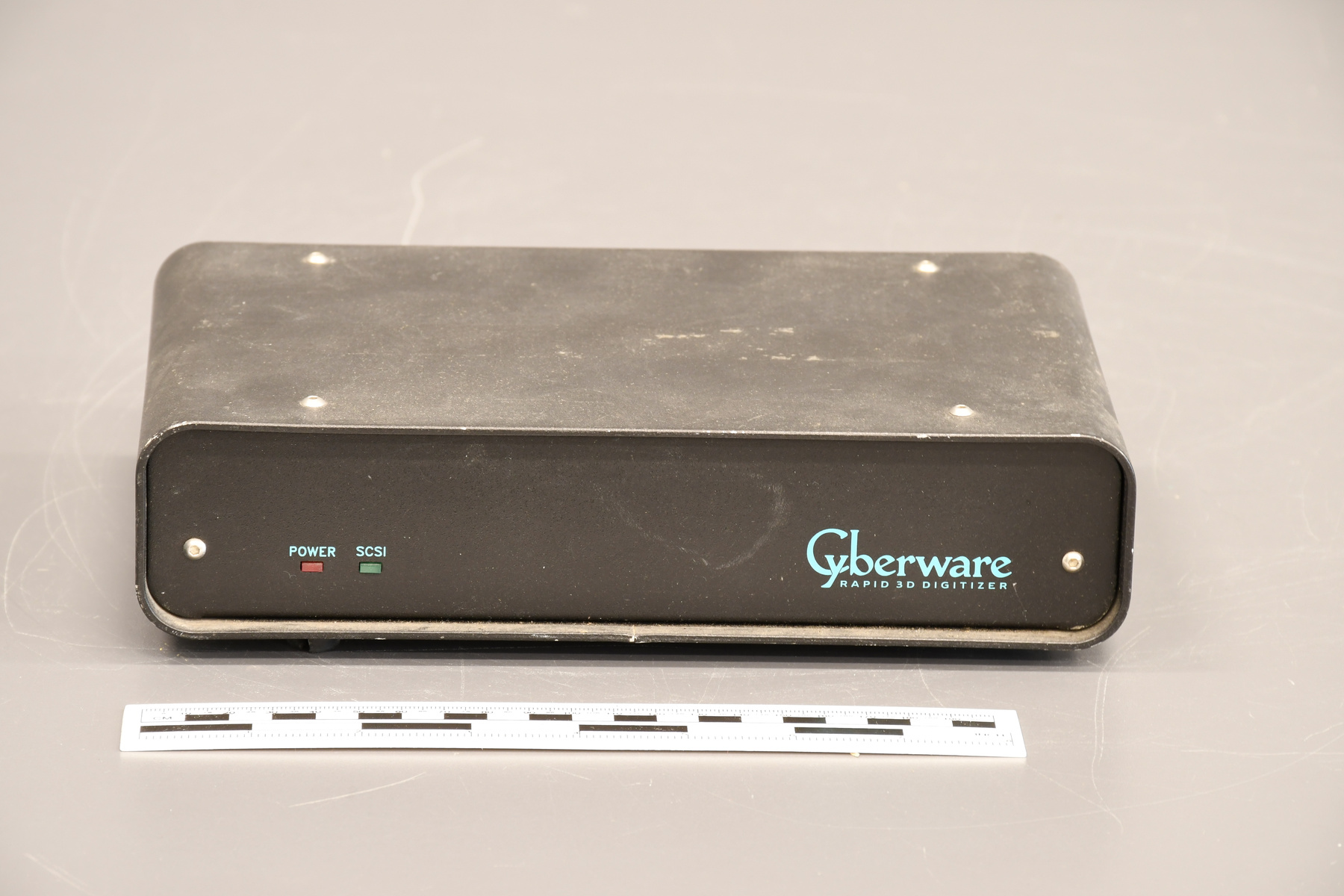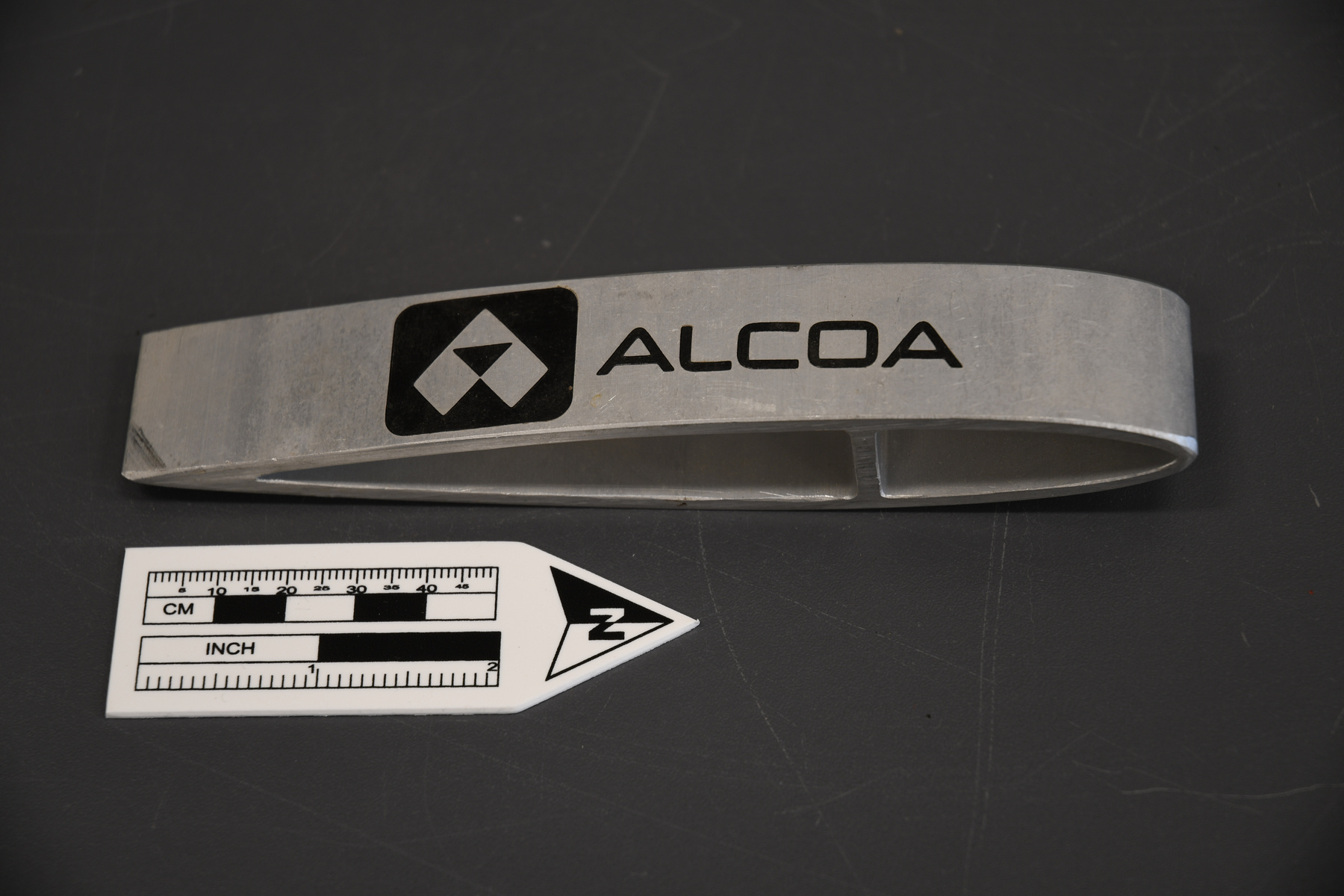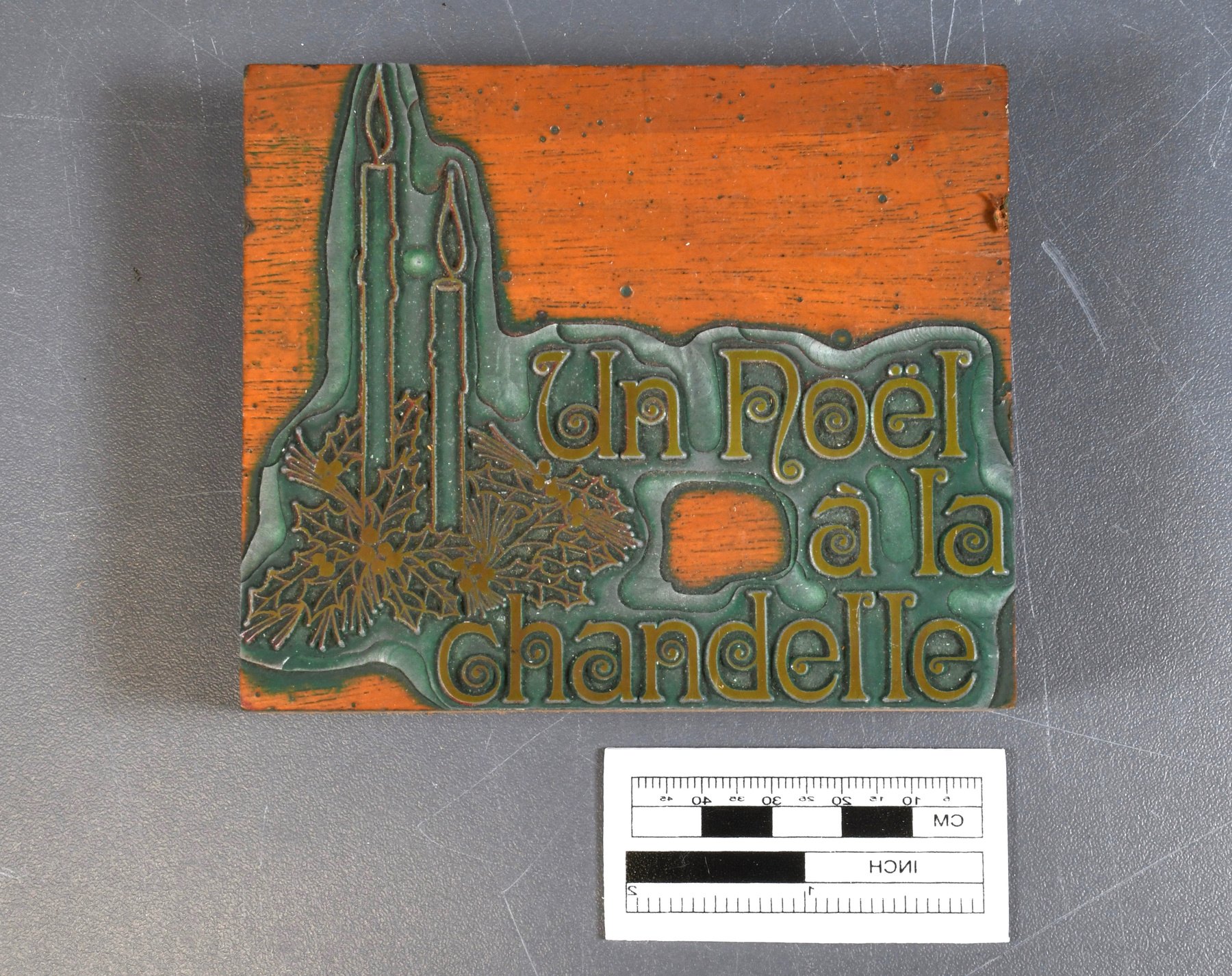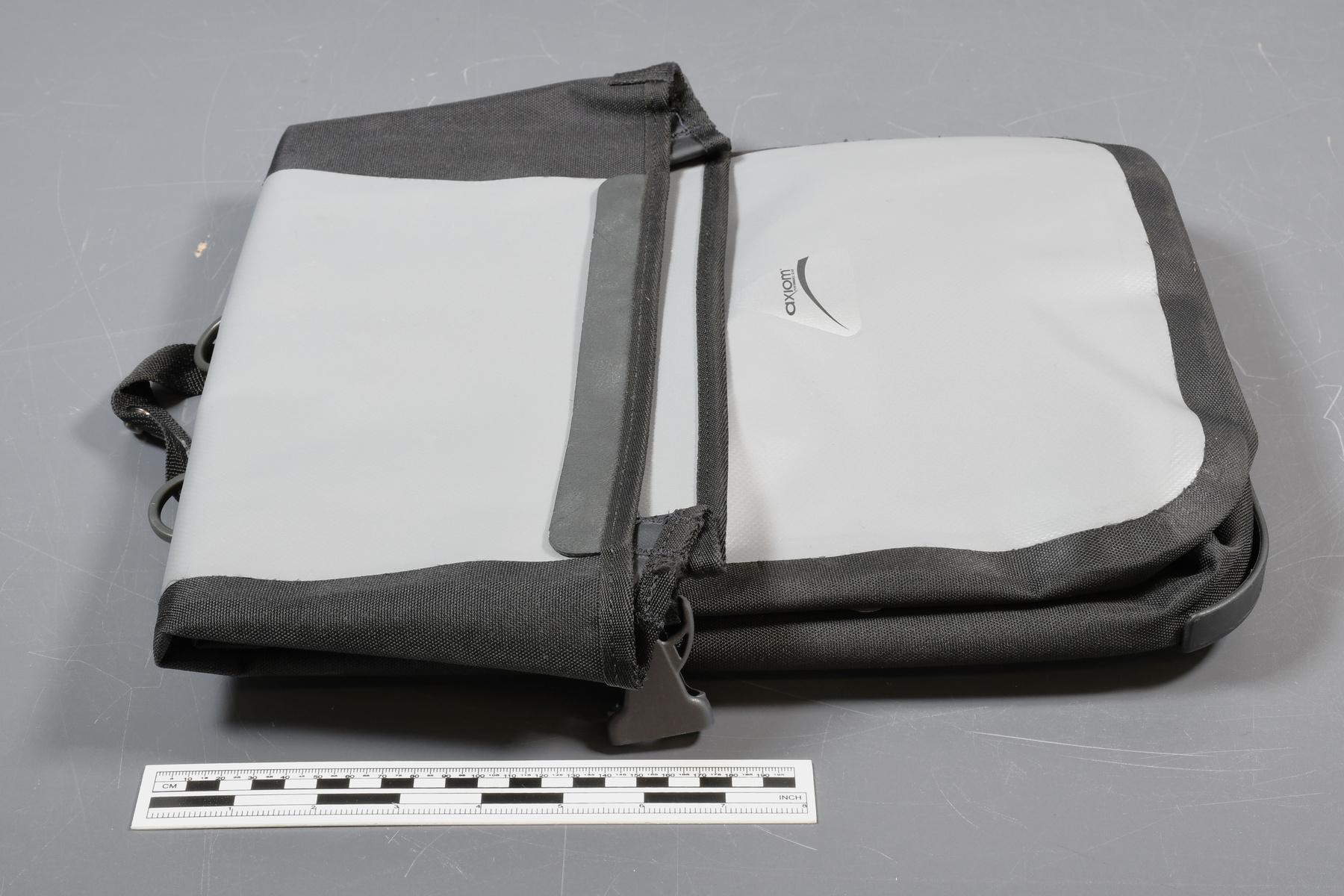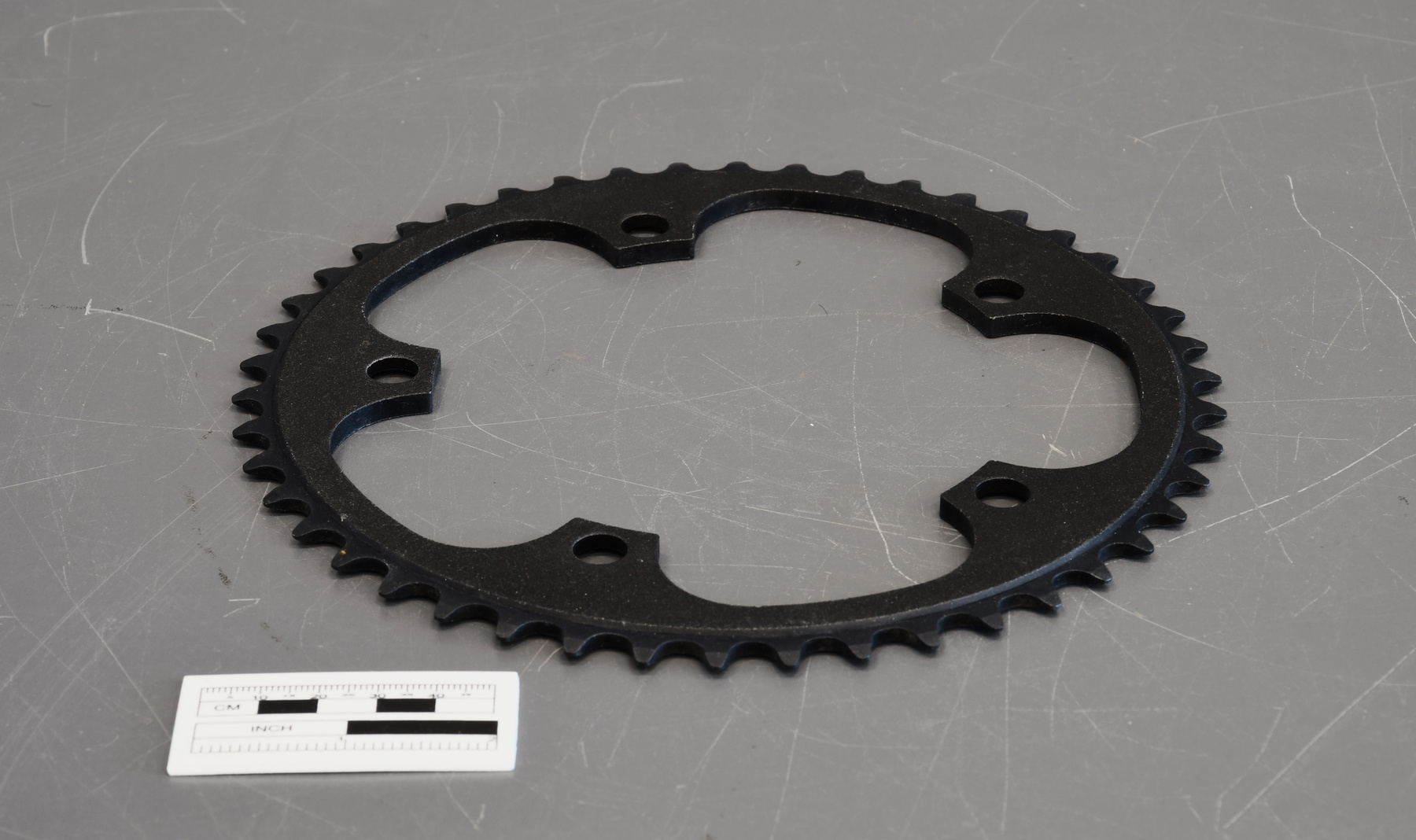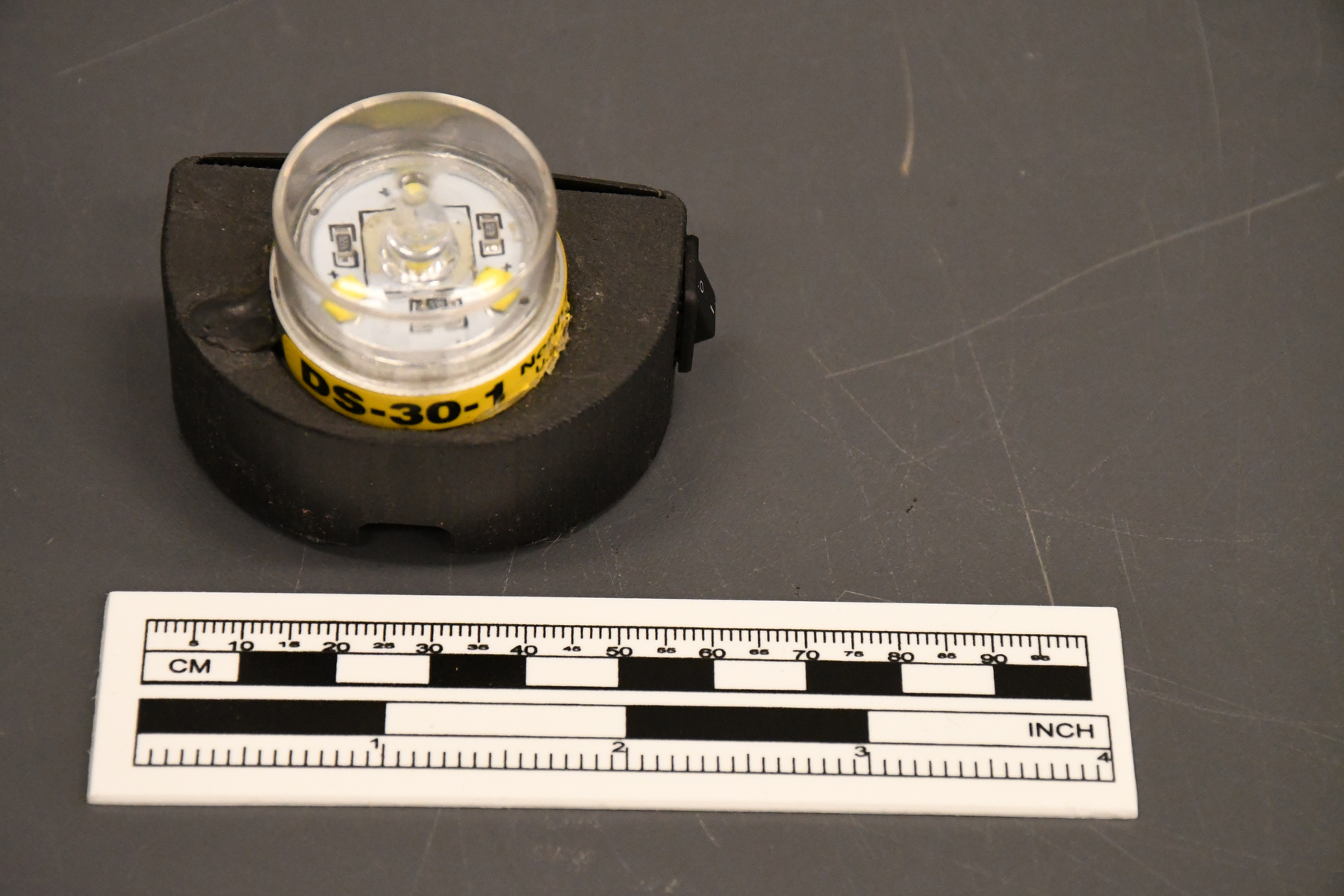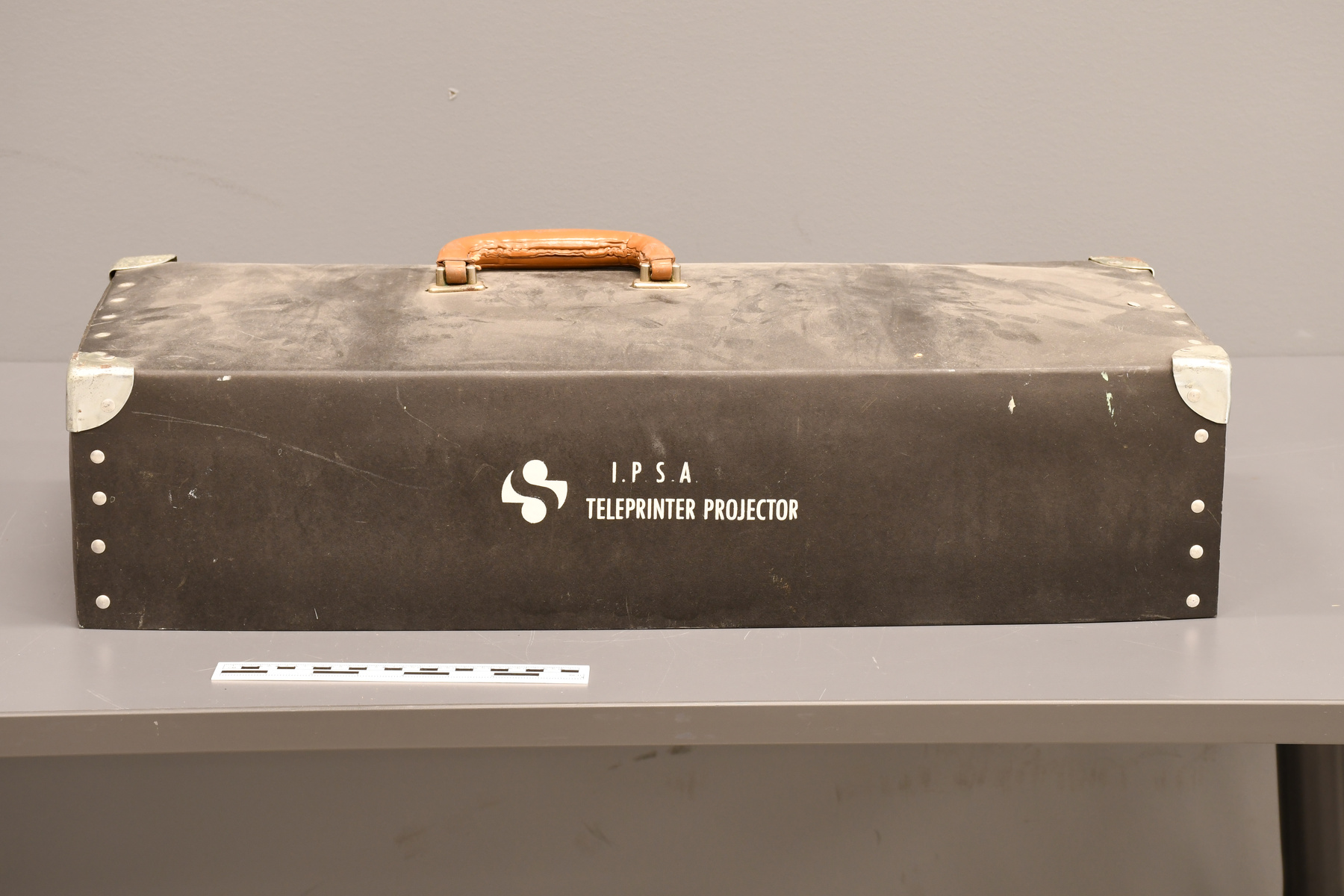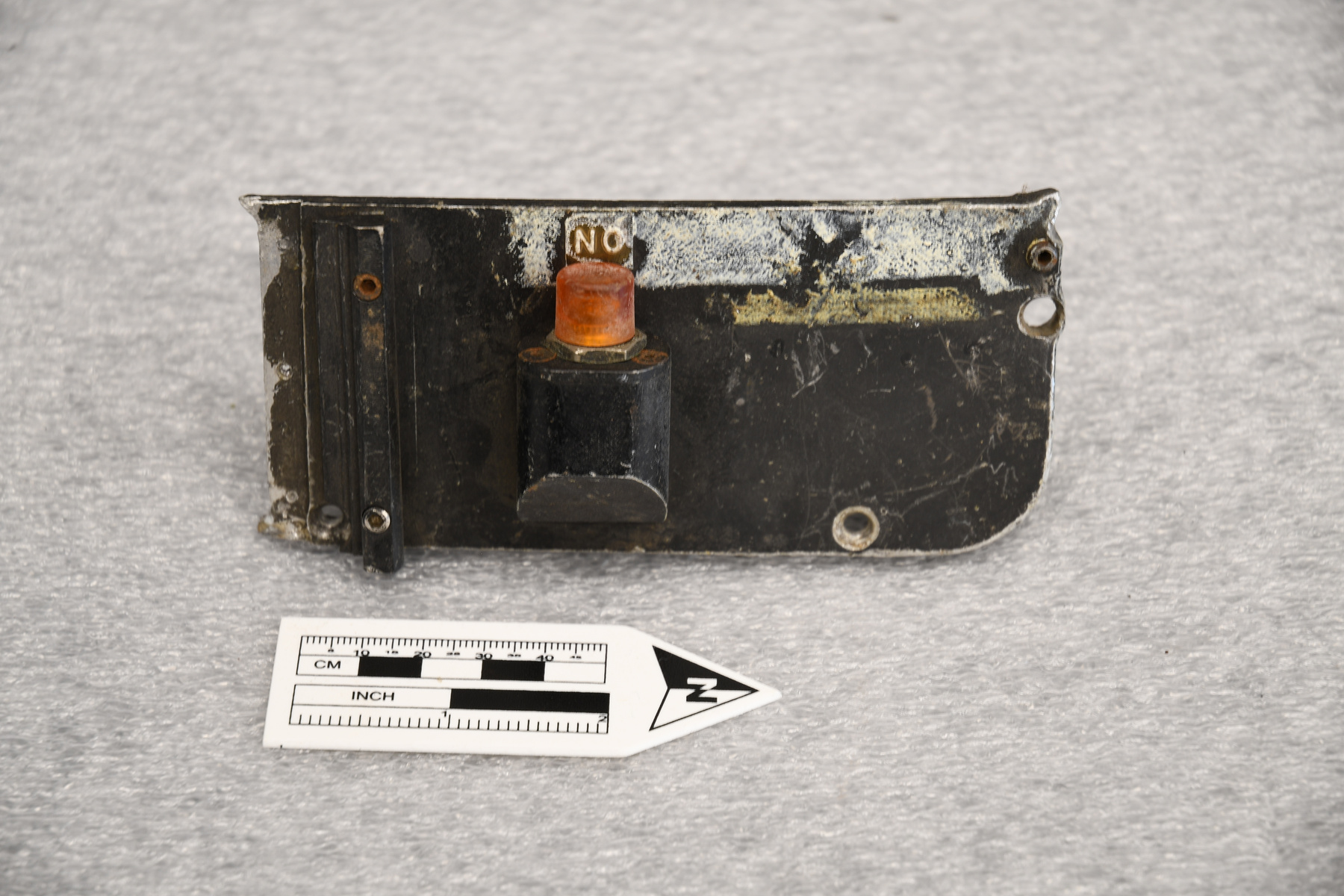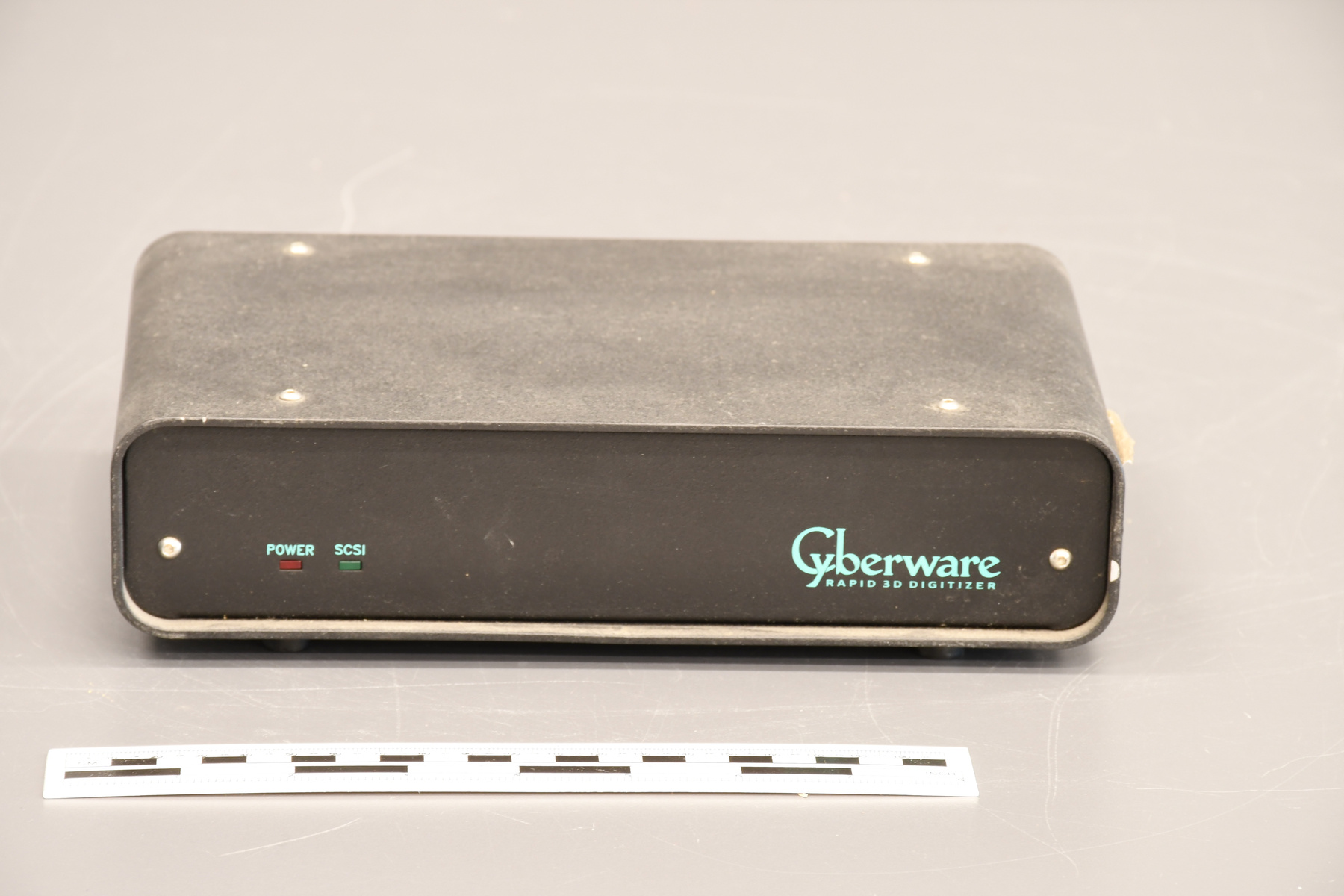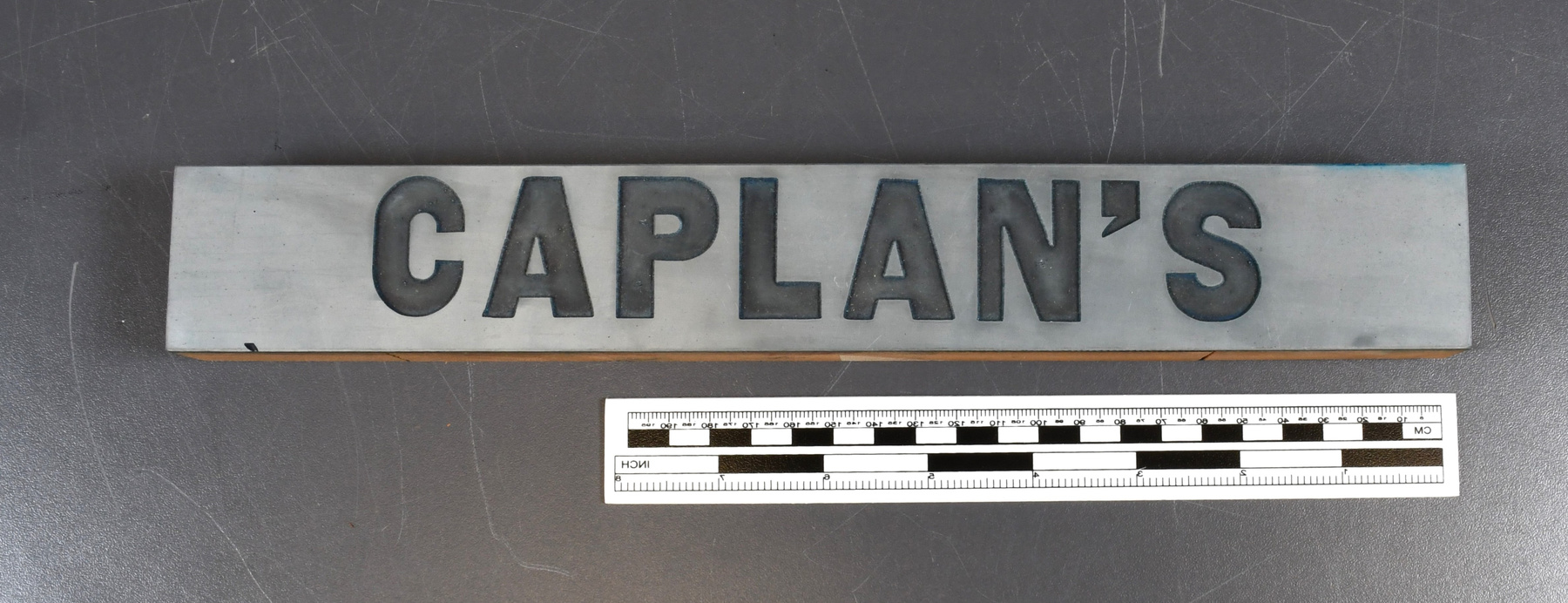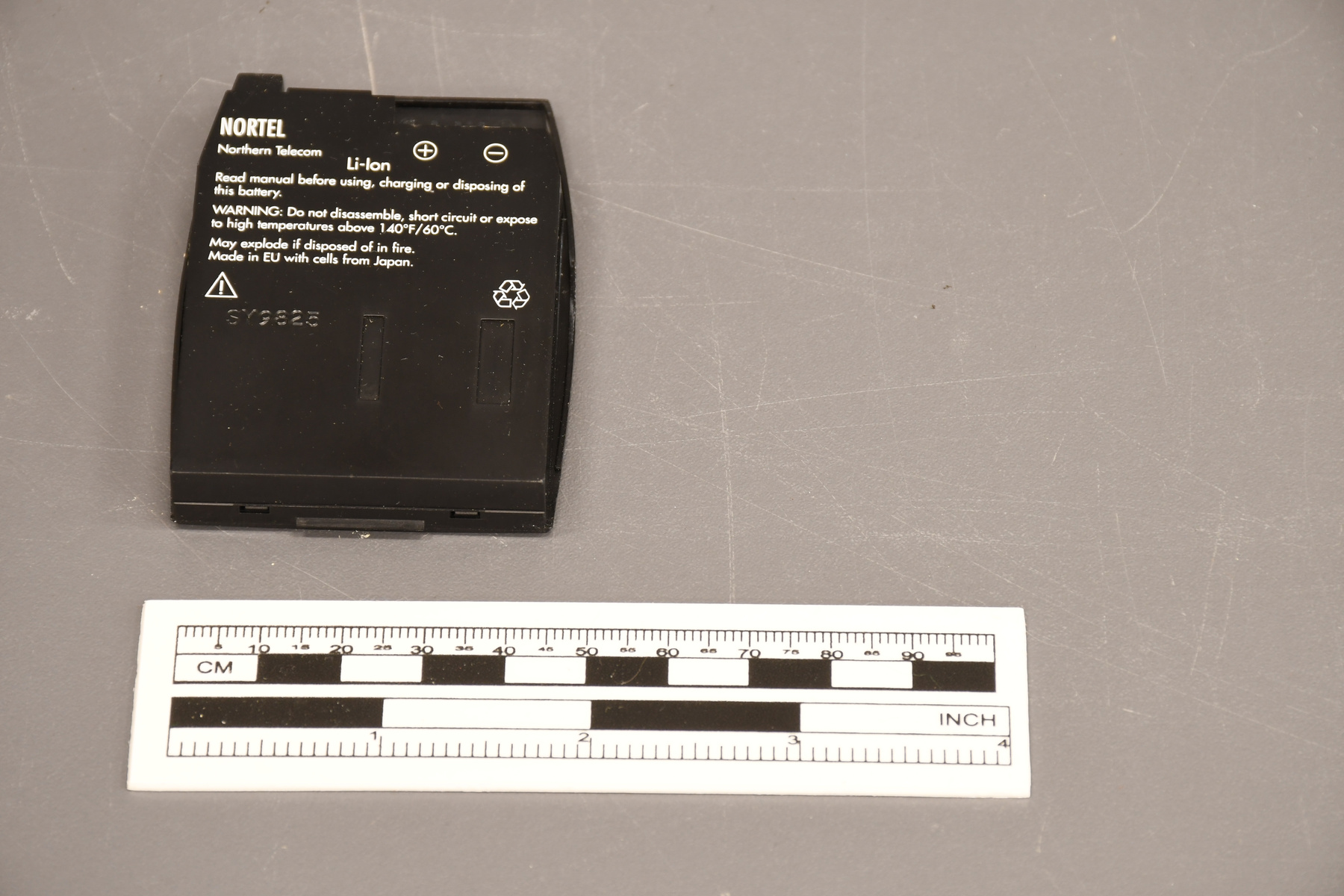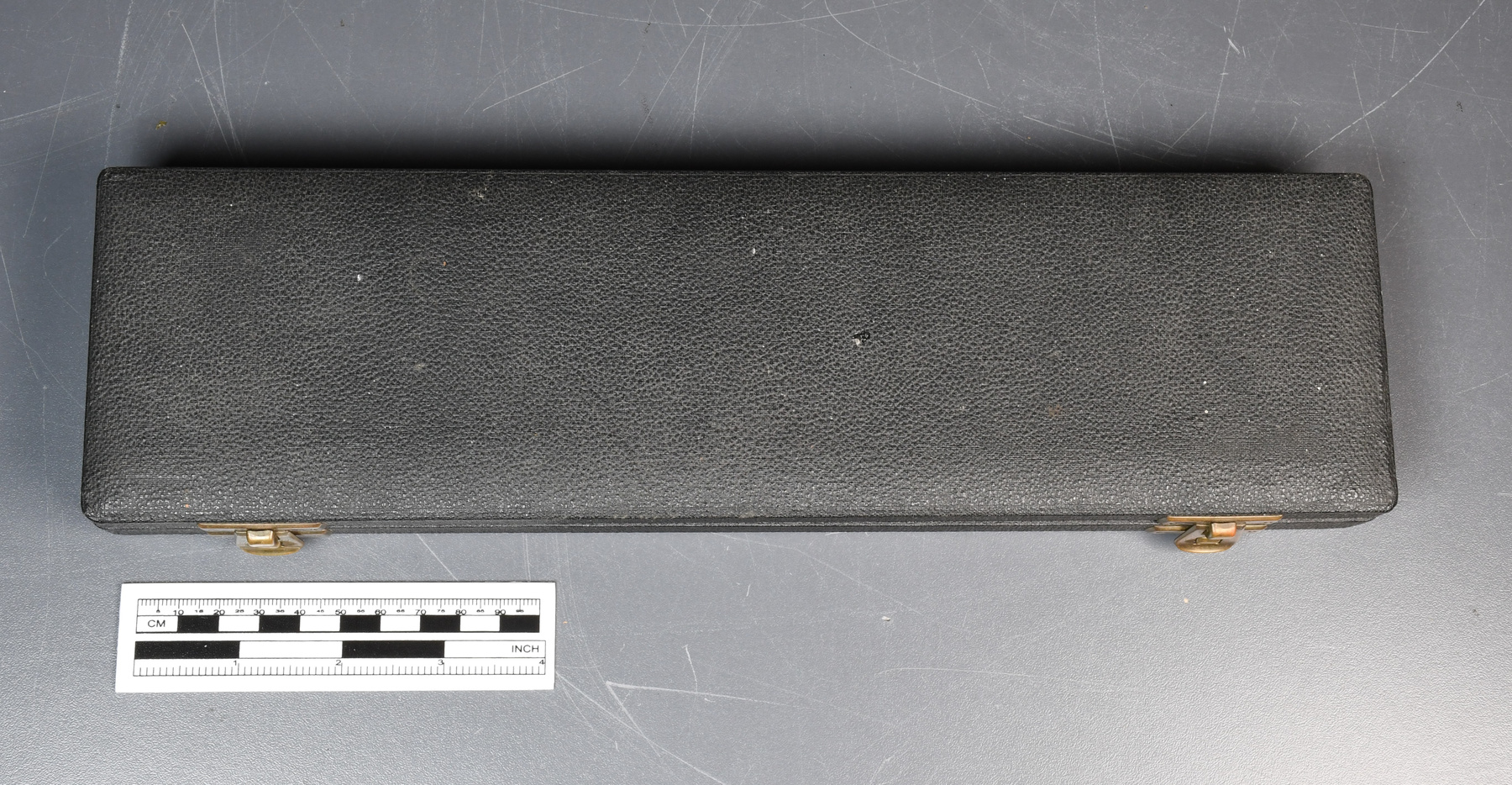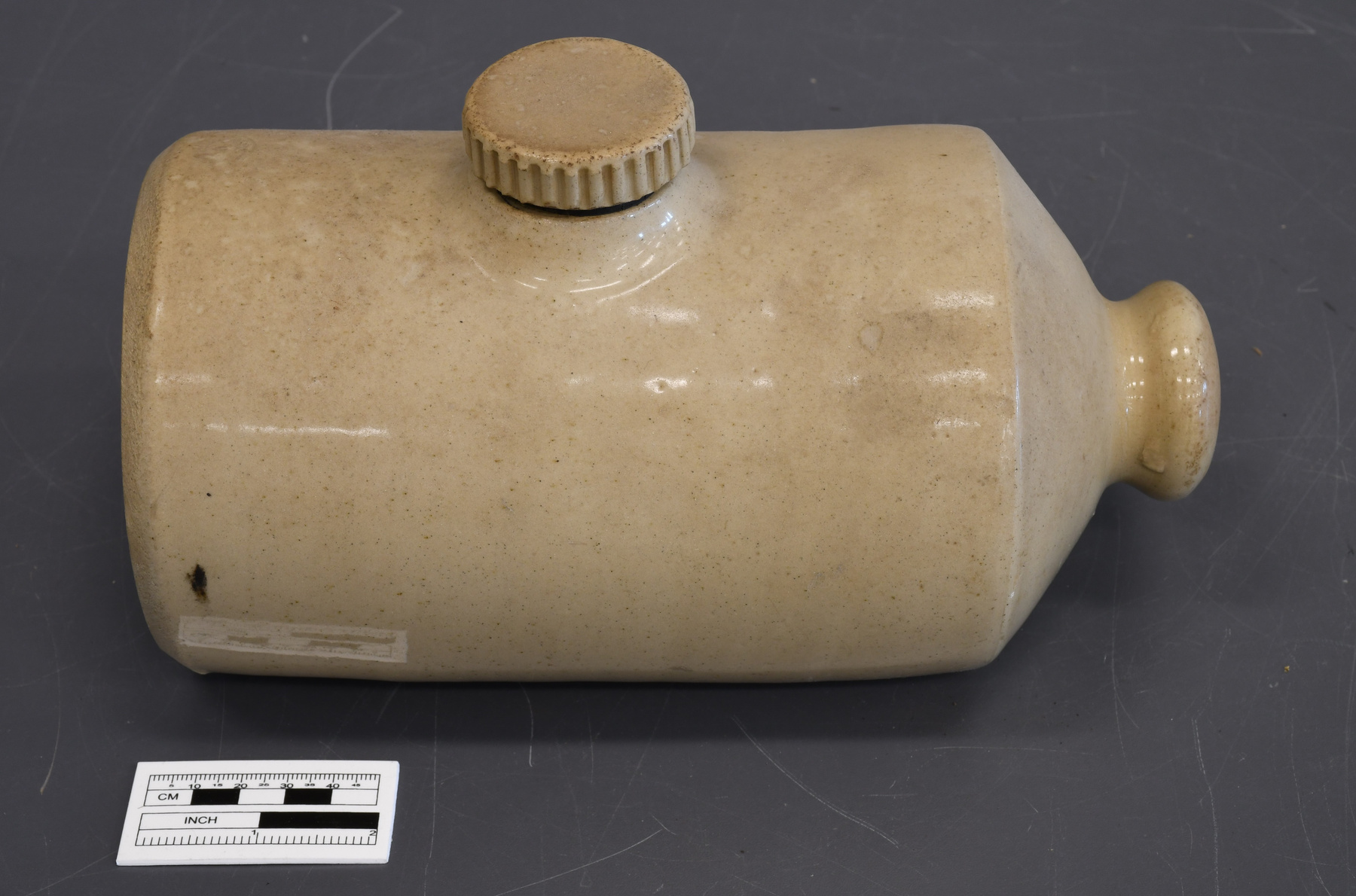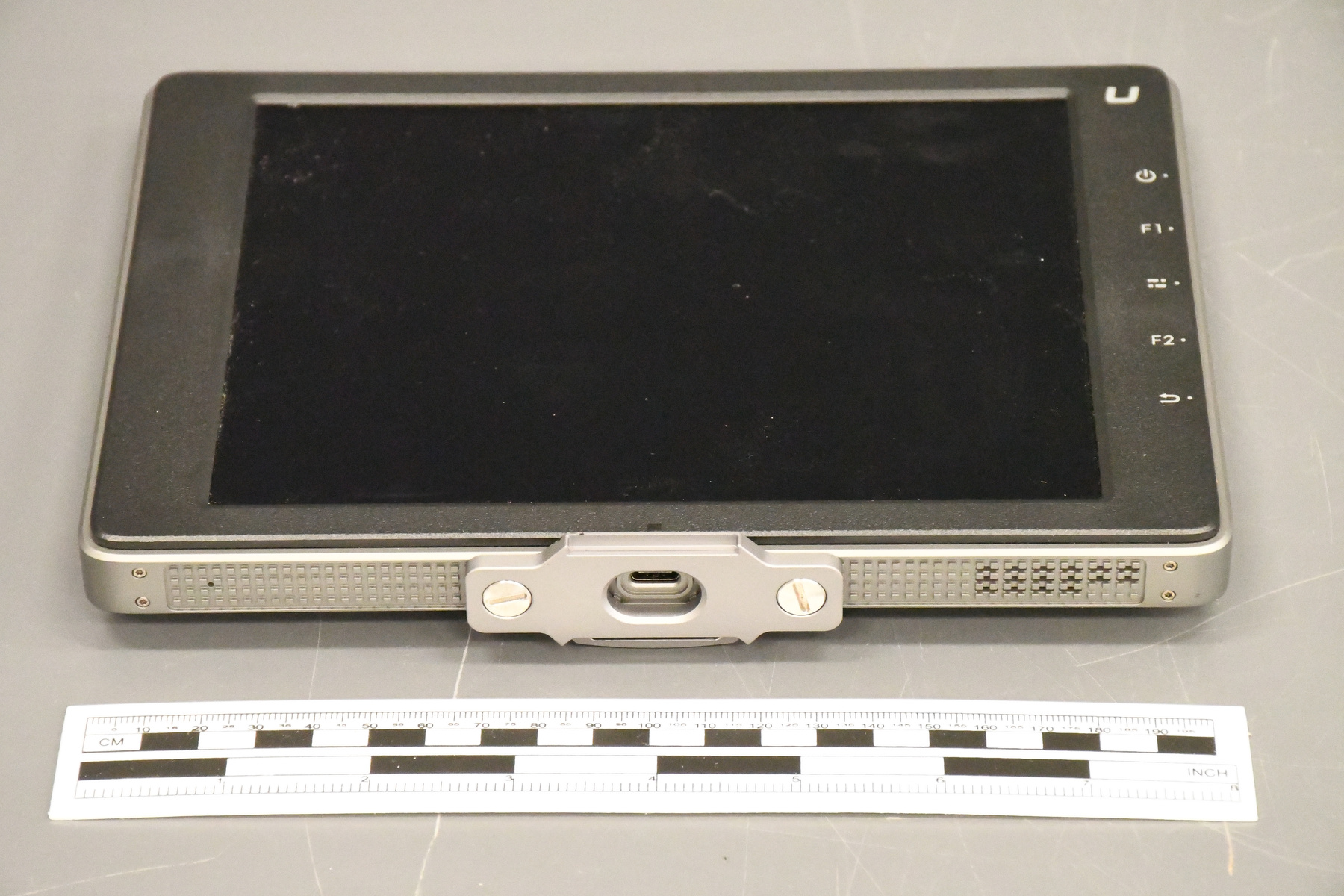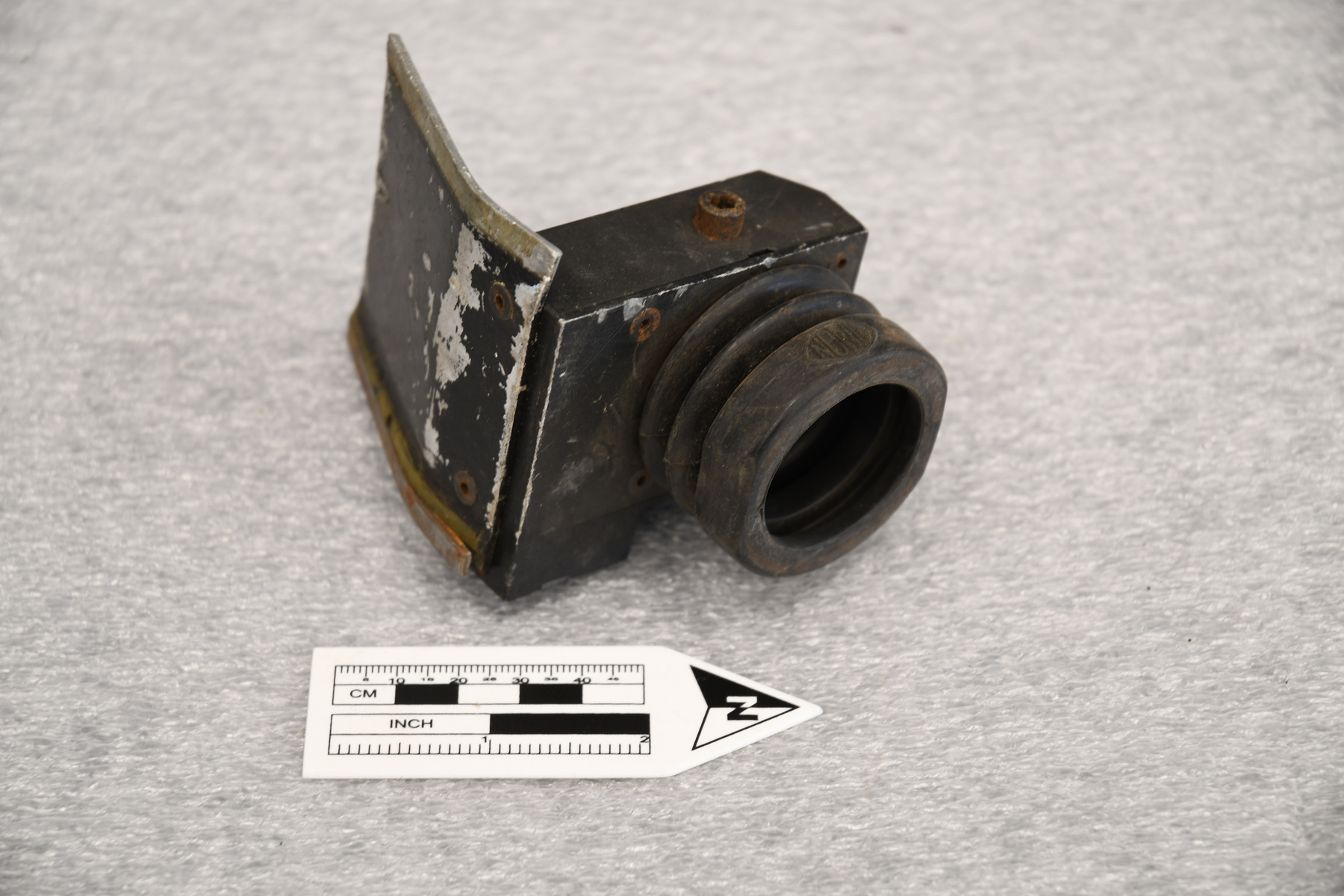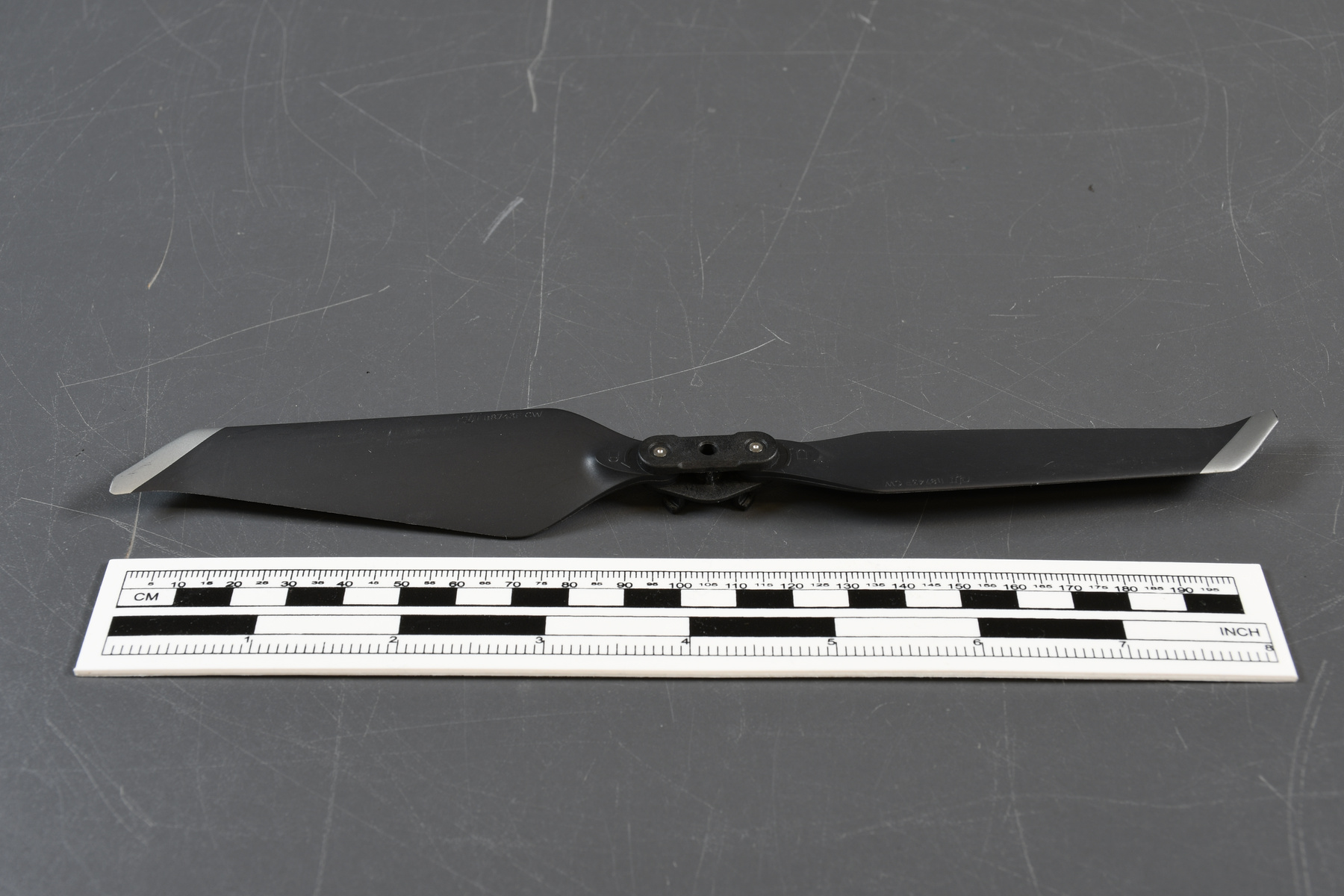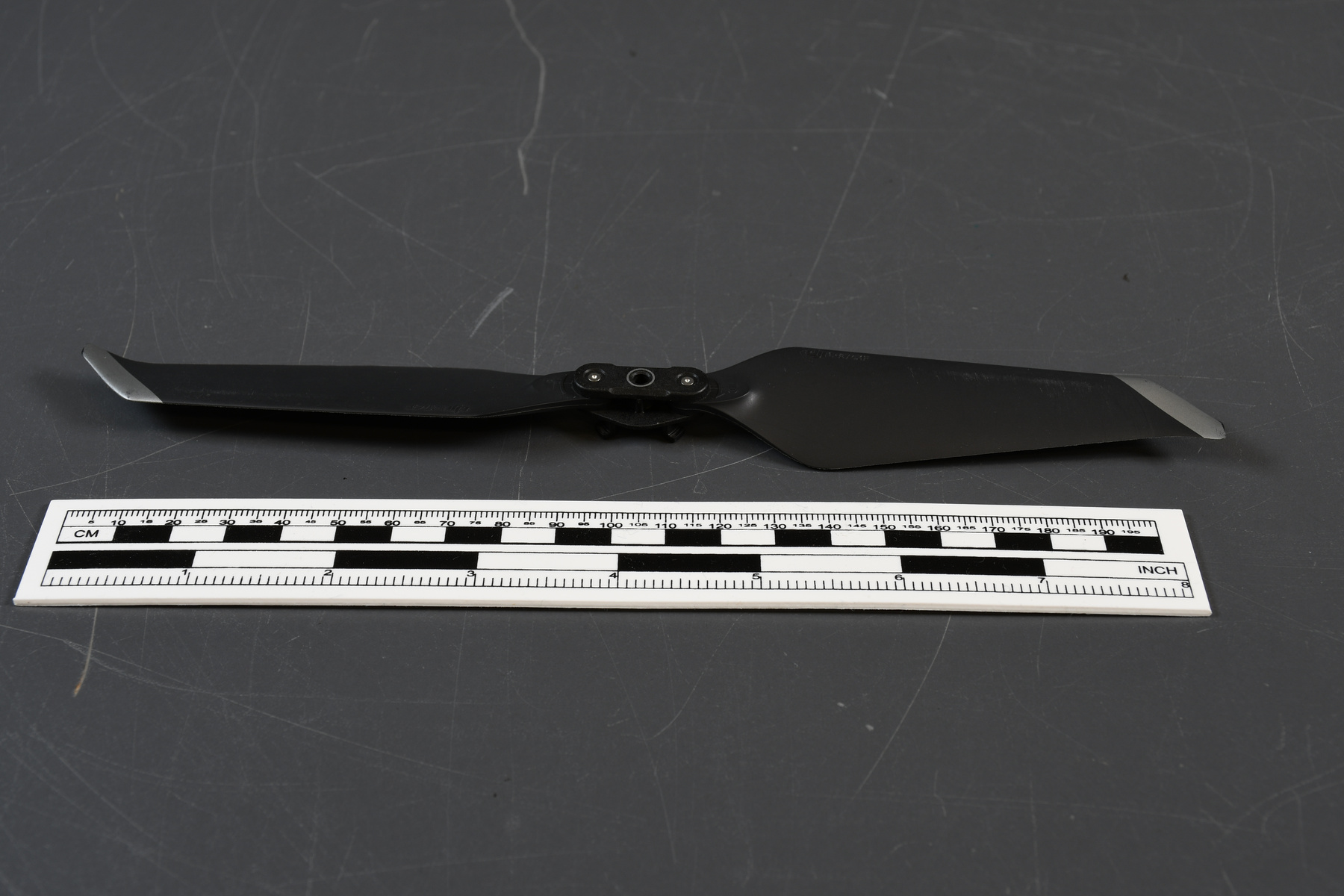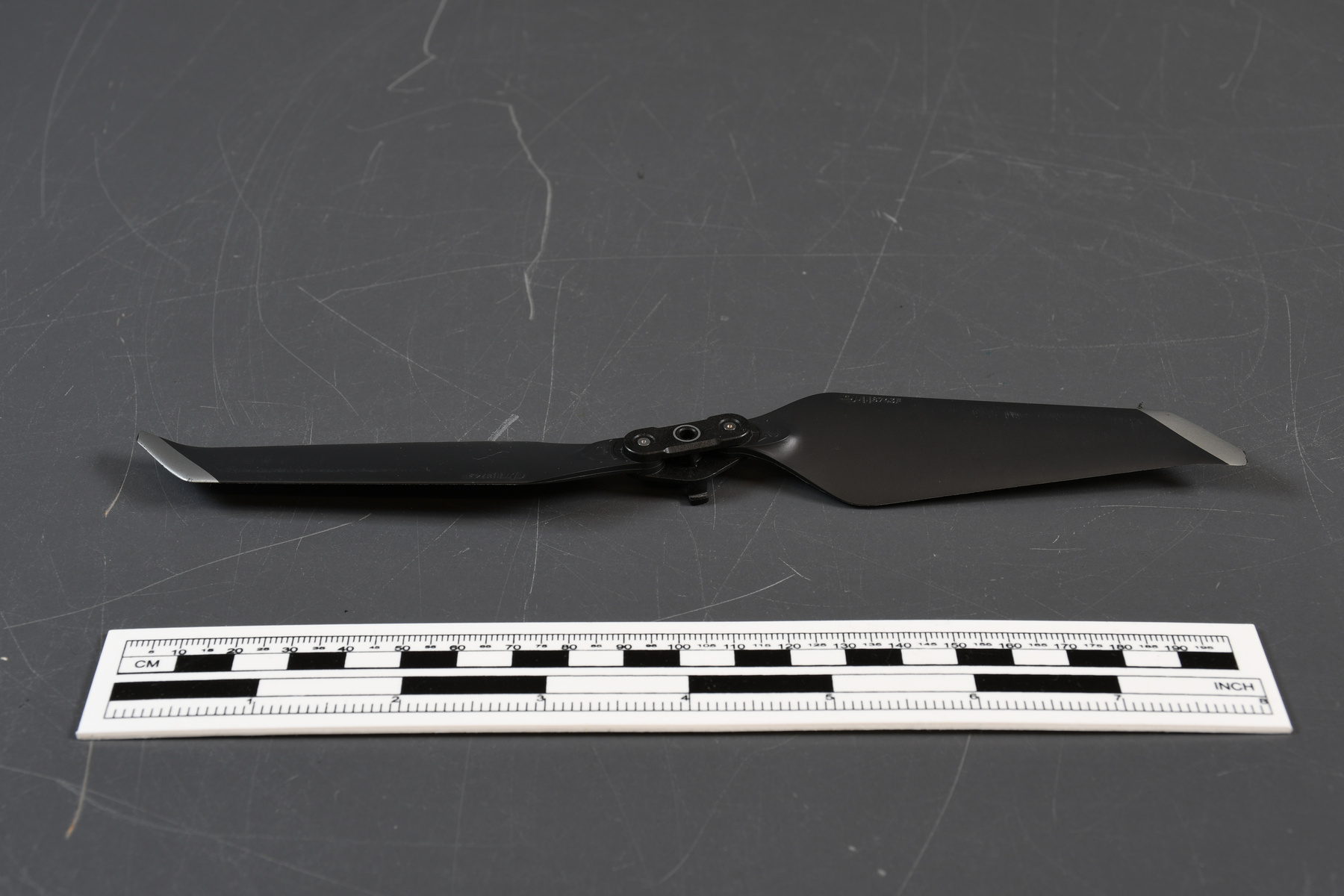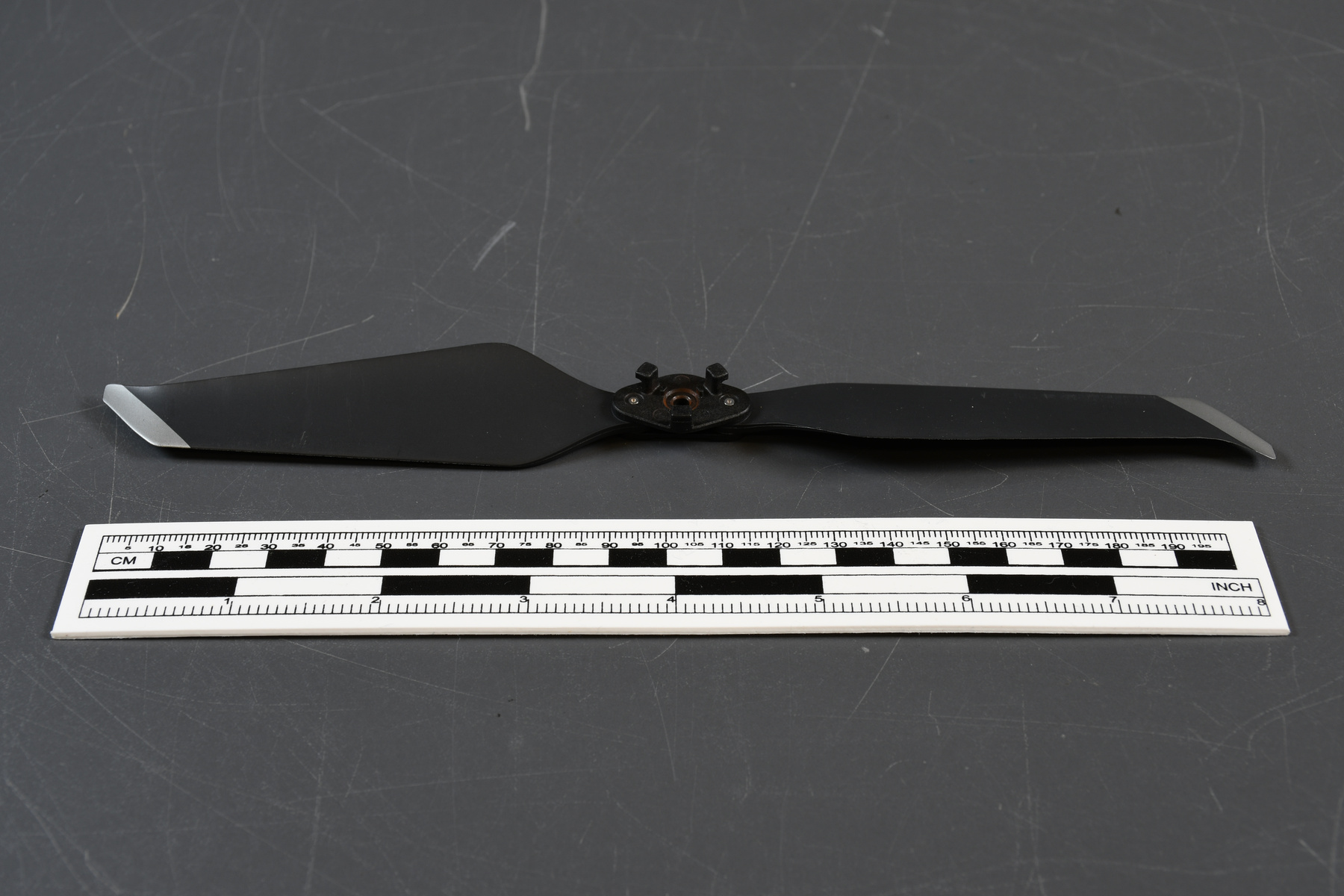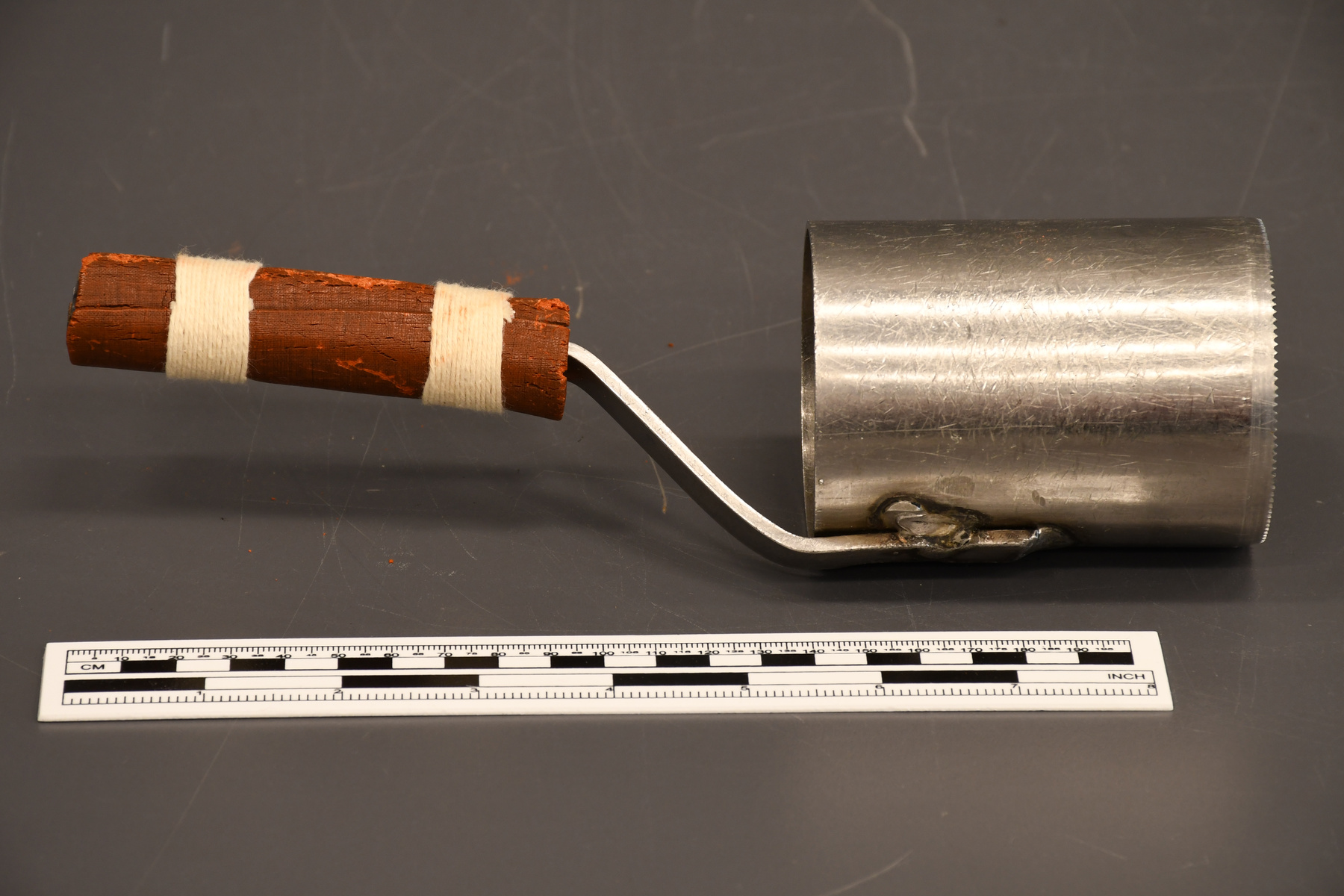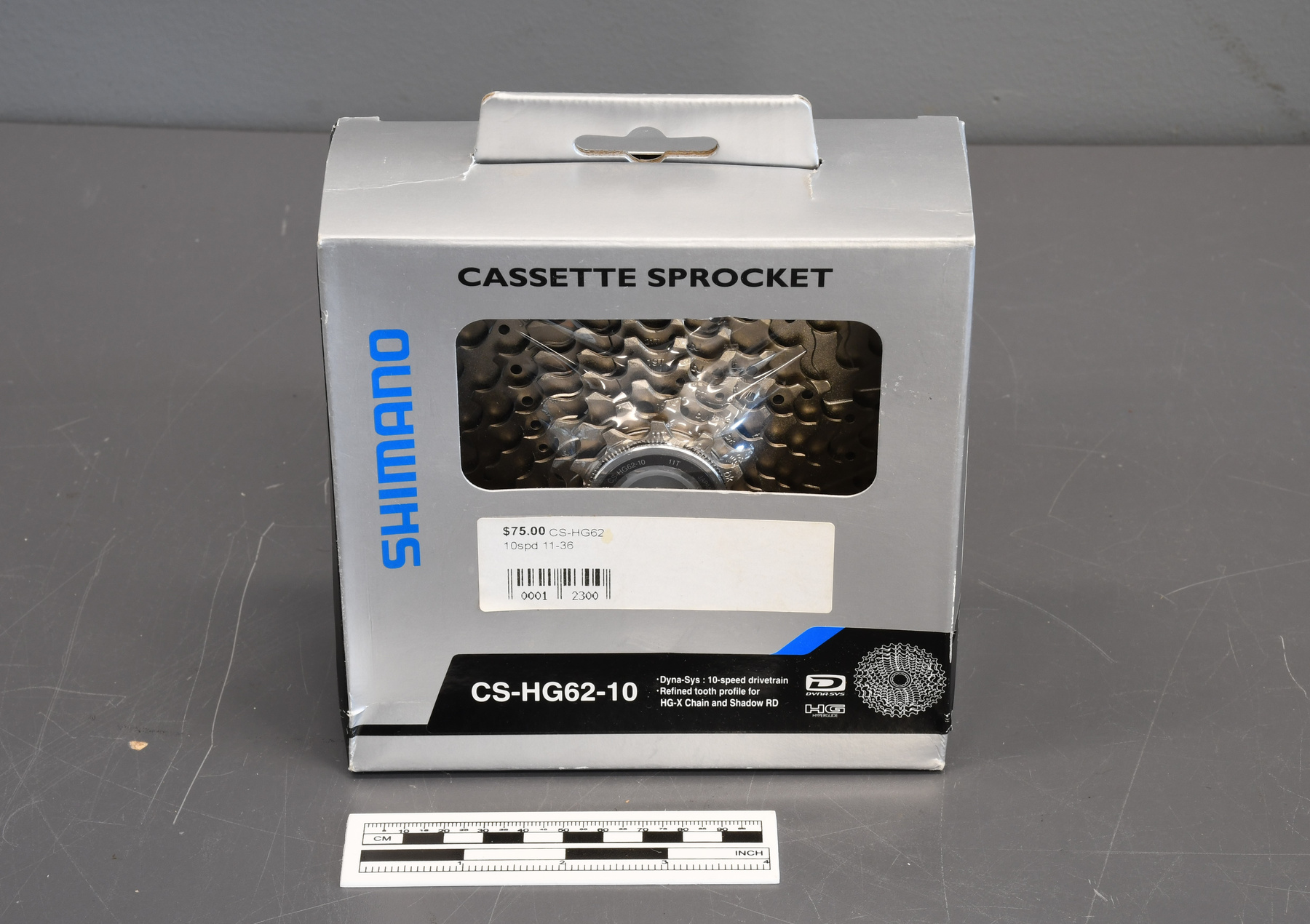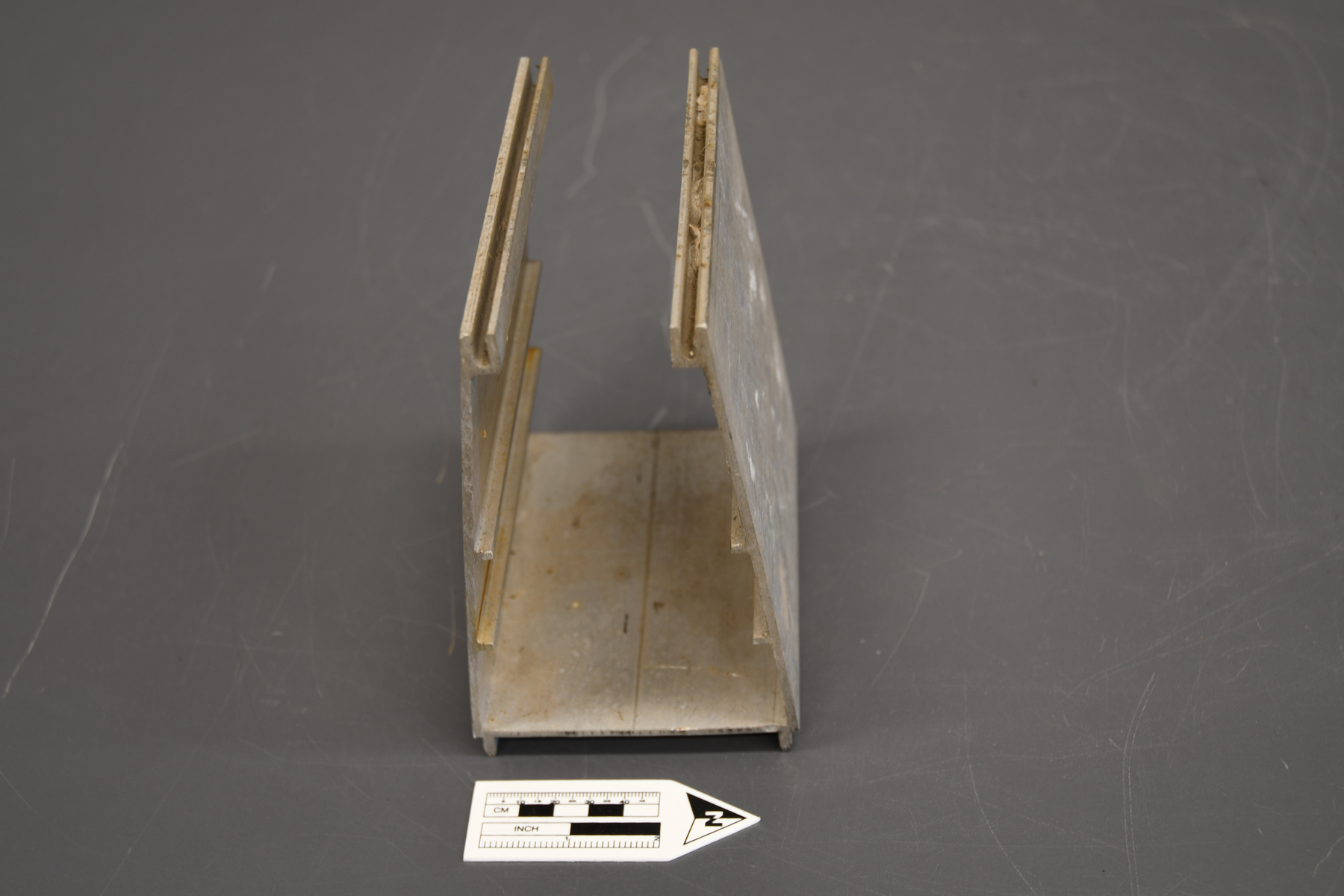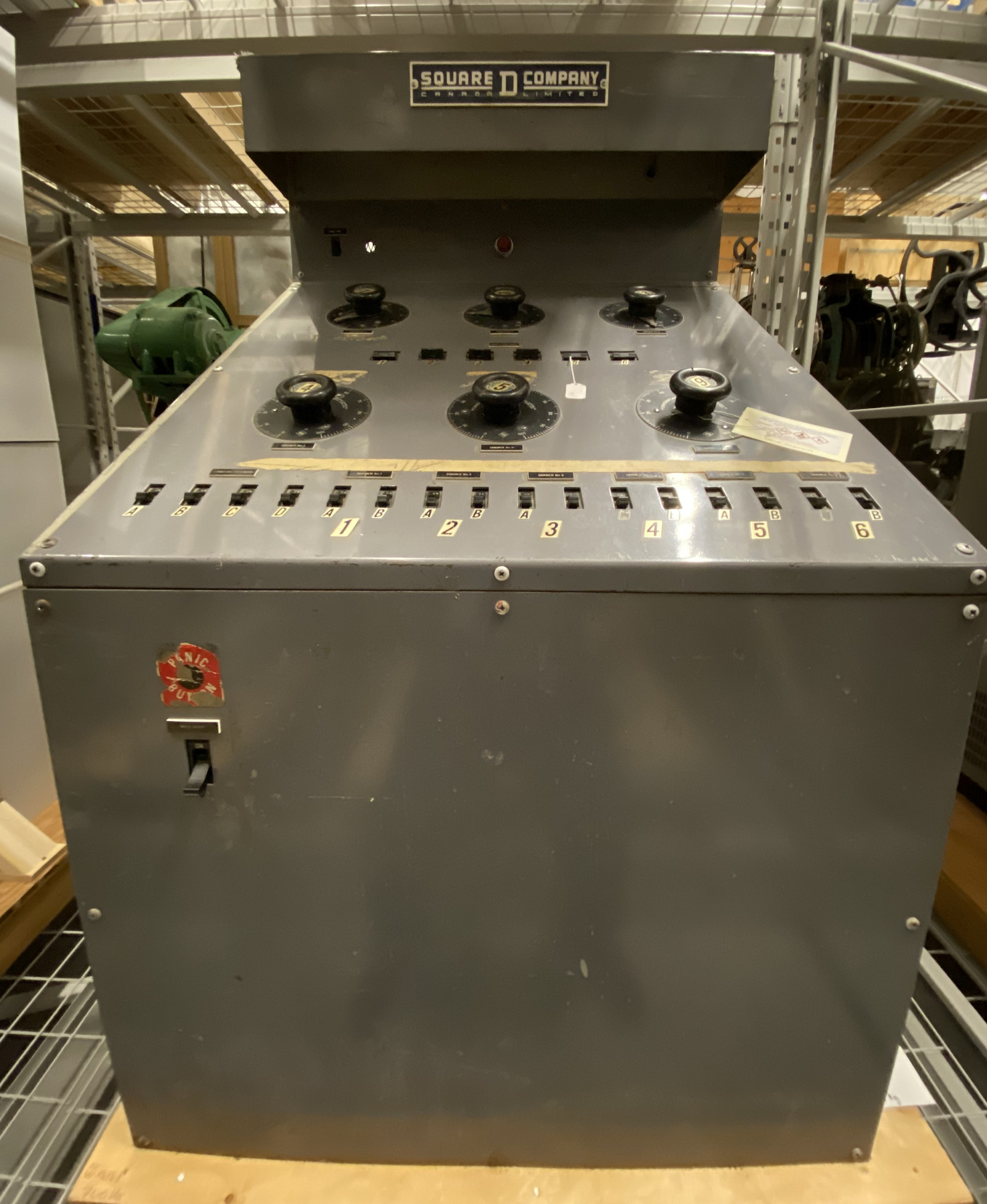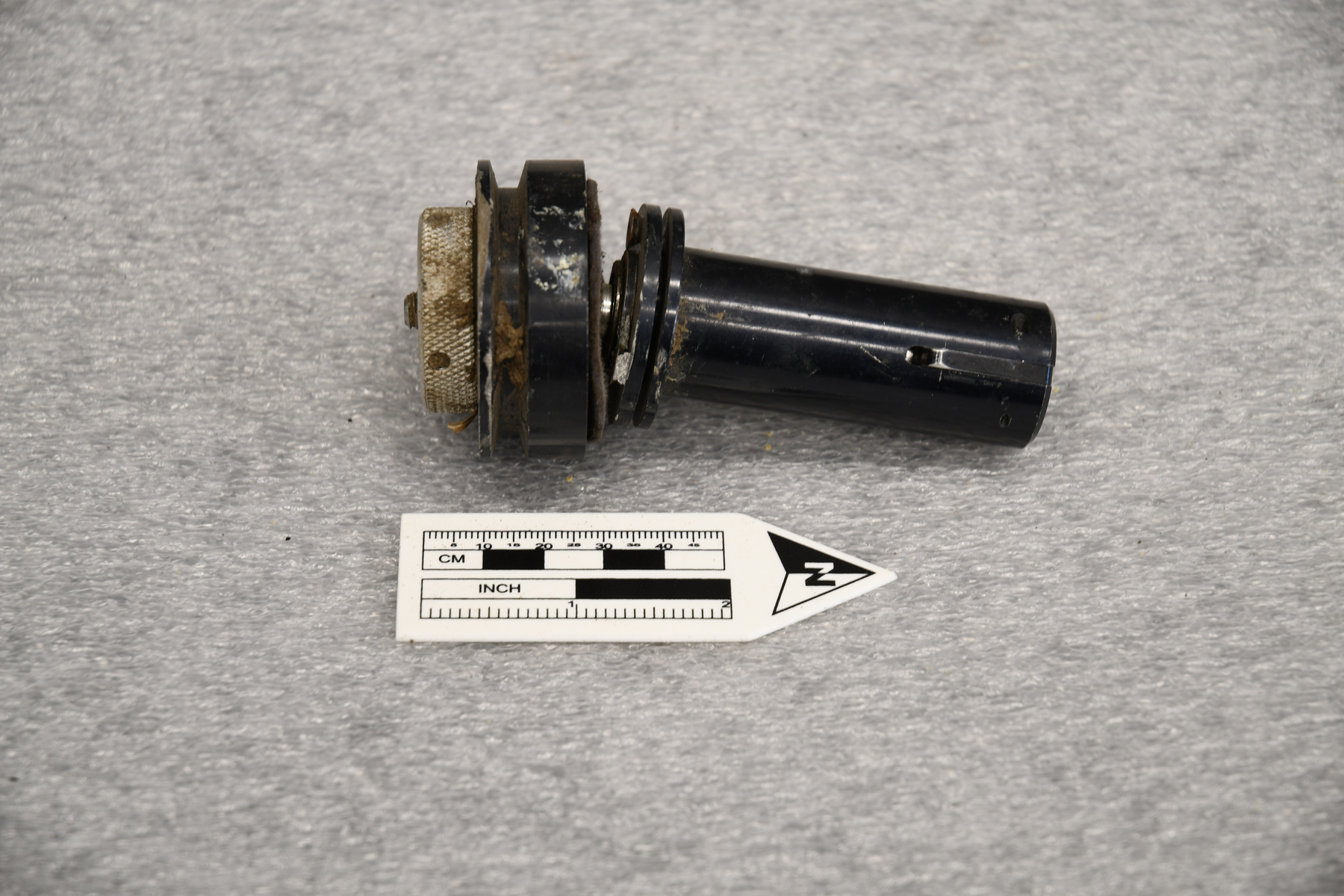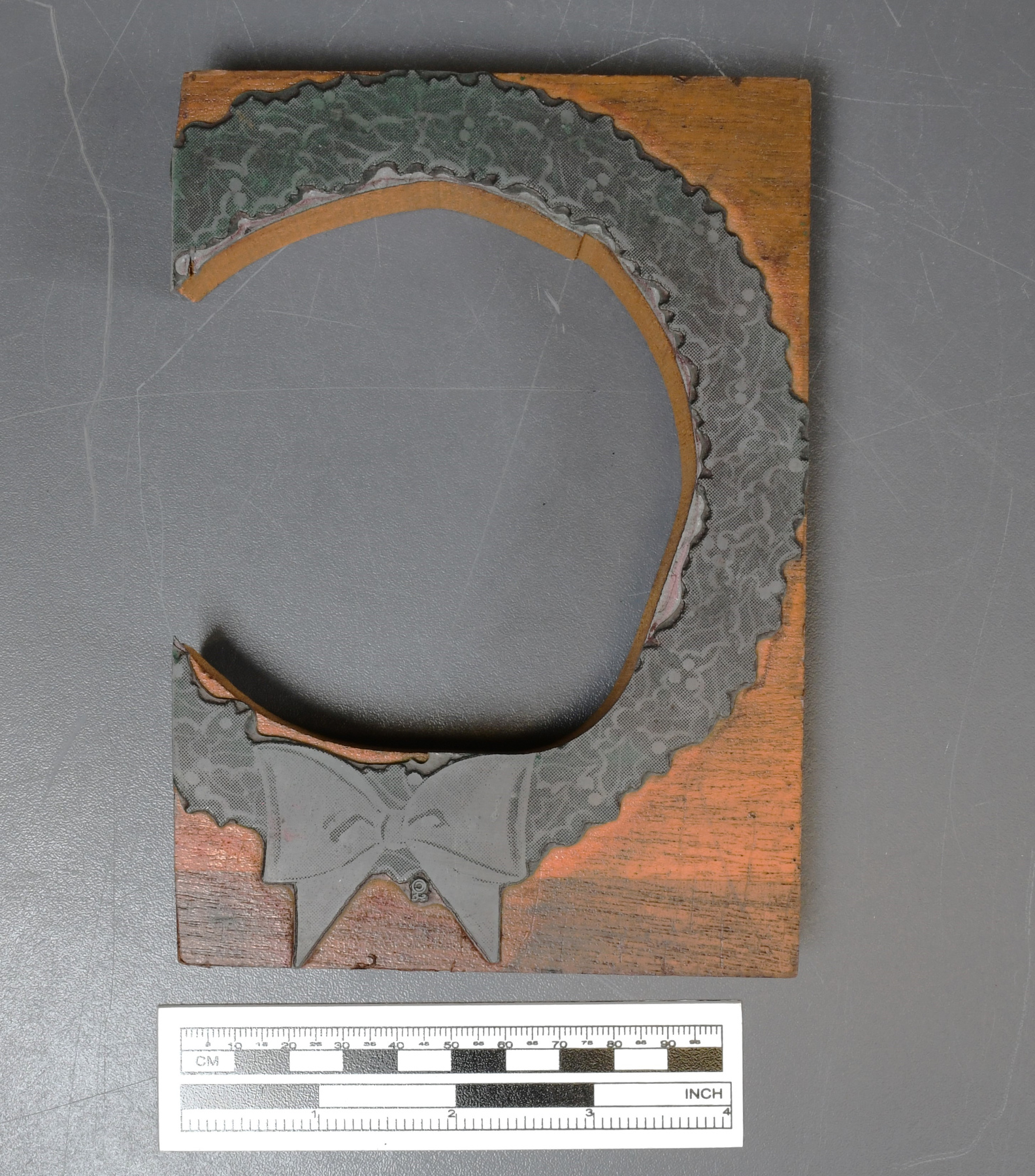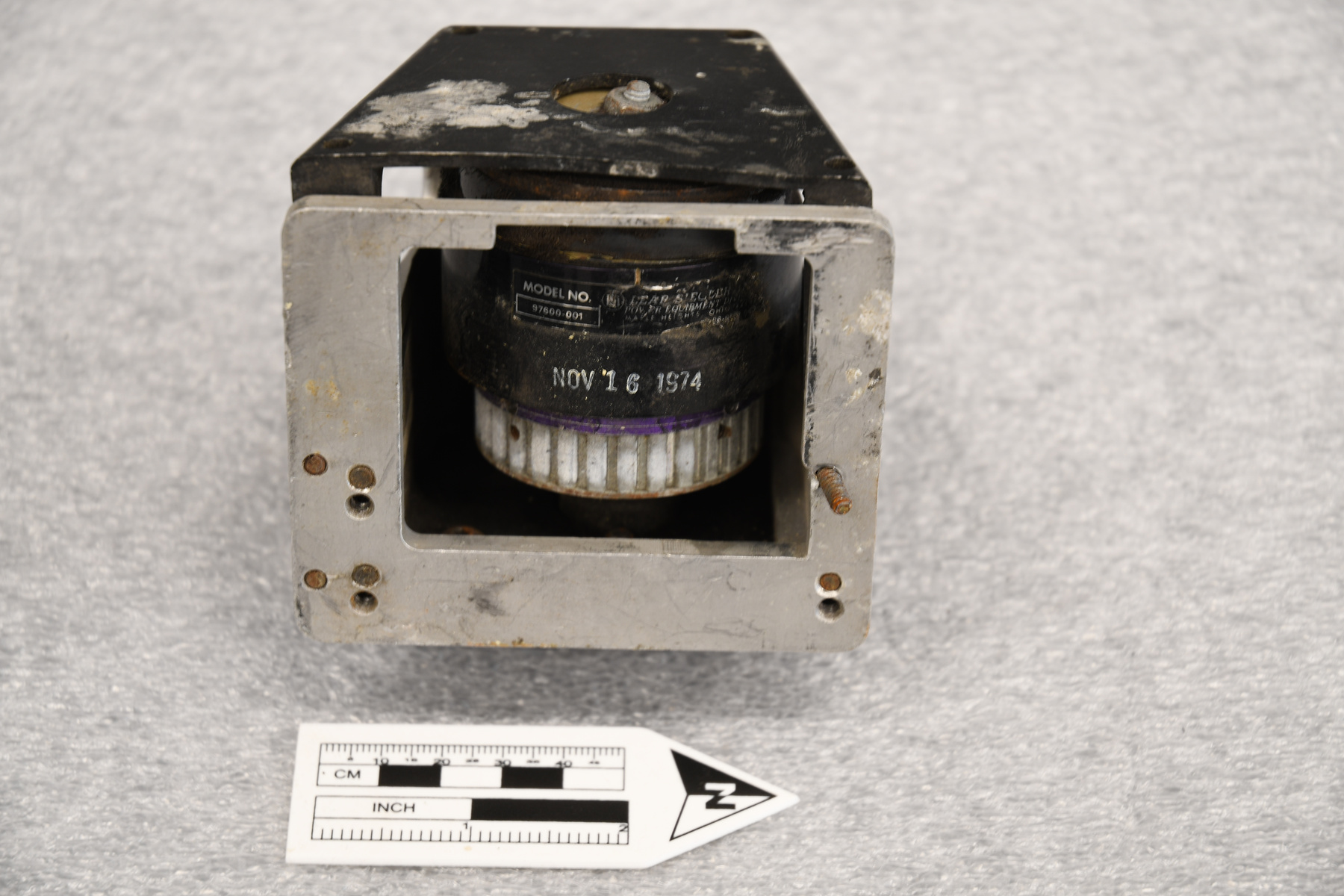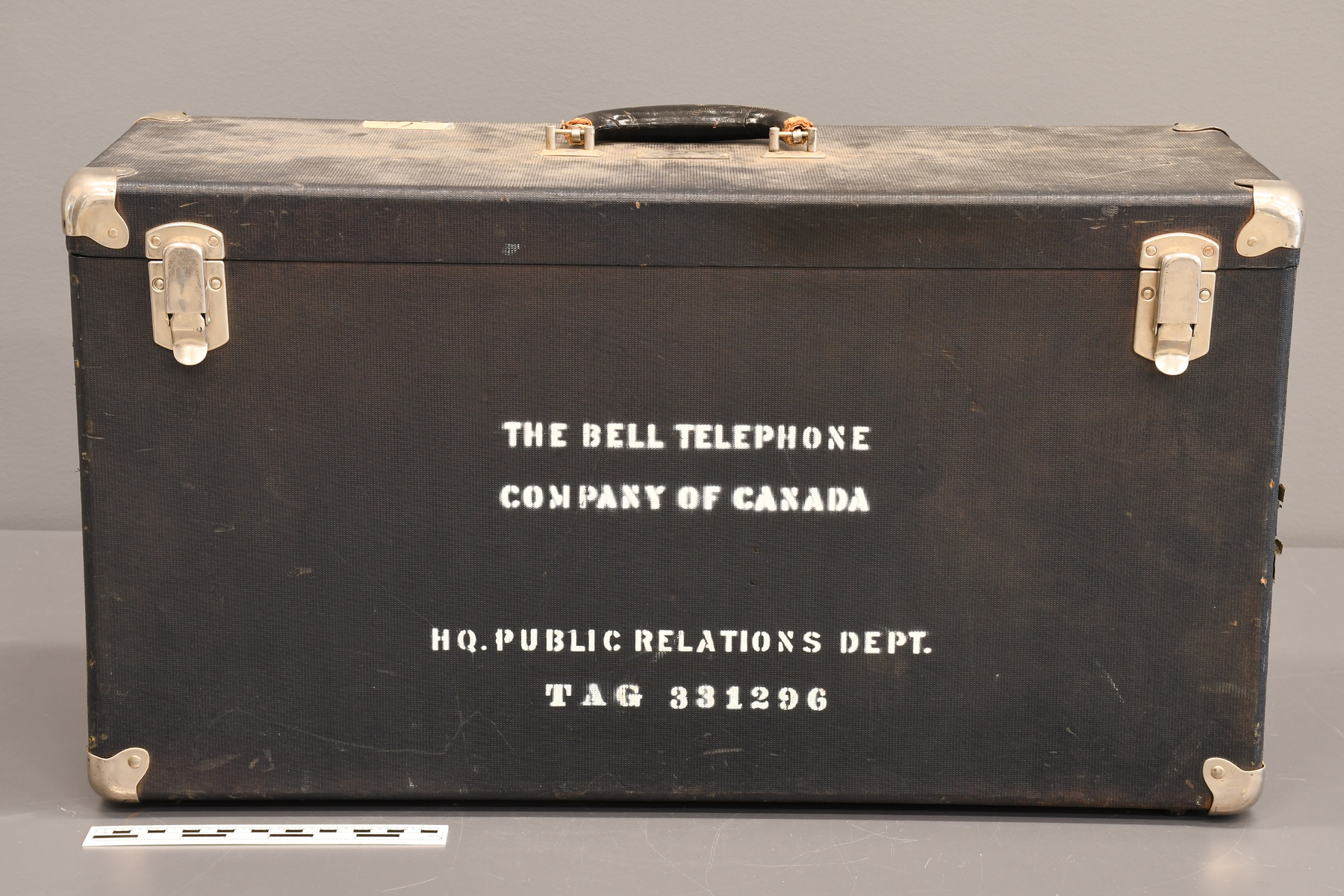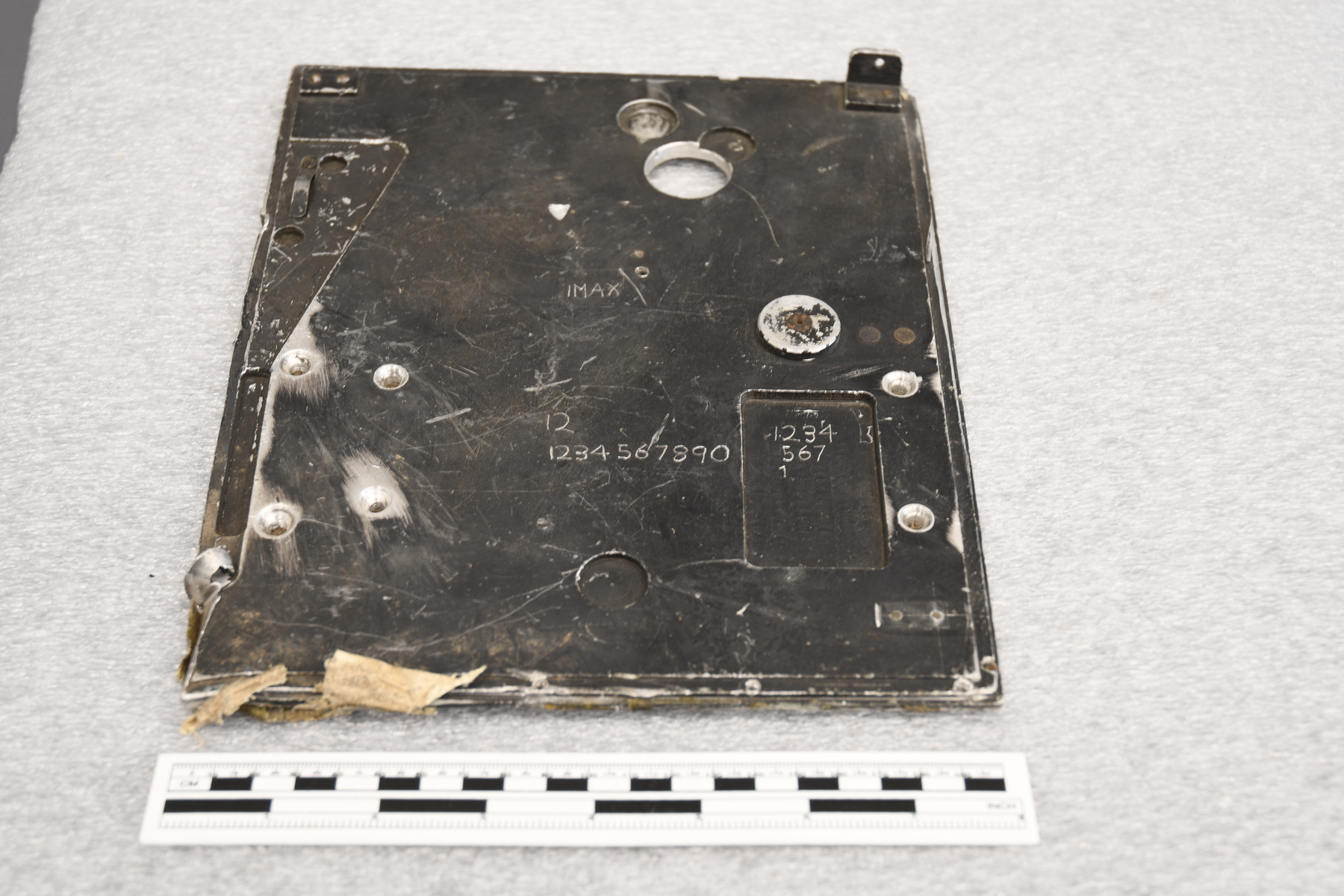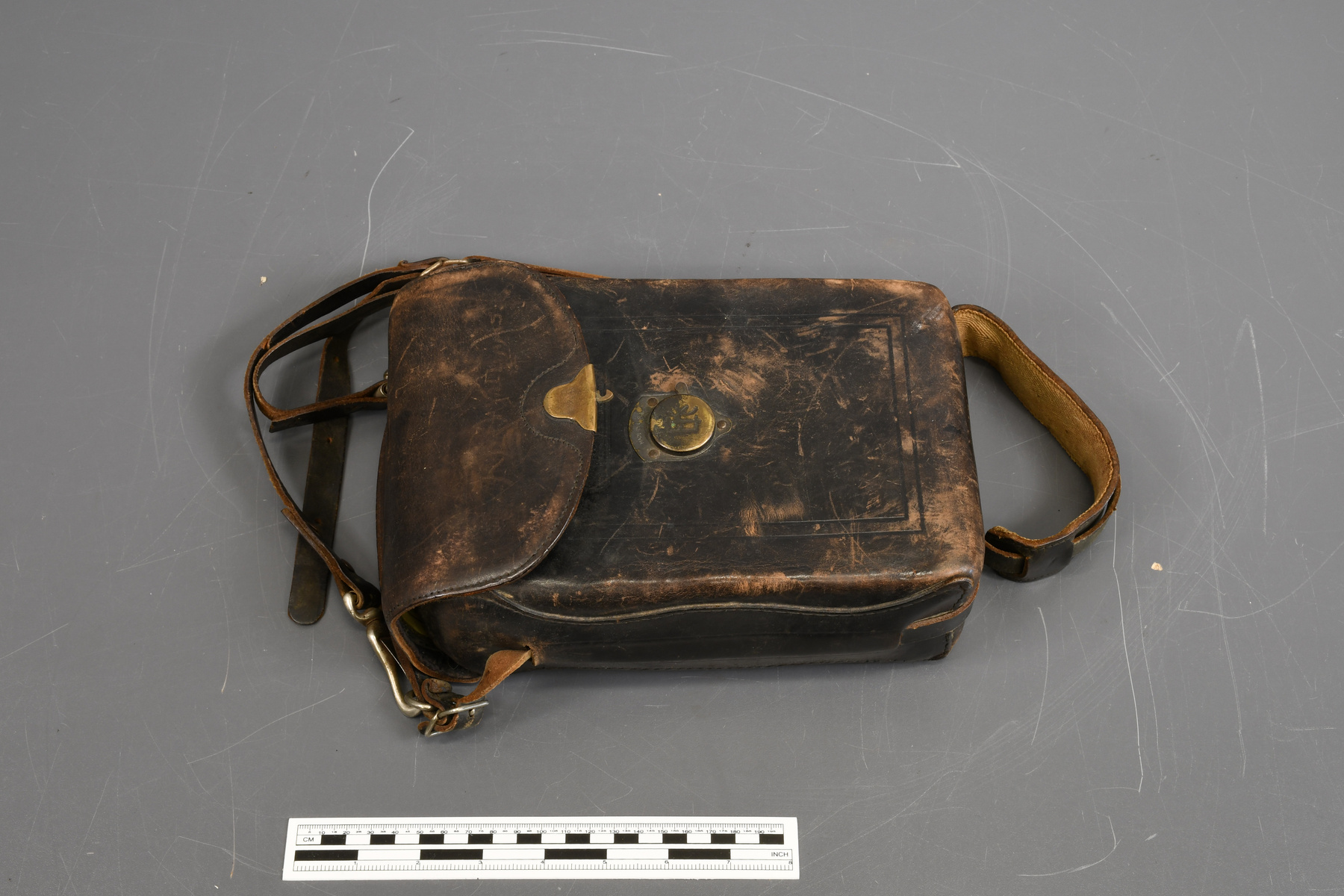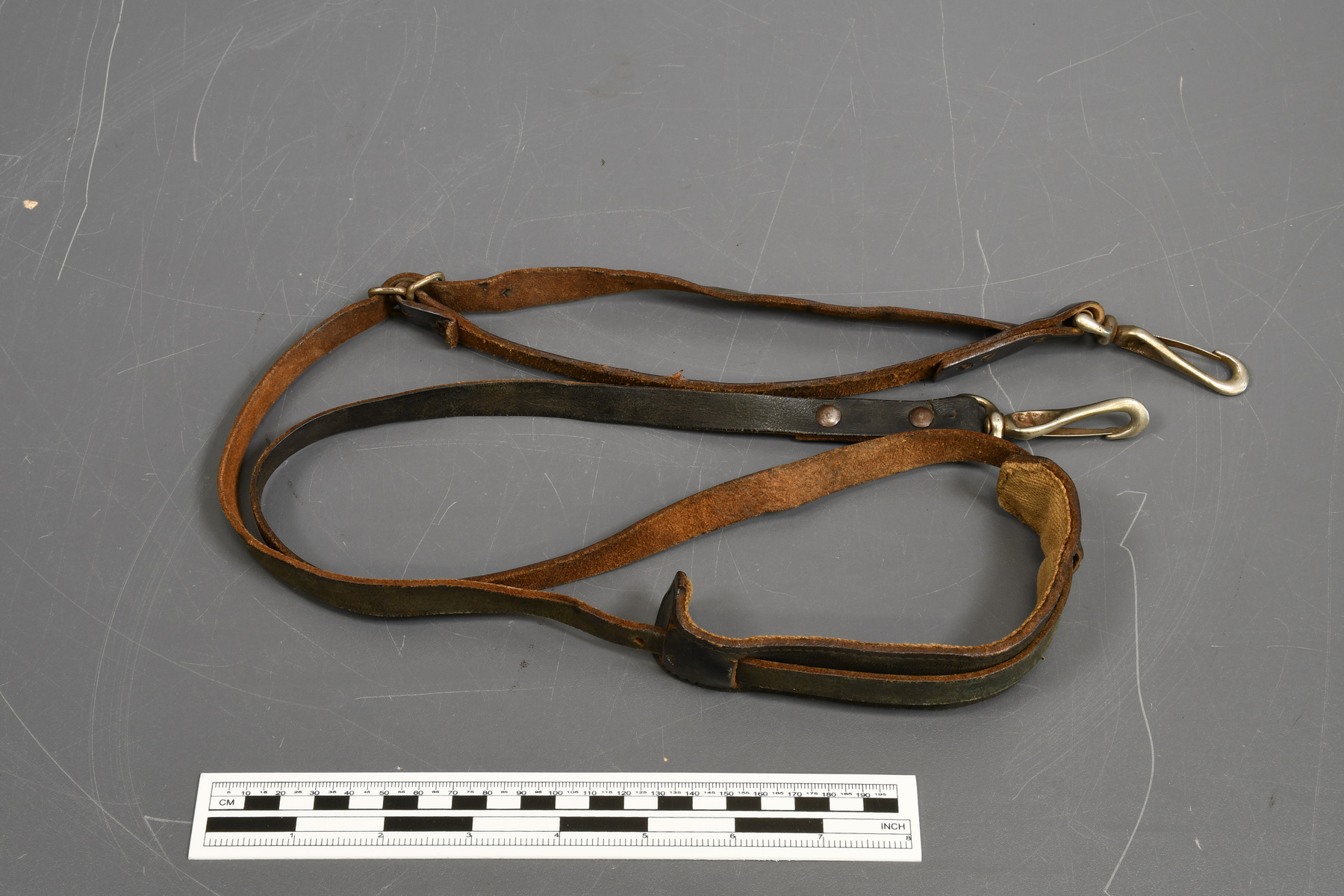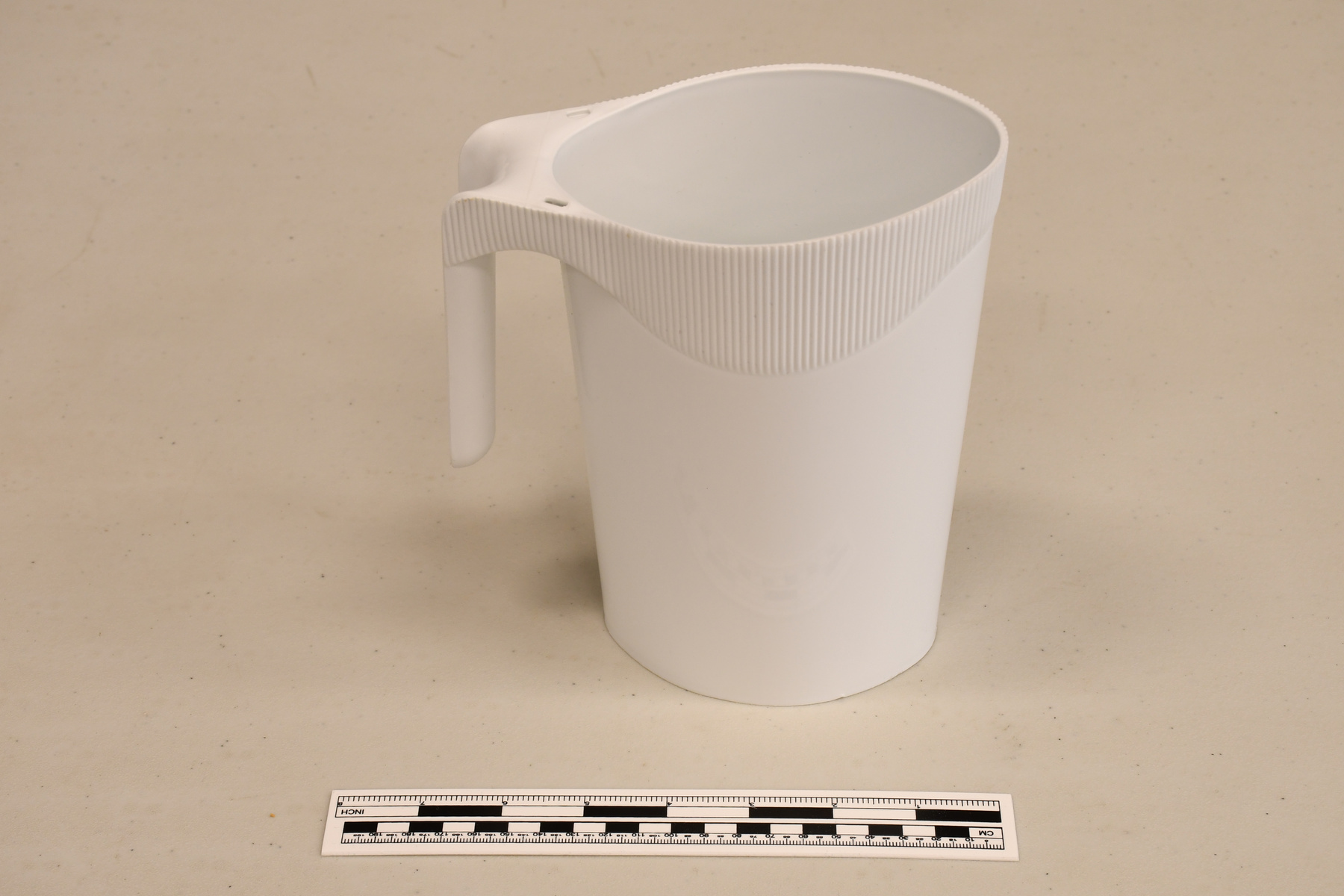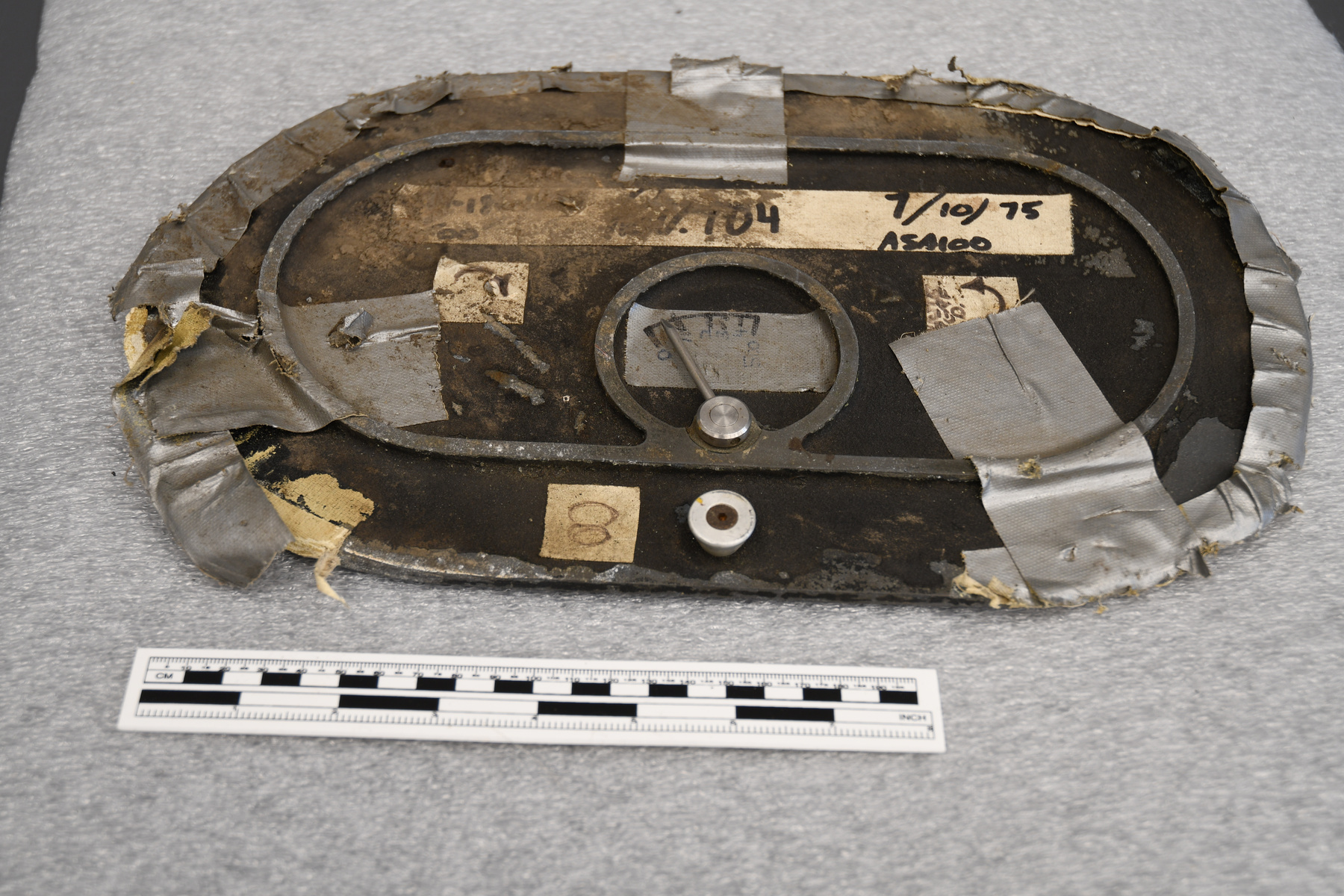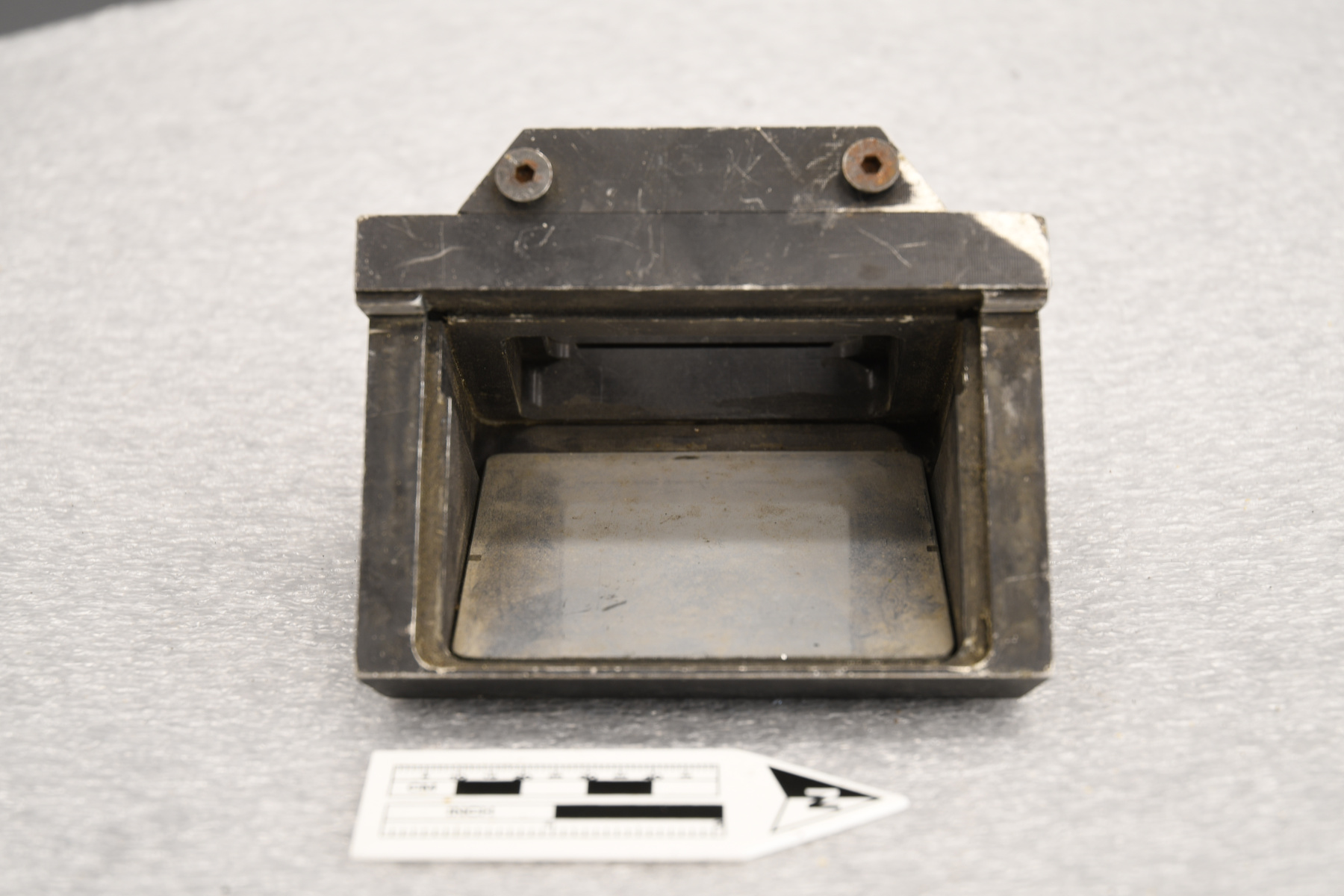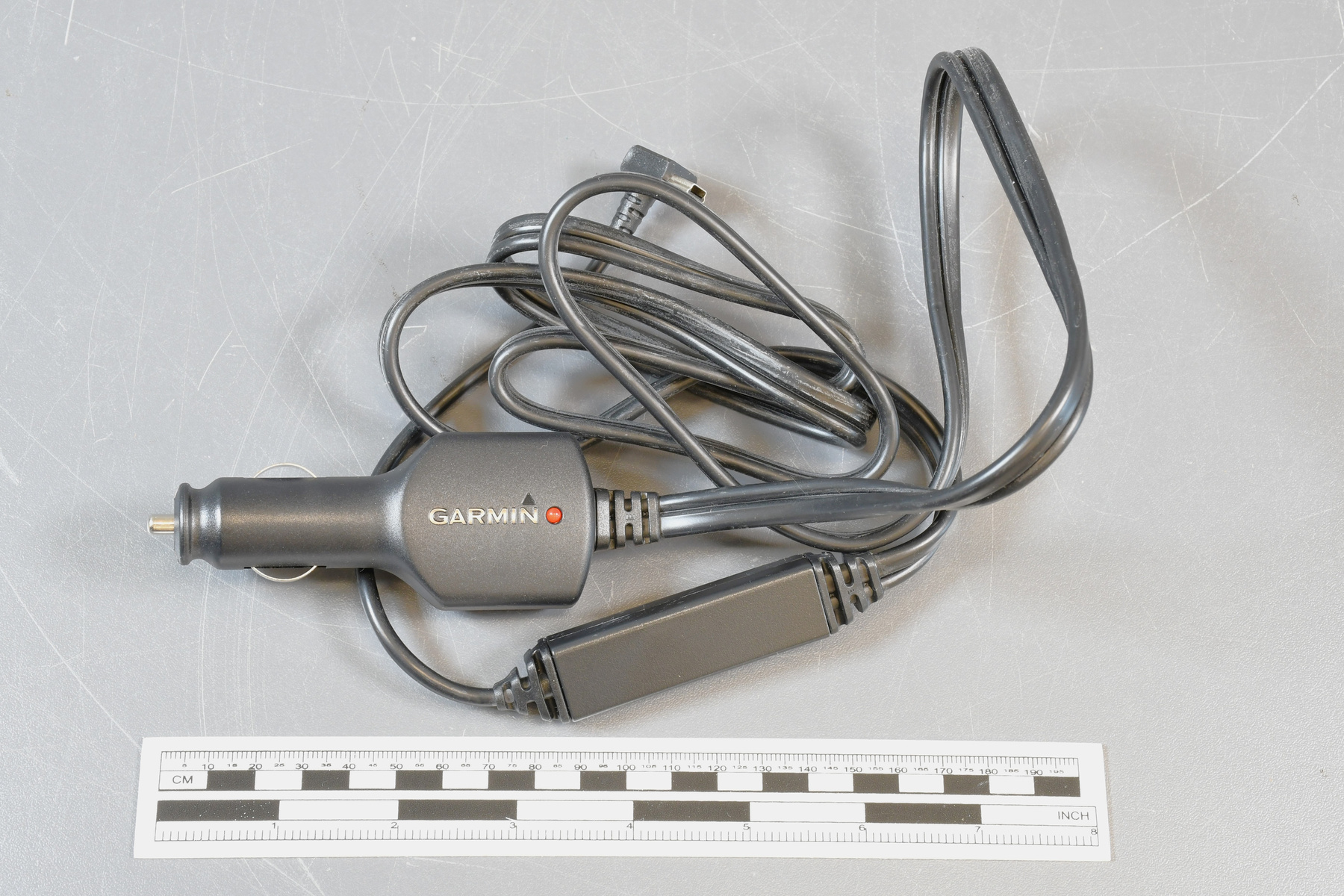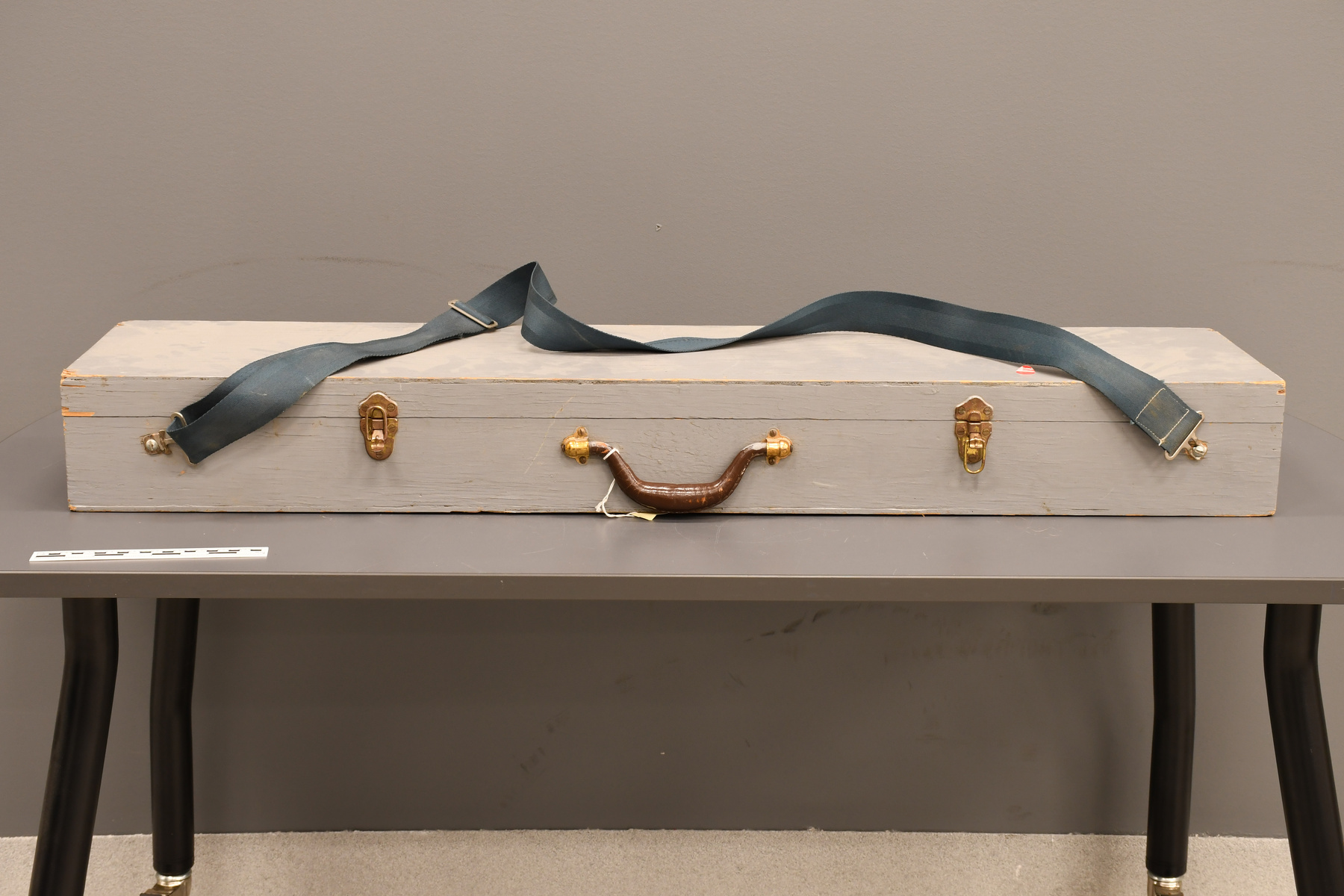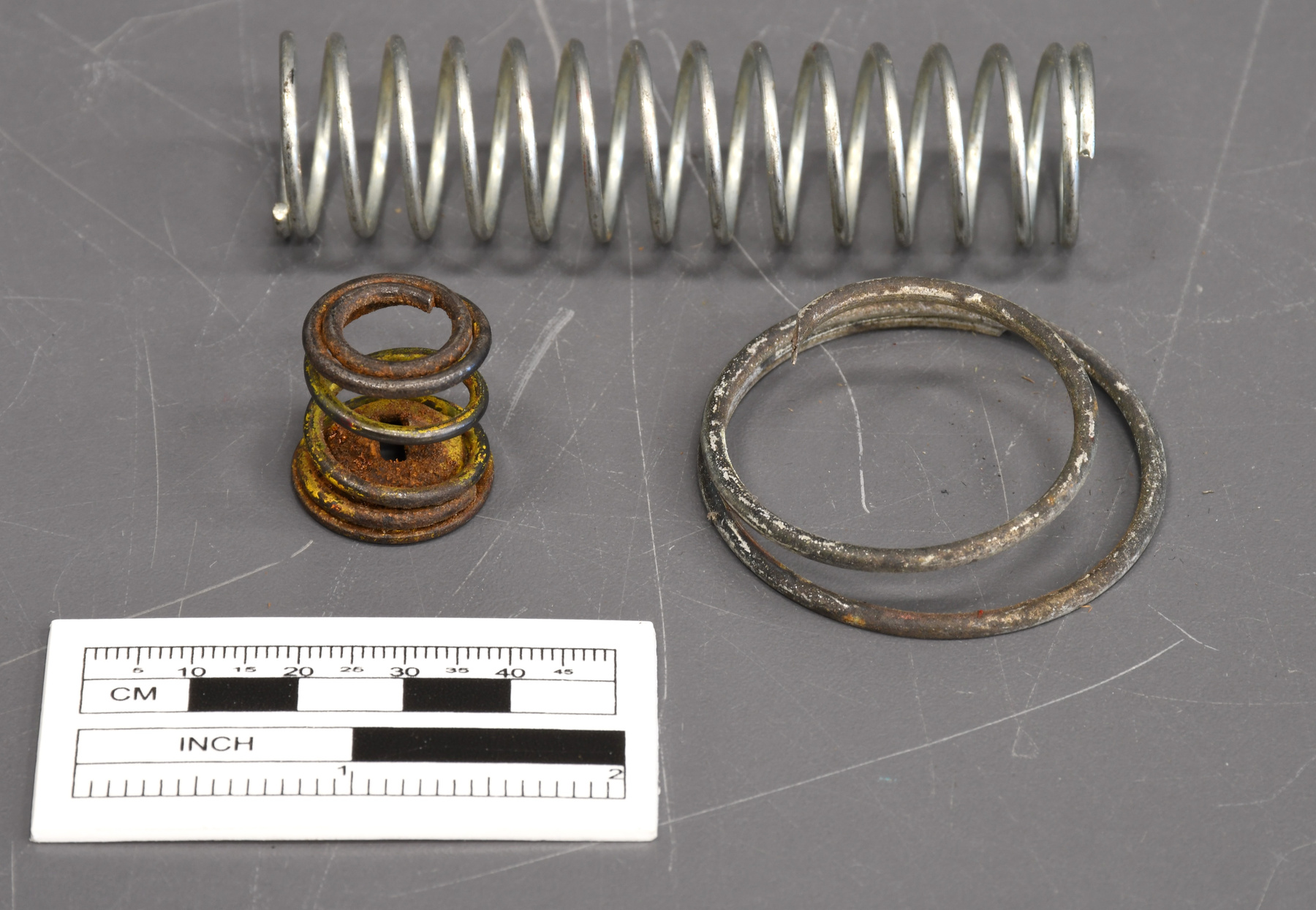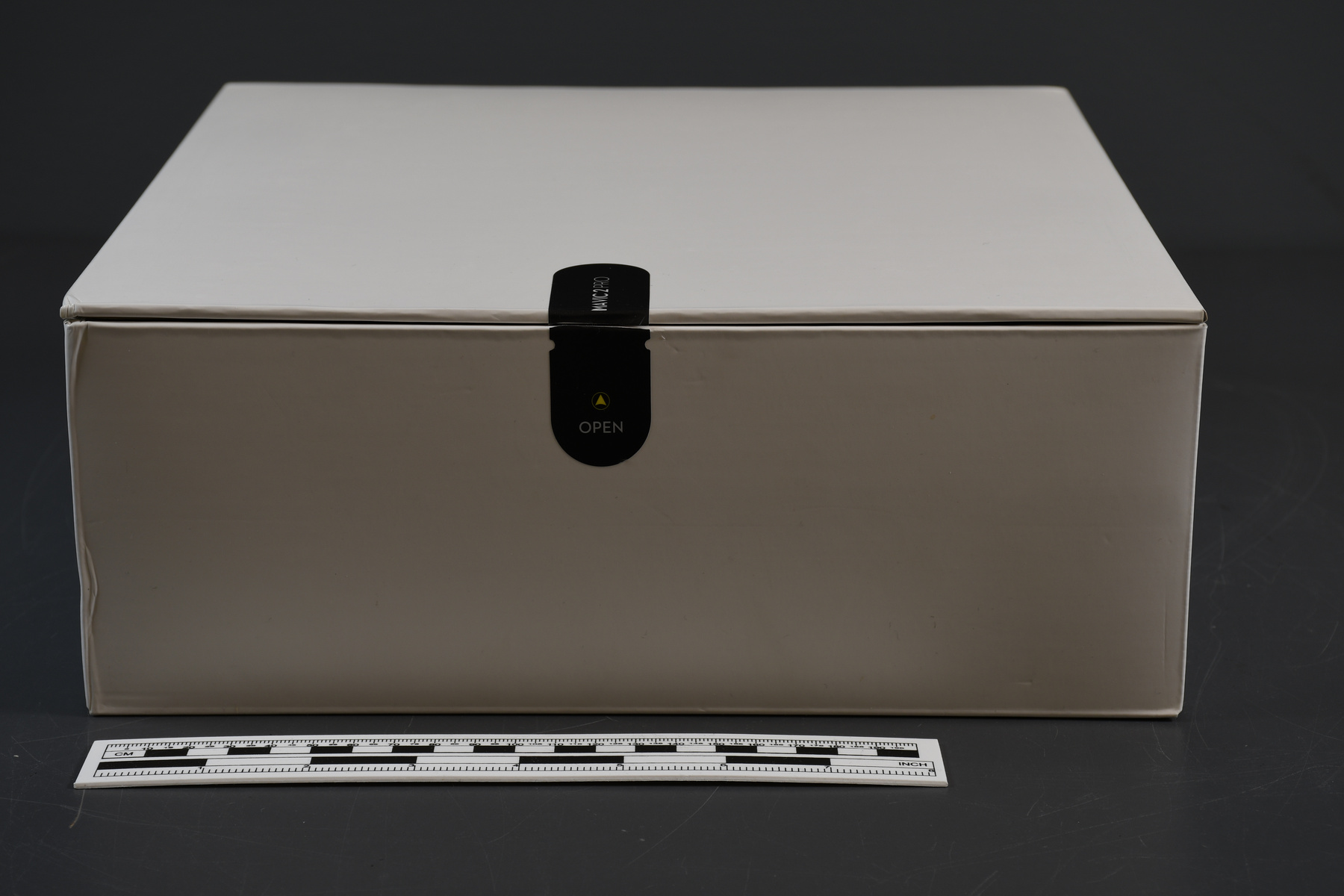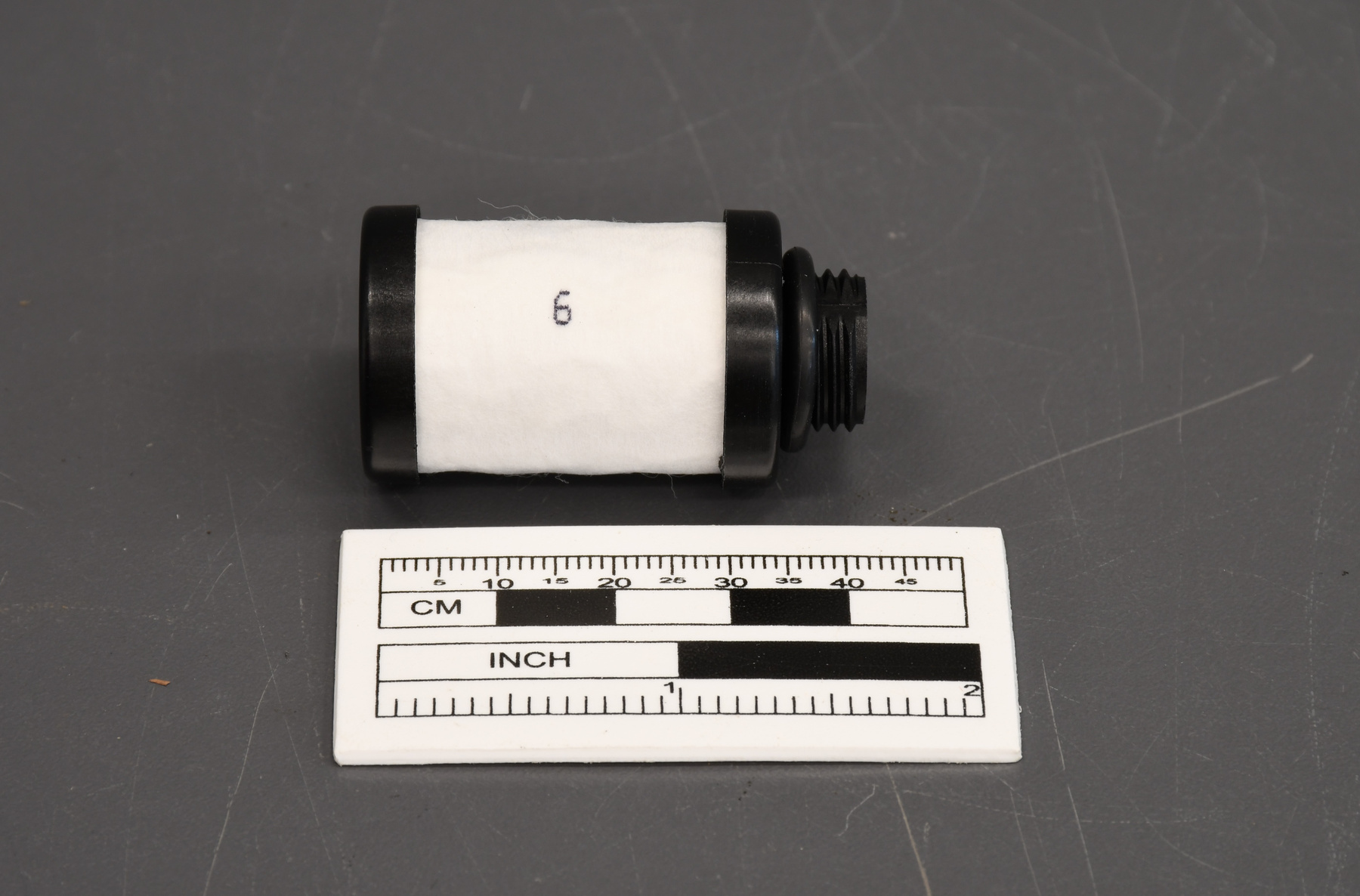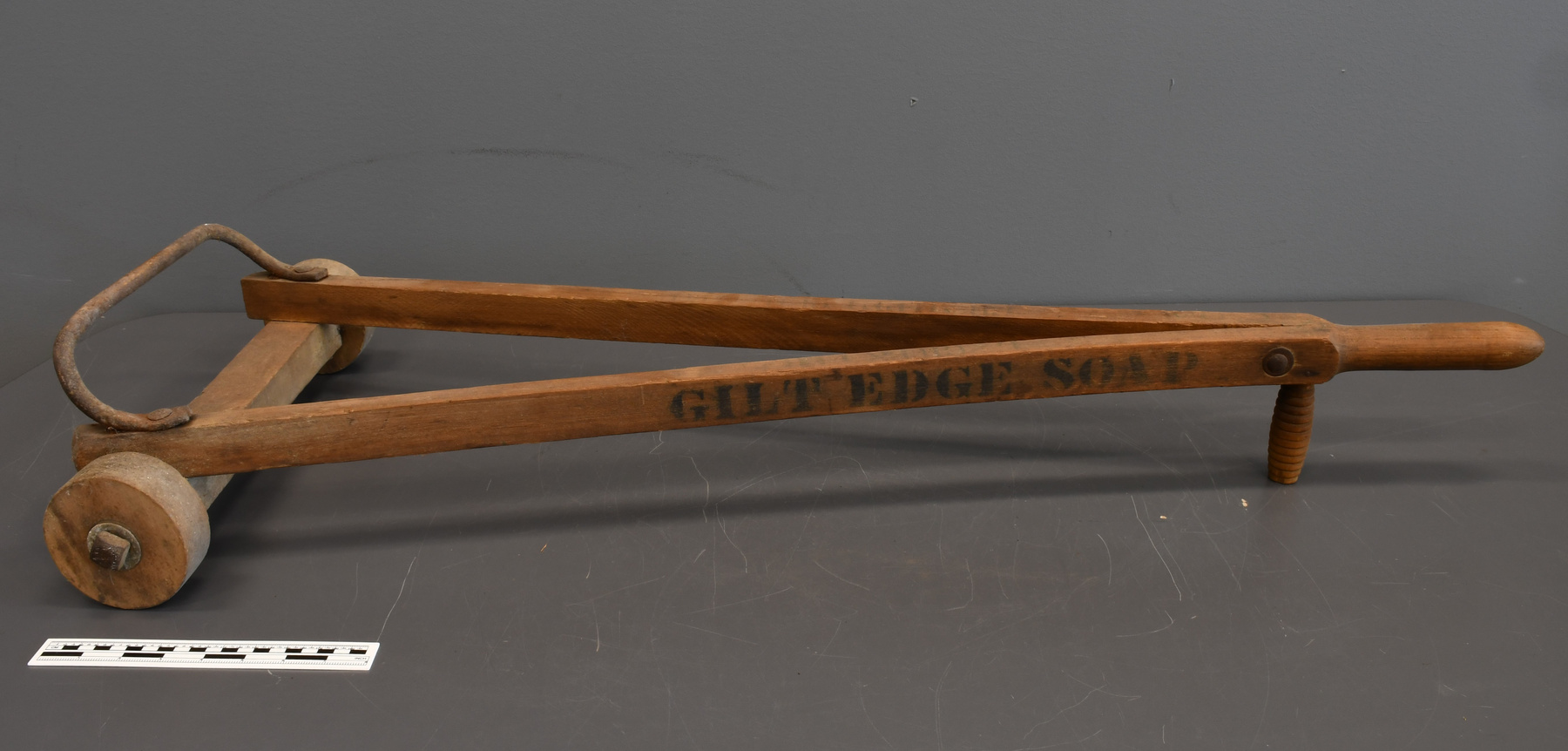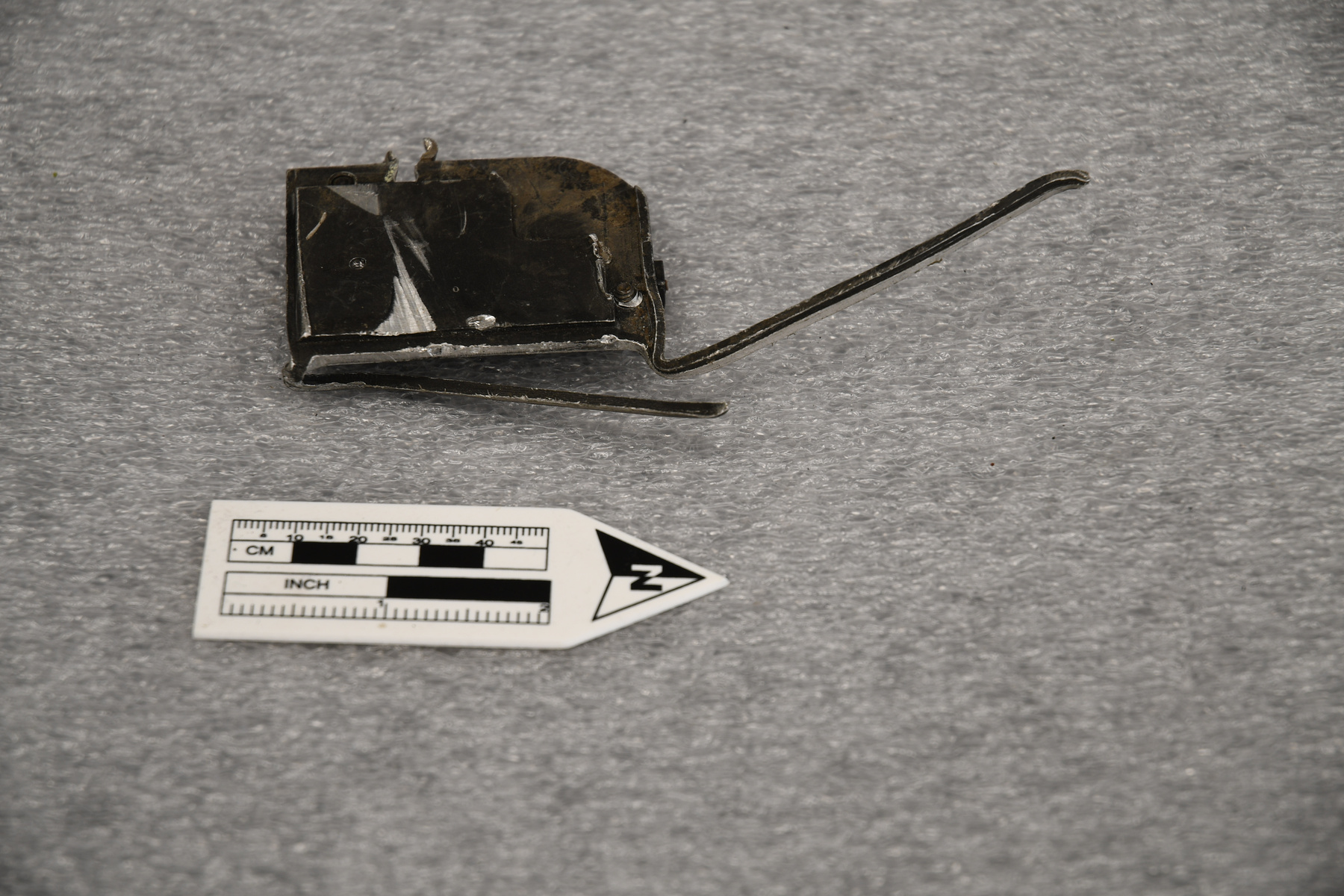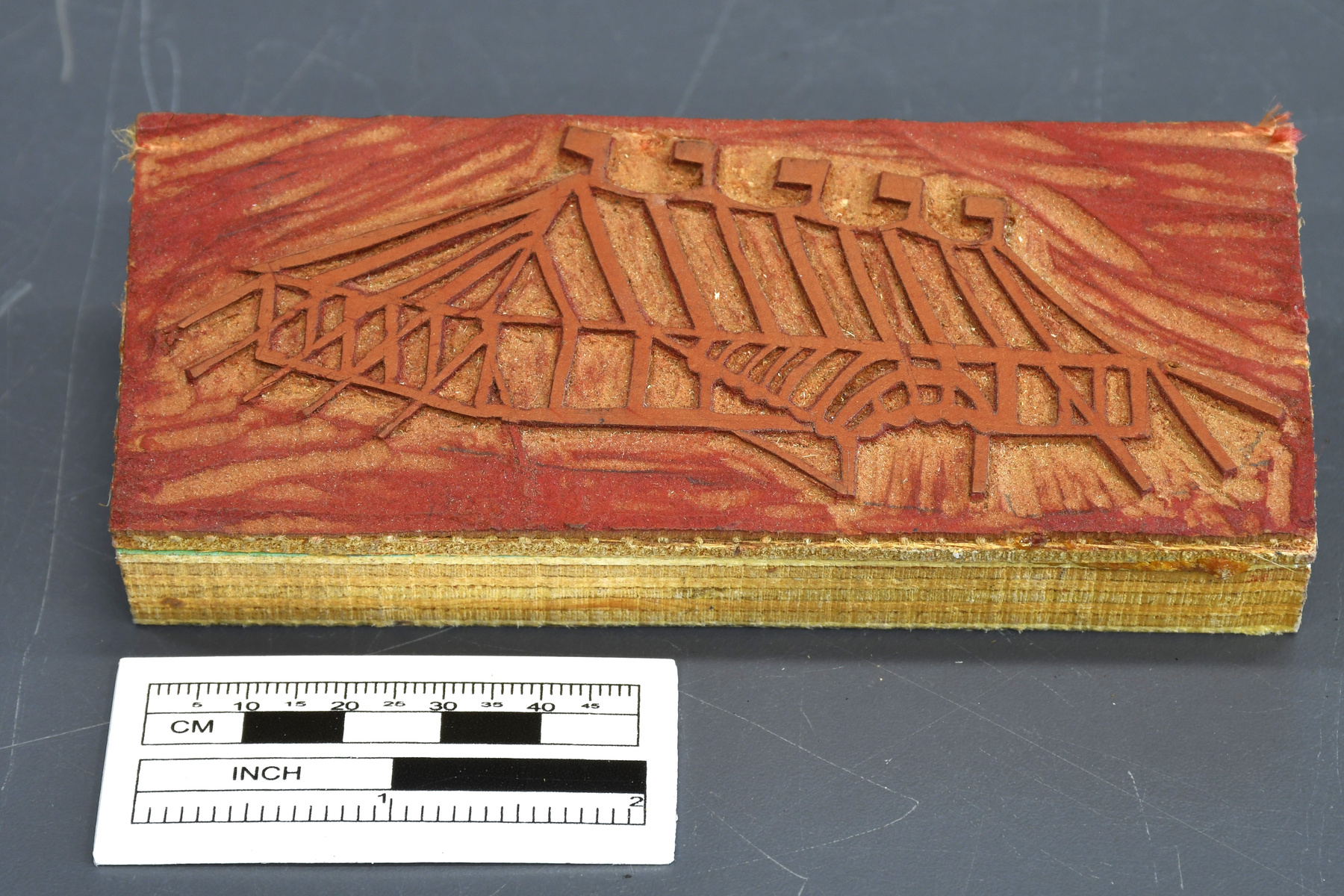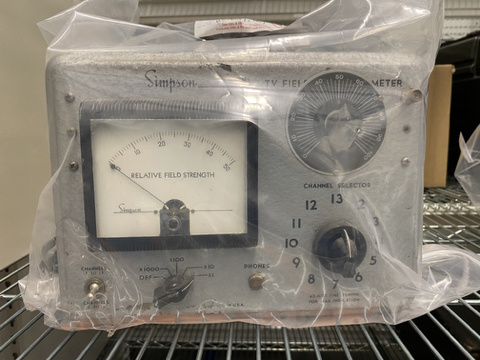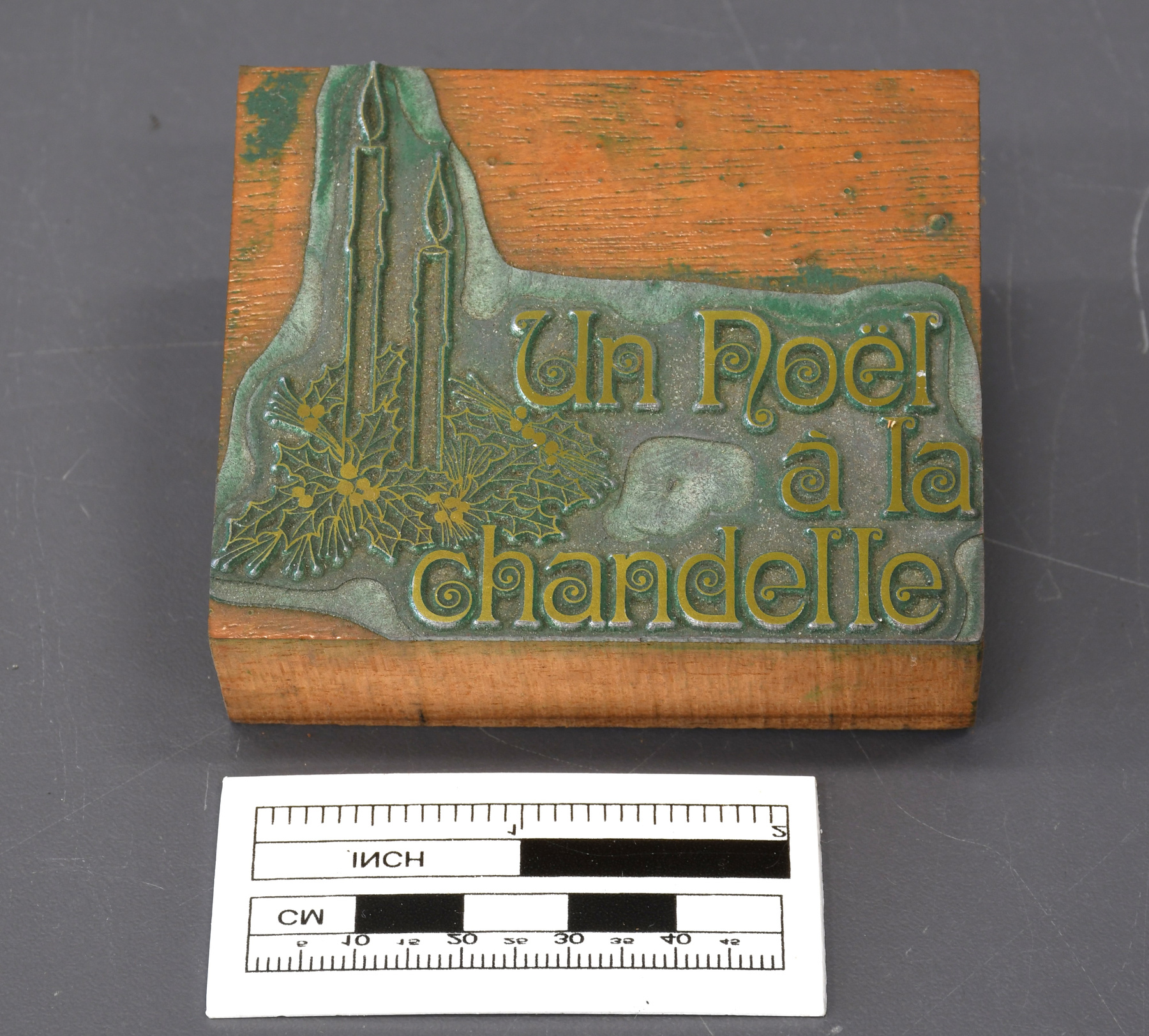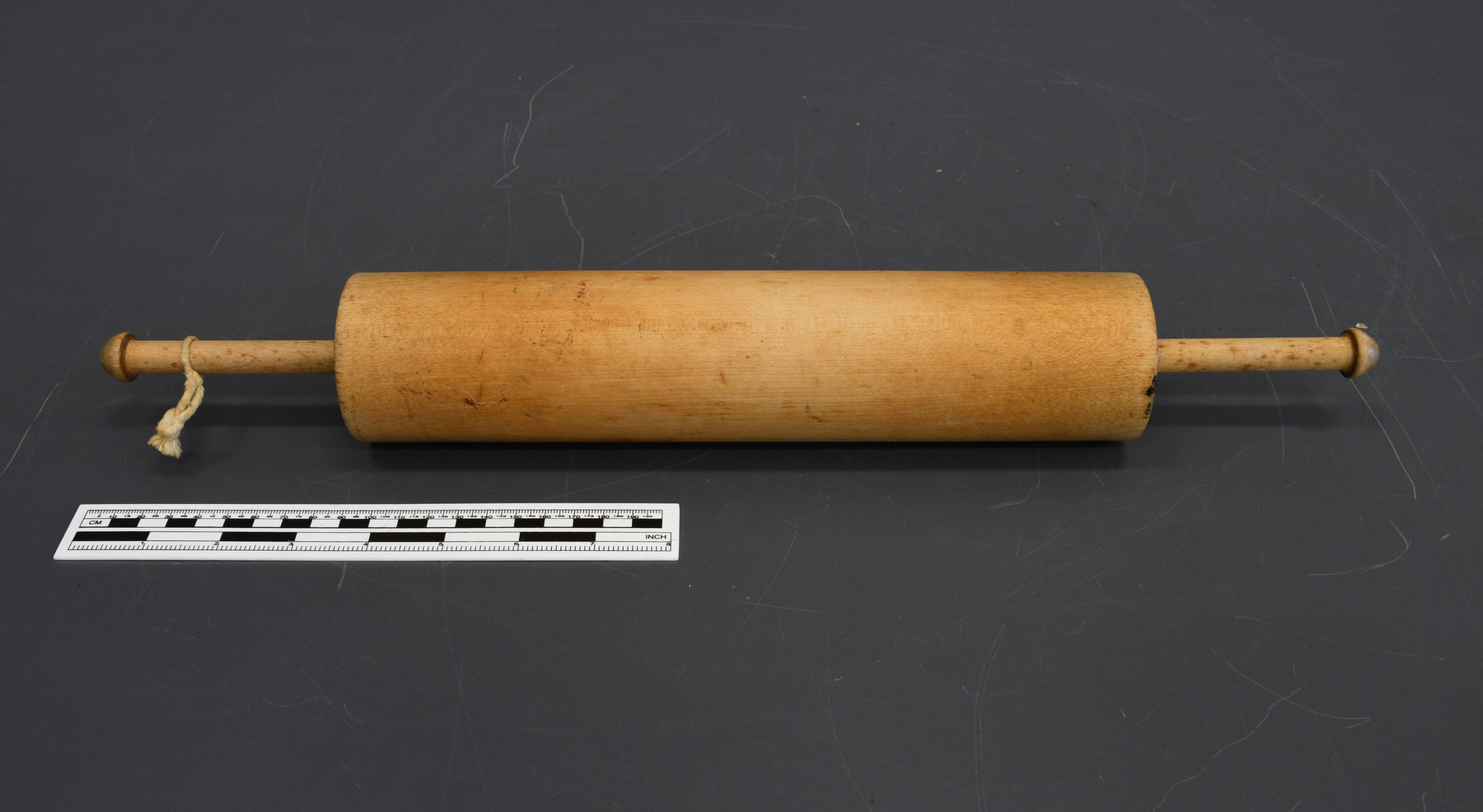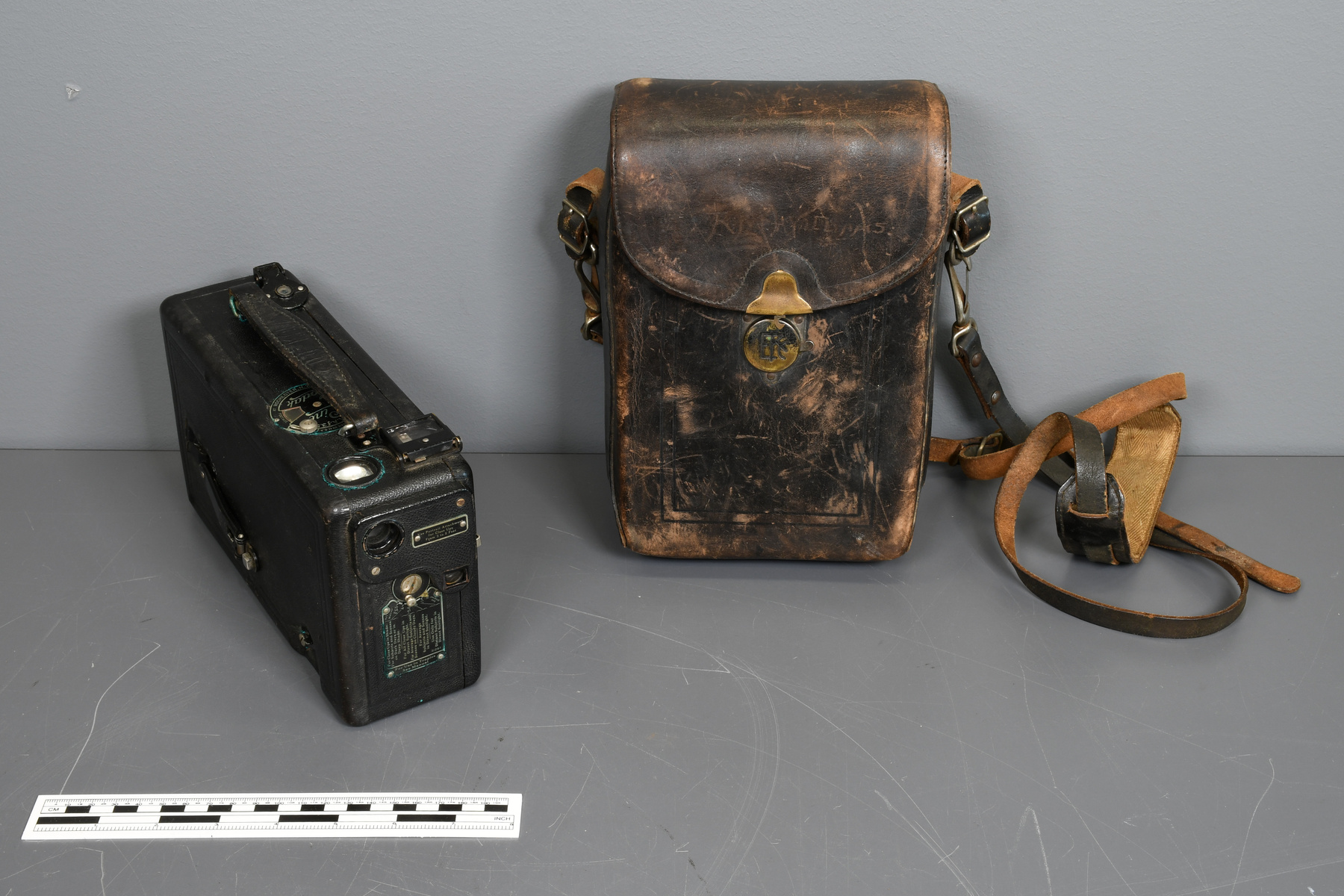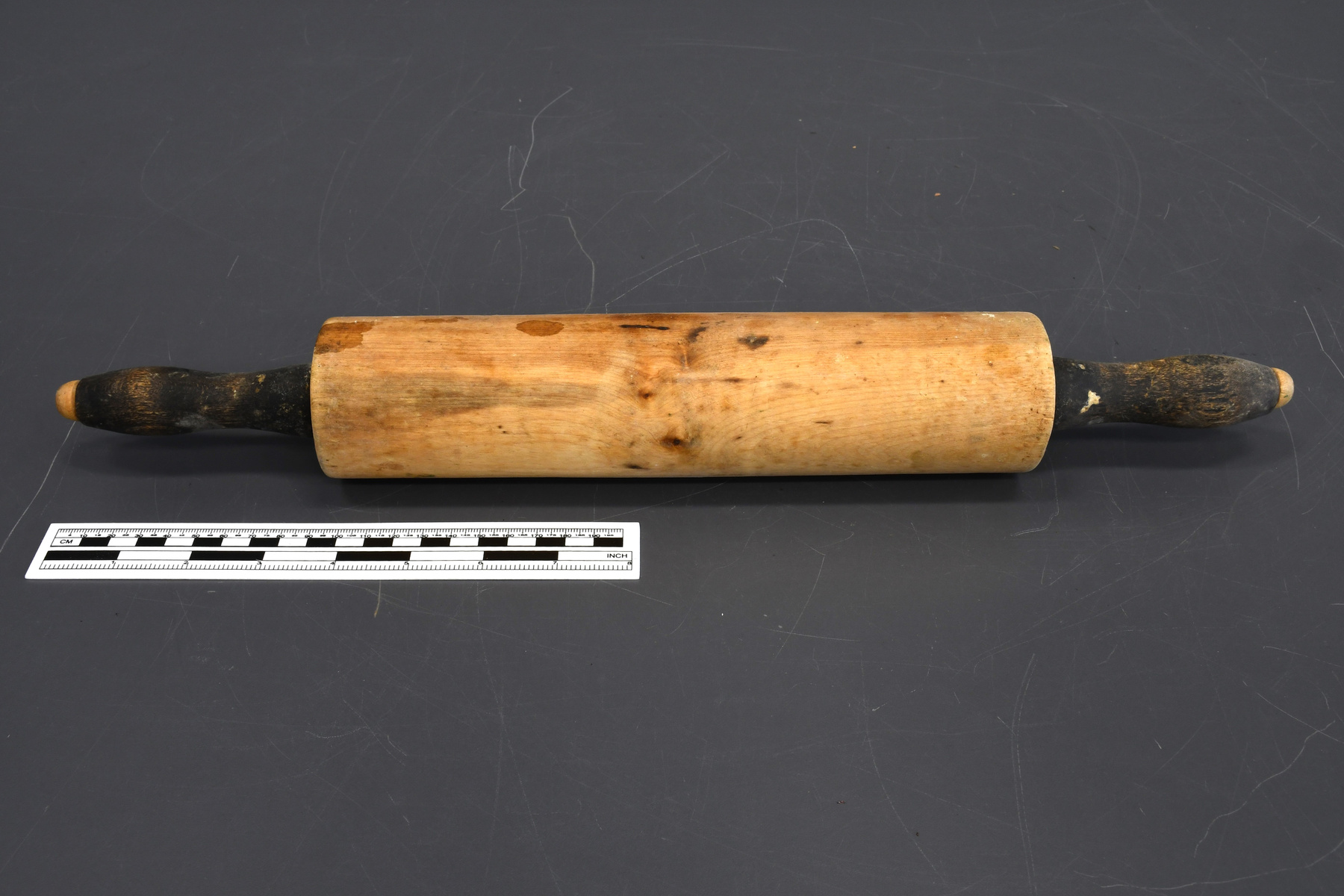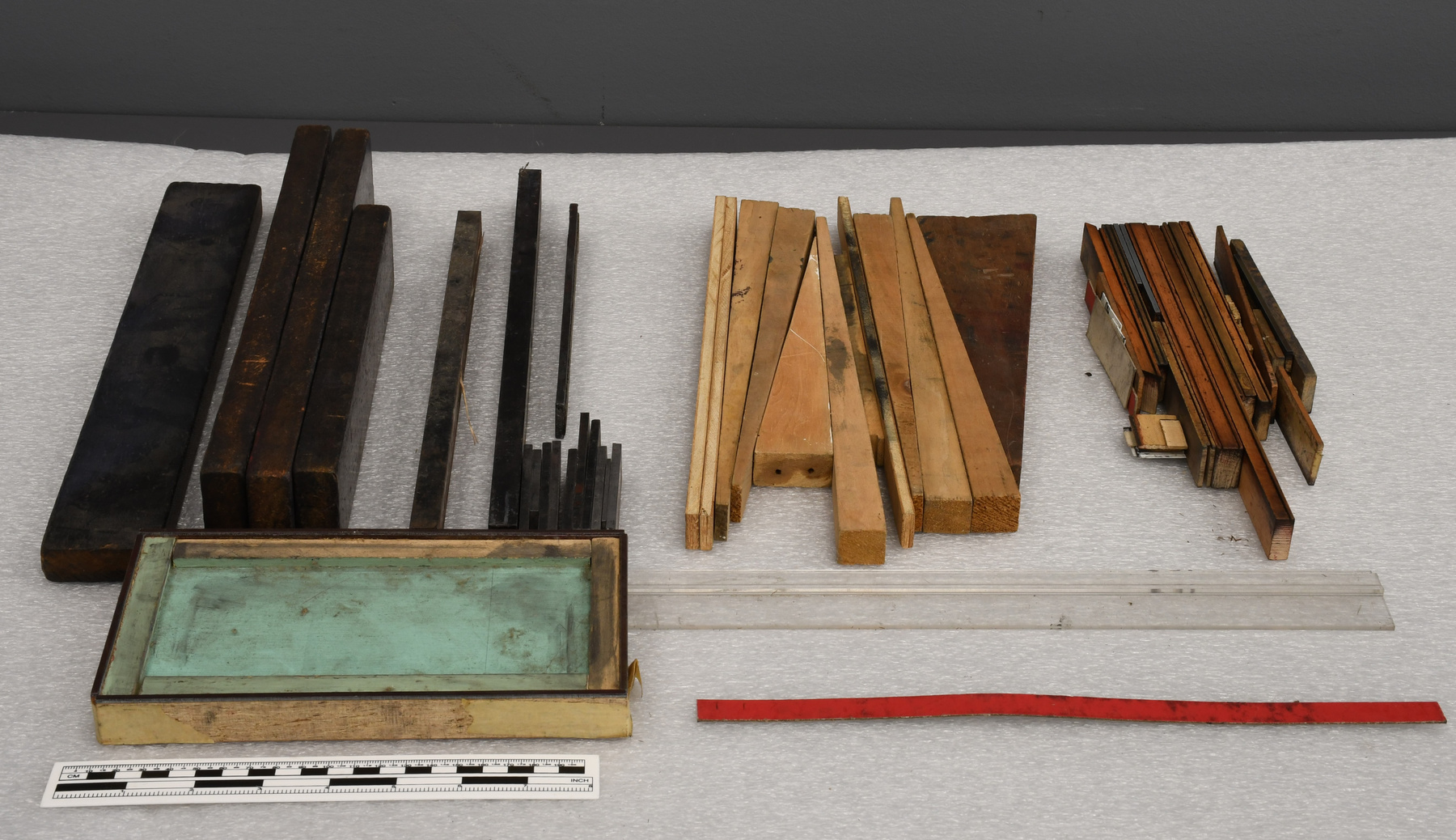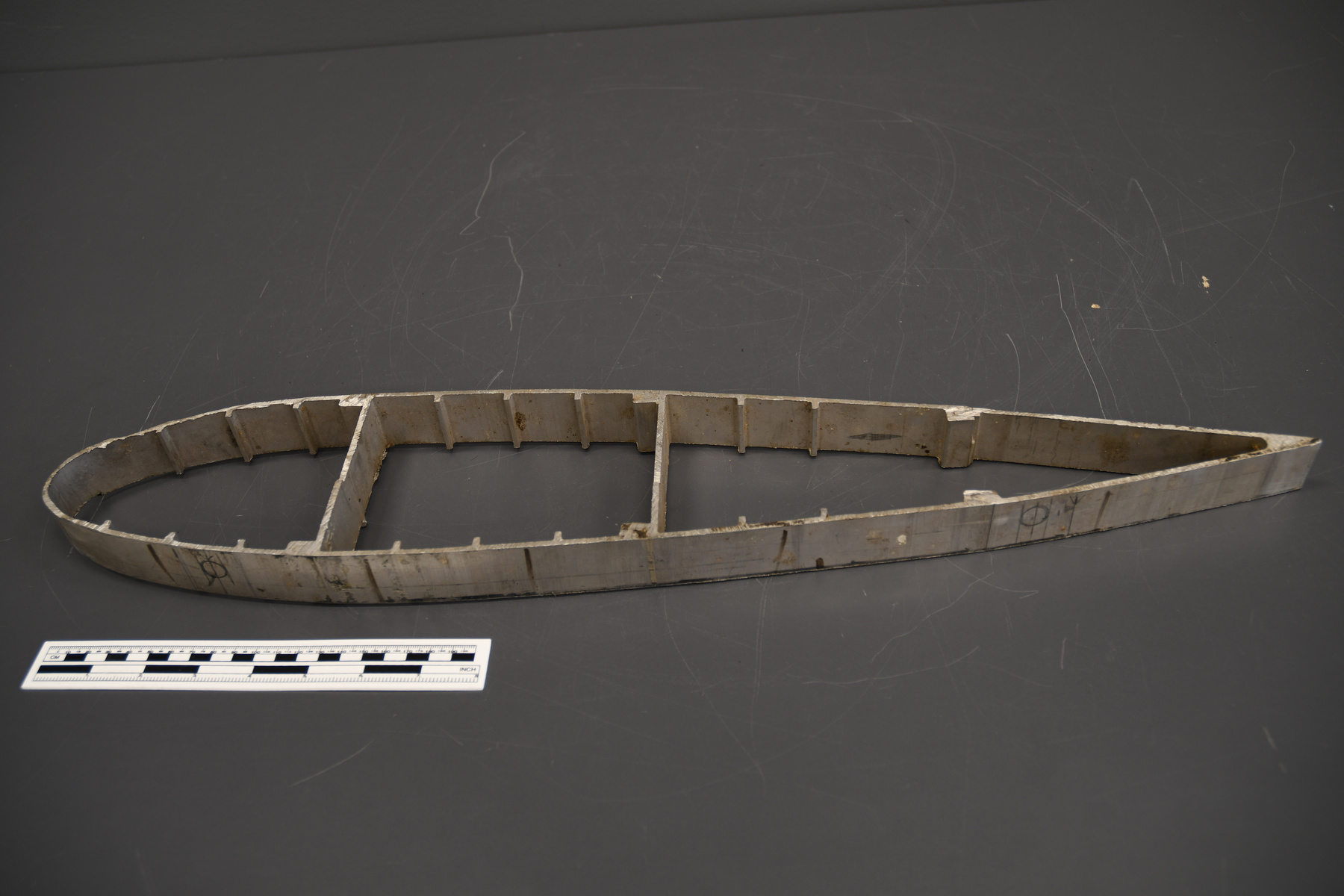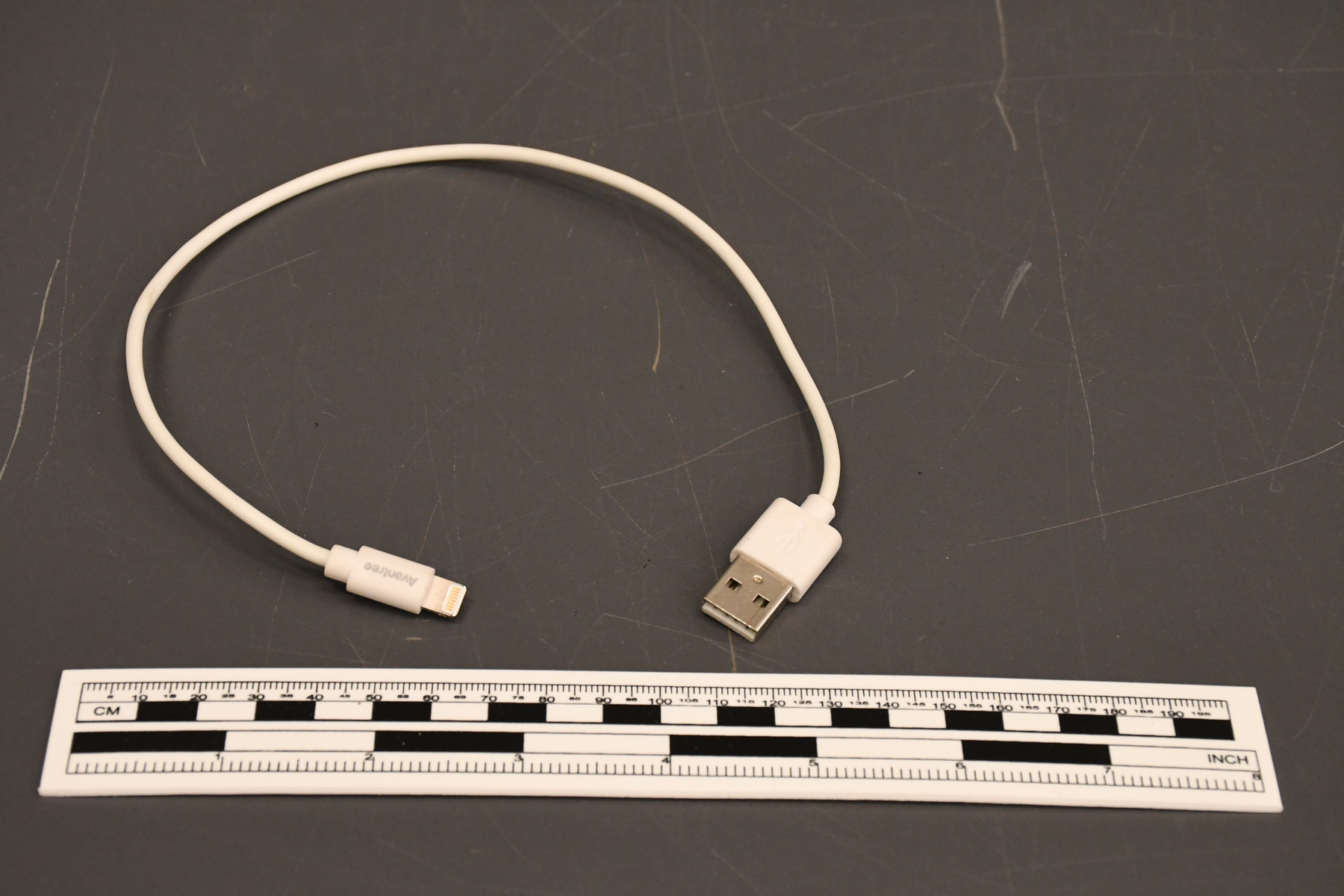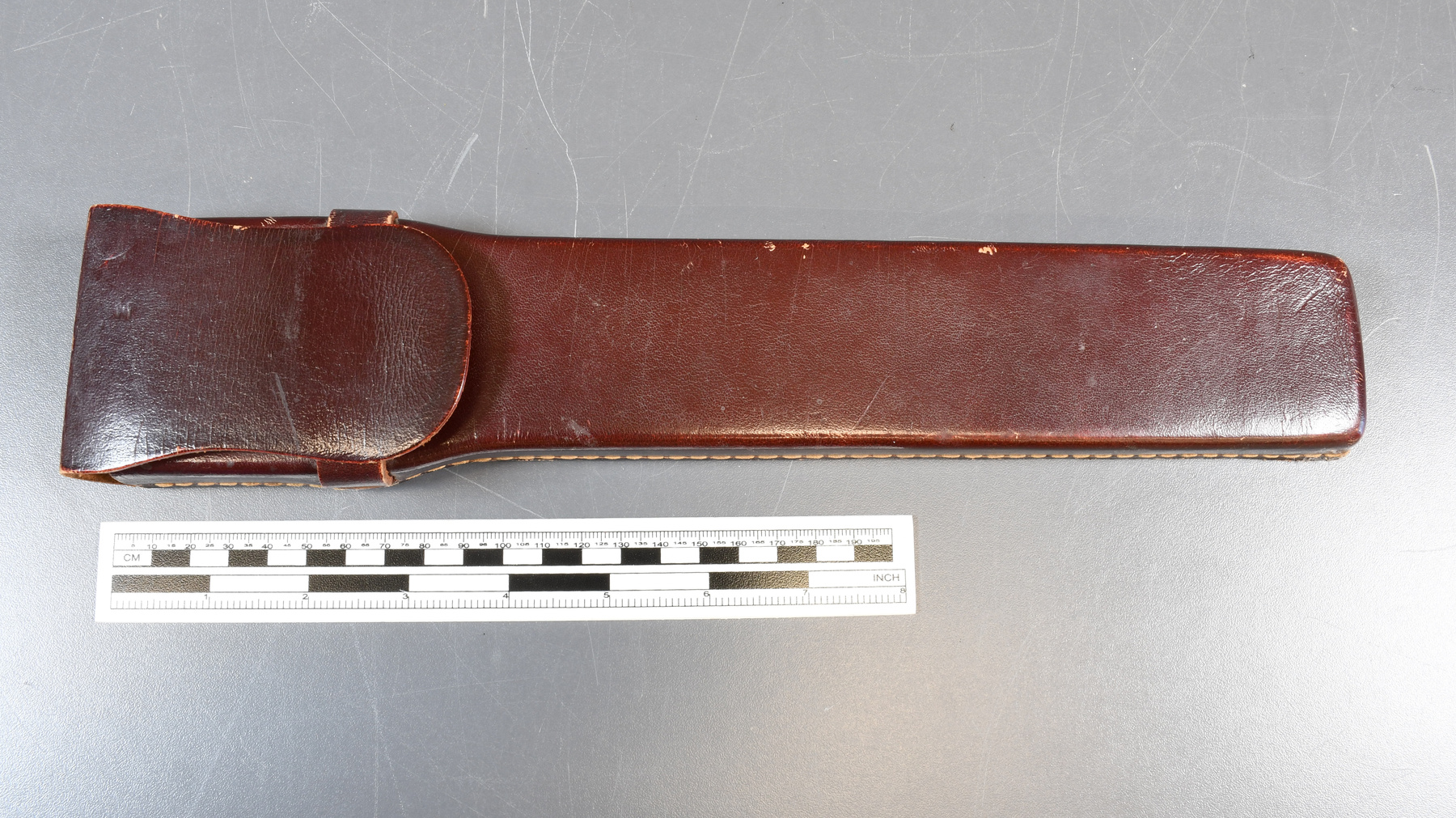Case, slide rule
Use this image
Can I reuse this image without permission? Yes
Object images on the Ingenium Collection’s portal have the following Creative Commons license:
Copyright Ingenium / CC BY-NC-ND (Attribution-NonCommercial 4.0 International (CC BY-NC 4.0)
ATTRIBUTE THIS IMAGE
Ingenium,
2010.1449.002
Permalink:
Ingenium is releasing this image under the Creative Commons licensing framework, and encourages downloading and reuse for non-commercial purposes. Please acknowledge Ingenium and cite the artifact number.
DOWNLOAD IMAGEPURCHASE THIS IMAGE
This image is free for non-commercial use.
For commercial use, please consult our Reproduction Fees and contact us to purchase the image.
- OBJECT TYPE
- N/A
- DATE
- 1969
- ARTIFACT NUMBER
- 2010.1449.002
- MANUFACTURER
- Unknown
- MODEL
- Unknown
- LOCATION
- Unknown
More Information
General Information
- Serial #
- N/A
- Part Number
- 2
- Total Parts
- 2
- AKA
- N/A
- Patents
- N/A
- General Description
- An object comprised of leather and synthetic elements/Un objet fait avec des éléments en cuir et synthétique.
Dimensions
Note: These reflect the general size for storage and are not necessarily representative of the object's true dimensions.
- Length
- 29.0 cm
- Width
- 8.0 cm
- Height
- 2.0 cm
- Thickness
- N/A
- Weight
- N/A
- Diameter
- N/A
- Volume
- N/A
Lexicon
- Group
- Exploration and Survey
- Category
- Measurement-distance
- Sub-Category
- N/A
Manufacturer
- AKA
- Unknown
- Country
- Unknown
- State/Province
- Unknown
- City
- Unknown
Context
- Country
- Canada
- State/Province
- British Columbia
- Period
- 1969-1986
- Canada
-
This geodimeter was acquired from a Canadian branch of the manufacturer known as AGAtronics. Surveying Canada’s extensive and rugged territory has demanded sophisticated science and played a crucial role in the assessment and exploitation of our natural resources. The donor and his family immigrated to Canada in 1952 and moved to British Columbia in 1964. He was commissioned a British Columbia Land Surveyor in 1969 and the artifact was used extensively by him in the province’s Cariboo area until 1978 when he acquired a newer model to replace it. Ce géodimètre était acquis d'une branche du manufacturier canadien soue le nom AGAtronics. L'arpentage du Canada demande l'utilisation d'une science précise pour l'exploitation de nos ressources naturelles. Le donateur et sa famille ont immigré au Canada en 1952 et ont déménagé en Colombie-Britannique en 1964. Il est devenu un arpenteur-géomètre breveté de la province en 1969. L'artefact était utilisé dans la région Cariboo jusqu'à 1978 quand le donateur la remplacer par un modèle plus récent. - Function
-
This artifact used held a rule that was with a geodimeter to help calculate distances during the surveying of natural resources. Cet objet était utilisé comme étui pour une règle qui était utilisé avec un géodimètre pour faciliter la tâche de calculer des distances pendant la recherche et l’arpentage des ressources naturelles. - Technical
-
Model 6B likely came out around 1969 and was the first one with an orange finish rather than the earlier gray. This artifact represents a shift away from earlier instruments characterized by their mass and heft towards later ones that were so light they inspired the concept of the “total station”: a group of instruments mounted on a single tripod capable of making all of the usual surveying measurements. It was part of the first wave of lighter instruments using transistors. It also made use of of tungsten/mercury vapour lamps but they too would soon be superseded by the introduction of the laser, and then both microwave and infrared technology. Le Modèle 6B a probablement été conçus autour de l'année 1969 et il était le premier à avoir une finition orange au lieu du gris typique. L'artefact représente un changement ou un éloignement des instruments plus vieux qui était caractérisé par leur masse et grandeur. Le Modèle 6B étais non seulement plus léger, mais aussi une station complète sur un trépied capable de faire tout le mesurage nécessaire pour l'arpentage. L'objet faisait partie de la première vague à utiliser des transistors et des lampes à vapeur de tungstène/mercure, mais ils ont été remplacés par le laser et après par des micro-ondes et la technologie de l'infrarouge. - Area Notes
-
Unknown
Details
- Markings
- On the inner flap/À l'intérieur de la sangle: P. GENTON
- Missing
- Appears complete/Lobjet a toute ces pièces.
- Finish
- A rectangular shaped artifact made of a burgundy coloured leather. It has a seam that runs along its side. A strap on the top of the artifact allows a flap to slide between it and close the artifact. A small rectangular synthetic window sits behind the strap. Un objet rectangulaire qui est fait avec un cuir de couleur bourgogne. Il a une couture extérieure qui voyage sur son côté. Une sangle fait avec le même matériel permet à un rabat de glisser entre la sangle et l'artefact pour le fermer. Une fenêtre synthétique en forme rectangulaire est visible en arrière de la sangle.
- Decoration
- N/A
CITE THIS OBJECT
If you choose to share our information about this collection object, please cite:
Unknown Manufacturer, Case, slide rule, circa 1969, Artifact no. 2010.1449, Ingenium – Canada’s Museums of Science and Innovation, http://collections.ingeniumcanada.org/en/item/2010.1449.002/
FEEDBACK
Submit a question or comment about this artifact.
More Like This
